|
Also available on PlayStation 4 and Windows Assassin's Creed Syndicate was Ubisoft's first foray into making a main series Assassin's Creed game on 8th gen hardware that isn't more broken than Hillary Clinton's presidential aspirations. It's still pretty Ubisoft (that's not meant as a compliment), but it doesn't have the catastrophic bugs that plagued Unity, and it's second most fun Assassin's Creed game to date after Black Flag. Assassin's Creed Syndicate takes place in London in the late 1860s during the reign of Queen Victoria. The Templar Grand Master in London has complete control of pretty much every aspect of British life and government, and despite repeated pleas from the Assassin watching over London, Henry Green, the Assassin council seems adamant that it's not yet time to strike the Templars there. So, being stubborn and impulsive young adults, twin protagonists Jacob and Evie Frye say to hell with the council and go to London on their own to start killing Templars and undoing their allegedly sinister machinations. Syndicate managed to hook me by giving me the one thing I crave most in games (other than waifus) - the ability to conquer territory from rival gangs/nations/factions and command squads of gang members/soldiers/lackeys to fight with me. I LOVE that, and when it said "Hey, conquer the various boroughs of London," I squeed audibly. You don't NEED to conquer London, but it makes things easier by having Templar goons replaced with your goons, and...I mean, who DOESN'T want to murder hundreds of bad guys and conquer a city in the process? It's also a great way to earn experience to unlock new skills as well as money and resources to upgrade your gang, craft equipment, or upgrade your equipment. The actual story in the game is decent. You're going after this Templar Grand Master, and to do that, you need to take out his underlings to weaken his hold on London and find out how to get close to him. You COULD just do these missions and skip the others, but you'd be missing some pretty awesome content. In one game, you can please your inner believer in science by helping Charles Darwin, your inner literature nerd by helping Charles Dickens, your inner healer by helping Florence Nightingale, and your inner communist by helping Karl Marx. It's...a beautiful cast of ancillary characters. There are a couple of other characters that I either don't remember or don't care about because who needs anything else when you can help Marx and Darwin? Assassins of the world, unite! You can also help Queen Victoria in the post game, but whatever, she's an imperialist and a capitalist, so who cares? Oh, and there's a hidden portal to World War I in case you want to go help Winston Churchill during his pre-Prime Minster days. Now that I've gotten my Marxist enthusiasm out of the way, I can talk about how the game stacks up against the train wreck of a game that was Unity. Syndicate is an improvement in literally every way, thank god. Well, almost every way. I though Unity's story had a lot more potential if the execution hadn't been so damn awful, but while being a less interesting concept in my opinion, Syndicate's execution was waaaaaay better from a narrative standpoint. The characters in Syndicate are MUCH more interesting, though. Jacob is a WAY wittier and more sarcastic protag, and Evie is both gorgeous and a perfect foil for Jacob's reckless impulsiveness and his habit of going straight to "kill everything" as the default solution for a problem. Syndicate also fixes almost all of my issues with Unity's game mechanics. The parkour and auto-jumping are INFINITELY more refined and appropriately responsive than in Unity, and the addition of the zipline in Syndicate makes three dimensional movement a lot easier and more fun. The jumping up and down still aren't perfect, but it's not even in the same league as the mess that Unity had. The combat is also a LOT more fluid than Unity's, and it's more satisfying as well. Visually, Syndicate is a big improvement over Unity. Textures are more detailed, character models look and move much more naturally, and - most importantly - the frame rate is a lot more stable. Again, the performance is still far from perfect, and there are still a lot of very minor Ubisoft bugs, but it's an indescribable improvement over Unity. Assassin's Creed Syndicate is the Assassin's Creed game that Xbox One and PlayStation 4 players wanted and deserved. If Unity was a slap to the face, then Syndicate was a hot stone massage with aromatherapy and a live violinist. Unity still had a lot of fun to be had if you could overlook the major bugs and glaring flaws (even after having had four years to patch and fix), but Syndicate is just plain fun on its own in spite of its bugs. Assassin's Creed Syndicate is a genuinely fantastic game, and I'd readily recommend it even to gamers completely unfamiliar with the series. My Rating - AAlso available on Xbox 360 I'm a sucker for B-movie style games. The "so bad it's good" kind of games. To a certain extent, that's what Eat Lead: The Return of Matt Hazard is. Unfortunately, I found the game to be more "bad" than "so bad it's good." The potential for a fantastically terrible game is, but they missed the execution, leaving off the "fantastically." Eat Lead is a cover based third person shooter, and unfortunately, that's where its problems start. I absolutely love third person shooters, but the gameplay here is extraordinarily dull and monotonous. Pretty much the entire game consists of "run into a room, take cover, kill everyone, walk through the newly opened door, repeat." That's it. The only variation is the boss battles which are usually just short quick time events. The only boss battle that felt at all interesting to me was the second to last boss that you had to trick into shooting itself. Even the final boss sucked - it was just three or four MASSIVE hordes of enemies with a control panel to activate between them. You don't actually get to fight the boss himself at all; it's just a cutscene. The game's story is....interesting. It's a giant parody of video games. You have "Nuke Winters" instead of Duke Nukem, the Master Chef instead of Master Chief, the Mace of Mourning instead of the Hammer of Dawn, etc. In that regard, it's actually pretty clever. Unfortunately the game stars a self-aware video game character whom a pissy corporate CEO is trying to kill off my spawning random swarms of enemies into his new game to force the character to die permanently. I'm all for suspending my disbelief with even some outlandish situations, but this one is just a stretch. Just delete the game files. Poof, character gone. Archive the character and stop making games with the IP. Sega is BRILLIANT at doing that. It basically feels like if Hyperdimension Neptunia were a shooter with all the waifus replaced by machismo guys and made by Americans who try waaaaay too hard to be funny. The music is good, and the voice acting is actually pretty good with a decent cast featuring a few fairly well known actors. Unfortunately the visuals don't match the audio. It looks like any random Wii shooter just upscaled to 720p. That's not a knock on the Wii, but given how much more powerful the PlayStation 3 was than the Wii, you'd expect more of a visual improvement than a 30% resolution boost. It looks fine, but it's not even close to living up to the PS3's graphical capabilities. Normally when a game looks far below what a system is capable of, it's because the developers wanted to go for solid performance. If that were the case here, the visuals would be totally understandable, but the game runs like crap, too. Sometimes it keeps a good 30 fps, but at seemingly random times with little happening on screen, it will start to just churn, dropping to around 10 fps. I get that frame rate drops aren't uncommon especially on consoles, but for a game to look "meh" and still have severe performance issues in even low stress situations, there's not much excuse. For fans of super cheesy B-movie games like me, Eat Lead: The Return of Matt Hazard had a lot of potential. It just LOOKS fantastically terrible, like a Steven Segal movie with more machine guns. Much to my dismay, it lives up to very little of that potential. The script is on point, but the execution overall is a mess. It looks bad, it plays bad, and the one thing that could have redeemed this into a fun experience - co-op play - is nowhere to be seen. So close, yet so far, Vicious Cycle Software. You know the phrase "Shoot for the moon; even if you miss, you'll land among the stars" you often seen on posters in schools? Well, they shot for the moon, but instead of landing among the stars, they're spinning out of control through the void of intergalactic space. My Rating - DAlso available on Windows Once upon a time, there a franchise that seemed to revel in screwing over American fans. Dozens of fantastic (and even more not-so-fantastic) games were released over in Japan, but somehow, few seemed to make their way to American shores. American fans had either to go without or to go through the obnoxious and often pricey process of importing these games, and naturally, almost none were in a language they could read. But wait, what's this? A localization appears on the horizon! Gundam fans, rejoice! After paying an arm and leg for Asian imports with English subtitles, Bandai Namco FINALLY saw fit to grace American shores with a localized Gundam Breaker game! Except unlike the MASTERFUL Gundam Breaker 3, New Gundam Breaker is a garbage excuse for a Gundam Breaker game that disappointed so badly that it physically hurts. The premise of the Gundam Breaker games is that you're building Gunpla - plastic Gundam models - and using some fancy hella VR machine to simulate digital battles with them. Unfortunately New Gundam Breaker falls short of the standard set by Gundam Breaker 3 in pretty every criterion except "number of regions available." Visually, they're about on par although I think Breaker 3 looked a little better, and the audio has a few tracks from a handful of different Gundam series, but the biggest thing to make note of is the gameplay. The interface for New Gundam Breaker is MUCH less intuitive than that of Gundam Breaker 3, and either I never figured it out or there aren't as many customization options for your Gunpla as far as little frills, decals, and absurd paint jobs go. There may well have those same options there, but the interface is so convoluted that I got frustrated and gave up. It's also SIGNIFICANTLY shorter than Gundam Breaker 3. There are four sort of "intro" missions that you do before the game breaks into four or five different "character" paths, each with a different waifu as the central character, and each path has eight missions. That makes a single playthrough 12 missions long which took me somewhere between four and five hours. I didn't lose a single mission, and there's no difficulty setting. Considering that I managed to beat it without having to retry anything, and I suck at games, there isn't much challenge here for Gundam veterans. Folks who know me will, by this point, be asking "How can you dislike the game so much? You said there are waifus!" Yes, there are waifus. Unfortunately, they're all meh-tier waifus. There's your token tsundere, your token childhood friend with a strong sense of justice, your token awkward and nerdy introvert, and a mystery character you have to unlock. Nothing outside of the literally-every-anime-game-has-them archetypes, and none of them have personalities at all interesting. Even in the context of visual novel-esque characters, they're like cardboard cutouts of anime girls. I'm basically a massive slut for anime waifus, and even I was like "Okay, these girls suck. I legit wish y'all had just omitted them entirely." In perhaps the most egregious crime against waifus, the game's dialogue is set up as if it had dating sim elements, but like 90% of the time, you only have one dialogue choice, making the entire format completely useless. While story isn't really the focus of Gundam Breaker - it's basically just a frame to have an excuse to make a game about building model robots and using them to blow up virtual giant robots - New Gundam Breaker's story still manages to disappoint. You're a transfer student at a private high school (because of course you are) that is built entirely around building and battling Gunpla, but the student council has turned tyrannical and is acting more like a mafia than a student government, so of course you form a resistance team to challenge the student council and various supporting minion clubs to Gunpla battles and restore freedom and happiness and generally positive emotions to the school. That's it. That's the whole story. At least Gundam Breaker 3 had an underdog story about trying to save a local shopping arcade from an American megacorporation that ended with the world almost being destroyed. I mean, it's no Pulitzer winner, but it was decent enough. New Gundam Breaker's story is just....cliche crap. New Gundam Breaker is bad. If you had never played a Gundam game before or seen anything about previous Gundam Breaker games, then you might get away with thinking it's okay, but I don't see how anyone can play this game and think "Wow, yeah, this is a great game." "This is okay" is about as generous as I can see anyone being. The mobile suit movement feels sluggish, the battle objectives are literally pointless, the interface is a mess, the story is crap, the characters are flat and boring, and the game is ridiculously short. There's just not much to love here, and the fact that it's selling for a full $60 is complete and total shenanigans. This game's worth $20 MAX. If you've never played a Gundam Breaker game before, do NOT let New Gundam Breaker be the basis of your opinion on it. It's like "New Math;" it sucks, no one likes it, and we all just need to go back to the "old" version and pretend this "new" one never existed. My Rating - DAlso available on PlayStation Vita, PlayStation 4, and Windows Assassin's Creed Chronicles: Russia ends the AC Chronicles trilogy, and it also marks the closest to present day that the Assassin's Creed has come (talking just the main game, not the stupid frame story crap) taking place during the Bolshevik Revolution in late 1918 in which Vladimir Lenin's Bolsheviks overthrew Russia's last emperor, Czar Nicholas II, exterminated the royal family, and established the Union of Soviet Socialist Republics. Russia is by far my favorite of the three Chronicles games with regards to narrative. You play as Nikolai Orelov, a Russian Assassin on his final mission to retrieve Ezio's Precursor box before he leaves the Brotherhood and takes his family away from the war-torn and collapsing Russian Empire. What sets Russia apart from China and India, however, is that there are two protagonists; in addition to Nikolai, you spend about half the game playing as Anastasia Romanov, the youngest daughter of Czar Nicholas II. While the real life Anastasia was killed by communist revolutionaries during the extermination of the Romanov family (despite persistent rumors to the contrary), this game has her rescued from her imprisonment Ipatiev House in Yekaterinburg by Nikolai and, through plot device wizardry, awaken to latent Assassin talents. From there, the two of them try to escape from Russia to live a more peaceful life in the United States. The two protagonist perspective gives the game's story a great spin, and questionable voice acting aside, both characters are fantastic. As was the case with India, the game plays mostly the same but with a couple of key differences. First and foremost, the throwing knife/circle blade has been replaced with an INFINITELY more badass rifle seeing as how rifles were pretty standard by 1918. In addition to that, the rope dart has been replaced with an electric winch. Not only does this serve the same purpose as the rope dart in getting you to climbable ceilings, but it also gives you the ability to overload electric control boxes and electrocute enemies standing in water. Because of that, Russia definitely deviates the most from the other two as far as puzzles go simply because of how different the Assassin gadgets are. The platforming and combat, however, works exactly the same. Except that you can just say "Screw it" and shoot people in the head. Speaking of shooting people in the head, there are a few actual sniping sections in the game that break up the gameplay a bit and add some fun variety to the experience. Unfortunately while Russia takes what made the previous games great and doubles down on it, it also takes what made the previous game disappointing and doubles down on that, as well. I didn't experience any bugs as major as clipping through the world like I did in India, but the more minor bugs - characters popping in and out of the world, clipping through objects, platforms' and objects' textures not rendering at all but still having collision physics - were pretty frequent. Truthfully, the performance issues are what keeps me from giving Russia a perfect score; I loved every single aspect of it otherwise, even the few BRUTALLY difficult sections that provide no margin for error and took me literally a few dozen tries to get past. Assassin's Creed Chronicles: Russia is definitely the buggiest of the trilogy, but it's also the game in the trilogy with the most fun gameplay, the most interesting characters, and the most compelling story. Add to that the fantastic setting - the Russian Civil War - and the stylish af art style that adopts a largely monochrome scheme with the exception of parts you can interact with (reminds me a lot of MadWorld on Wii), and this is my favorite of the three by a large margin. Its positives FAR outweigh its negatives, and while it's not perfect, it's definitely worth playing. Even if you don't play China or India, it's worth playing, but China's story is directly and frequently referenced in Russia. India, however, being the disappointing one of the three, is never mentioned much to my delight. AC Chronicles Russia isn't perfect, and it gets HARD in certain parts, but I absolutely loved it. My Rating - BAlso available on PlayStation Vita, PlayStation 4, and Windows Assassin's Creed Chronicles: India is the second part of the AC Chronicles trilogy taking place in the mid-19th Century, a little over 300 years following the events of AC Chronicles: China. Mechanically, it's pretty much identical (as one would probably expect), but there are some key differences with regards to how stealth and combat are carried out. The biggest difference is that instead of throwing knives, you've got one of the circle blade thingies like Xena had. It serves the same purpose as the throwing knives in China, but unlike those knives, this can ricochet, allowing for some added possibilities for puzzles and strategy. The only other really noteworthy difference - with regards to design, at least - is the increased difficulty; it's pretty apparent early on that, as the second game in the trilogy, Ubisoft expects that you've played through China first. The story is...kind of dumb, frankly. You're an Indian assassin obviously, and you're trying to prevent the Templars from using some magic diamond to activate Ezio's Precursor box from the previous game. Oh, and your girlfriend is apparently a princess. The entire first level is sneaking into the palace to have a spiritual study of the Kama Sutra. And you can't kill anyone. It all has to be done non-lethal. Not a great way to make a first impression. The characters, at least, are likable enough, and it's cool that the British East India Company was the front for the Templars in this game, so you'll be killing a lot of Redcoats. There's one more big difference, and this is one that I highly doubt Ubisoft intended; it's pretty buggy. There were a couple instances of guards spawning abruptly, disappearing, and - most hilariously/annoying - one instance where I clipped straight through the level and had to reload the previous checkpoint. Once or twice, okay, that's one thing. Games have bugs. But this was more of a "poor QA" situation. Granted, it wasn't NEARLY as bad as Unity, but it was still pretty bad. Assassin's Creed Chronicles: India kept the same gameplay from China for the most part, but unfortunately, it doesn't live up to the quality of its predecessor. It's still a really fun game for fans of 2.5D action platformers, but the story is less interesting, the protagonist a bit is less likable, and performance took a serious hit with some pretty noticeable bugs. If you played China and enjoyed it, then it's definitely worth playing, but India definitely felt like a bit of a step back. My Rating - CAlso available on PlayStation Vita, PlayStation 4, and Windows Assassin's Creed Chronicles is a trilogy of 2.5D action platformers set in the Assassin's Creed universe the first of which was China. These games have gotten a lot of criticism online, and most of the critical reception seems to have been lukewarm at best, but as one who not only often disagrees with critical opinions of games but who also loves modern 2D games, I was eager to give the trilogy a go for myself, and I am not finding myself disappointed. AC Chronicles China takes place in China in the year 1526 and centers around the assassin Shao Jun. Having completed her training with Ezio Auditore, Shao returns to China to avenge the Assassin Brotherhood of China that had been wiped out by the Templar group Eight Tigers. To accomplish this goal, she takes a Precursor box she was given by Ezio and allows herself to be captured by the Templar in order to infiltrate their base and begin her counterattack. After escaping from her cell, she must make her way through various levels, navigating platforming obstacles and either avoiding or killing Templar agents, as she hunts down the eight Templar knights of the Eight Tigers. In what was probably the polar opposite of Assassin's Creed Unity in my opinion, AC Chronicles China's weakest point is probably the story having been completely overshadowed by the incredible gameplay. The game's learning curve is almost perfect with the early levels being extremely easy to allow for learning the game's mechanics with the last levels being extremely difficult without careful strategy and precise execution. The game's graphics have a beautiful almost hand drawn aesthetic to them, and most of the story is told through still frames between levels that look as if they were painted in traditional Chinese style. The game's story may be just okay, and the game itself may be too short for some folks' taste, but it's not lacking in any way whatsoever as far as presentation goes. Even with breaking for lunch and a nap, I finished Assassin's Creed Chronicles China in around eight hours, so it's definitely doable for an afternoon. Given that it's only got a $10 price tag, however, that's seems pretty fair to me considering that folks pay more than that for a single admission to a movie that lasts less than two hours. I may be in the minority here with this opinion, but I absolutely loved AC Chronicles China and found it to be a much better game in terms of quality than either Rogue or Unity. If you play games, you probably have one of the platforms it's on, so I highly recommend you give it a download. My Rating - BAlso available on PlayStation 4 and Windows Imagine, if you will, that you're on vacation in France exploring the countryside by car. It's a beautiful day, and everywhere you look, flowers are in bloom. Now imagine that your companion and navigator on your drive is the paperclip from Microsoft Word. Now imagine that the engine overheats every 15 kilometers, forcing you to pull over and let it cool for ten minutes, and you have a tire blow every 50 kilometers. That's basically how it feels to play Assassin's Creed Unity. It's got the potential to be absolutely fantastic, but two key flaws make sure it will never even begin to approach that potential. Assassin's Creed Unity quickly became a bit of a meme online for the fact that its plethora of bugs and major technical issues made it nearly unplayable. Unfortunately even four years after launch, it's only reached the level of "technically playable." It took me two days to play through Unity, and in that time, the game completely crashed six times - two of which resulted in having to hard reset the Xbox - and I encountered a cornucopia of more minor bugs from floating characters to clipping through objects to characters getting caught on objects not to mention the serious frame rate issues. Yeah, it's playable, but it makes a Bethesda game on launch day look downright stable. Even after sizable patches were released in the time following its 2014 launch, it's a buggy mess. As was the case when I played Sonic Boom with its 1.2 GB patch (and that was a 1.2 GB patch on Wii U), I shudder to think what this game was like before any patching. The performance issues are bad enough, but that's only one of Unity's two major flaws. The other is an overzealous parkour system. Free running has always been one of my favorite things about Assassin's Creed. I love sprinting through the environment, climbing up and jumping off buildings, and jogging across ropes strung between structures. Unity does that a lot better than Rogue did, but not by much. What they did well with letting you climb pretty much anything is completely killed by the fact that the system seems intent on having your character do anything except what you want him to. Want to climb in a window? How about we have you just climb up above the window instead three times in a row? Want to shift your position in cover? Let's just stand up and wave at the guards who are trying to kill you. Want to perform a double assassination? Na, just kill one guy and shake hands with the other. Some of that stuff happens on occasion in every Assassin's Creed game from simple user error, but it's consistent here. You'll find yourself climbing everything under the sun regardless of whether or not you're even trying to, and actually killing who you intend with air assassinations is a crapshoot even with the game's red outline for your "targeted" foe. The combat system is another missed opportunity albeit far less egregious than the parkour and general performance. There seems to be a certain amount of chance involved in whether or not your character actually parries or evades when you press the button. Sometimes, it seems, he just feels like standing there and getting stabbed despite your desperate button presses. Given the the fluidity of parries and ripostes was always my favorite part of combat in Assassin's Creed, this was a major source of disappointment for me. As far as visuals go, the game looks nice. Too bad those good visuals are hampered by a sluggish frame rate and textures that take their sweet time rendering, sometimes waiting until halfway through a cut scene to stop being a blurry mess. At least the voice acting is good. The story is pretty interesting, too. Good luck not being too disappointed to really appreciate either of those, though. Assassin's Creed Unity is...okay. It's a really good game buried beneath layers and layers of caked on technical flaws and questionable design choices. Unfortunately that's caked on THICK. It's not nearly as broken as Sonic Boom, but it's not far off. The narrative and characters are a big redeeming factor for Unity, and my score would be lower if it weren't for that. If you're a fan of the Assassin's Creed series, then yeah, give it a play. If you're either a casual Assassin's Creed player or relatively unfamiliar with the series, however, skip Unity. Its problems are great enough that I can really only recommend this one to serious fans of the series. My Rating - CAlso available on Switch, PlayStation 4, Xbox 360, Xbox One, and Windows I first dove into the Assassin's Creed series about three years ago. Over the course of a little less than two weeks, I played through AC1, AC2, Brotherhood, Revelations, AC3, and AC4. Needless to say, I was a bit burnt out after that. It took three years, but I finally got the urge to play Assassin's Creed again, and since I'm weird about insisting on playing series in order even if it's not really necessary, I popped Rogue into my PS3 and gave it a go. There are some heavy references to Assassin's Creed III given that Rogue takes place just before the American Revolution, but they aren't important to understanding this game's story. It's more stuff that you'd notice if you played III and would give some context but that in no way would hinder a newcomer's enjoyment of Rogue. The story follows Shay Cormac, an Assassin who questions the ethics of the Assassins' methods and defects eventually becoming inducted as Templar. It's a refreshing look at the other side of things for the series and seeing things from the Templar perspective for a change. As for the present day frame of the game...ignore it. Desmond from the first few games was annoying, but the nameless protagonist and his interactions with Abstergo are just downright stupid in Rogue. Rogue actually looks really impressive for a PS3 game. Character models are surprisingly detailed, the environments are gorgeous and look relatively lived-in, and the ocean - because Rogue incorporated IV's naval combat - looks fantastic. Unfortunately, Rogue ends up feeling pretty much like "Black Flag but not as good." The naval combat is awesome in Rogue, but Black Flag did it better. The story is great in Rogue, but it was better in Black Flag. The ground combat is fun and satisfying, but it's about the same as Black Flag. Overall, everything Rogue did, Black Flag had already done better. Couple this with the truly horrible voice acting for a few characters and the mediocre voice acting for the other characters, and it quickly becomes apparent why this game was widely considered to be the low point for the Assassin's Creed series upon its release. Assassin's Creed Rogue is definitely the black sheep of the 7th generation Assassin's Creed games with regards to quality, but it's much better than I expected and absolutely still a good game. The story itself is really interesting even if the characters are rather dull and the present day bits downright pointless. The game plays well, looks great, and has enough optional side quests to give players plenty to do if the roughly 10 hour story missions leave you wanting more. It may not hold up against its five predecessors, but Rogue is still a good game and absolutely worth playing for fans of the series. My Rating - CAlso available on PlayStation 3, Xbox 360, Xbox One, and Windows Admitting that you're wrong is hard. Despite that, here I am, about to admit that I was wrong about something. DmC is not a bad game. I've spent years blasting it for making Dante look like an emo bitch - which I still maintain - but the game itself is actually pretty good. It's not great, mind you, and it doesn't hold a candle to the first three Devil May Cry games overall, I gotta give credit where credit is due; Capcom did an okay job with this one and definitely a better job than I had been giving them credit for. The most important thing to keep in mind about DmC is that it's an alternate universe Devil May Cry; it doesn't tie into the established series in any way except title and character names. The fact that Capcom recently announced Devil May Cry 5 at E3 rather than calling it Devil May Cry 6 sort of reinforces that. Different Dante, different timeline, different tone and style. Dante in this game is a much rougher, more vulgar sort of guy who reminds me a bit of a more serious version of Bender from Futurama. He's crude and a man whore who starts the game totally apathetic to matters that don't concern him directly, but there's a lot of character development for him in this game. His character develops so much, in fact, that he's almost unrecognizable from the Dante at the start of the game. Also his physical design sucks a fat one. Thankfully you have the option of using a model based on the original Devil May Cry's Dante which I used, so aside from a few cut scenes that bizarrely (and jarringly) use the default model no matter what, I didn't have to look at this stupid emo face and his stupid emo haircut. Aside from Dante's stupid face and stupid haircut, I actually don't mind the characters. Kat and Vergil look fine, and I can dig their personalities (including Dante's) although Vergil got a bit irritating at times. The game's story is fairly straightforward - encounter evil demon boss, remember forgotten childhood, complete short string of events intended to create opening to attack evil demon boss, kill evil demon boss. Pretty standard. There are, of course, some more nuances than that, but that's really the basic of it while avoiding spoilers. Oh, but one hilarious part I can't not mention - they definitely have a news channel in the game based on Fox News, and their Bill O'Reilly lookalike is DEFINITELY a soul devouring demon. That's probably my favorite part of the game to be honest. While keeping in mind that this is really just an upscaled PS3 game, it looks nice. The fast pace of the combat definitely benefits from the bump to 60 fps that it got when ported to PS4 and Xbox One, and the character models all look good even if they show their 7th gen roots. I didn't encounter any slowdown during my playthrough nor did I find any bugs or crashes, something that's not always a given in games these days. The highlight of the game is definitely the soundtrack. Although it can be a bit hard to appreciate fully with the sounds of gore and carnage, there's a fantastic metal soundtrack that plays when you're fighting. I'm generally a sucker for good metal, but it really fits a game like this where you're killing hordes of demons. DmC Devil May Cry is definitely the outlier in the Devil May Cry series both in quality and in style, but it's honestly not as bad as I used to think. Yes, whoever was in charge of Dante's character design should be flogged and ridiculed, and yes, the combat gets a bit samey after a while, but I really did a good bit of fun with this game. It's not terribly long - I clocked in around eight hours - but it's got enough meat there to sink your teeth into. It's pretty cheap these days especially if you go for PS3 or 360, and while it's not going to amaze you, it's definitely a fun game. My Rating - CAlso available on PlayStation 3, Xbox 360, Xbox One, and Windows Vergil's Downfall is the story DLC for DmC Devil May Cry, and it takes place immediately following the events of the main game. I'm reviewing it separately from the main game because it's set up as a completely separate experience accessible from the main menu rather than in-game. It's standalone in all except actually being able to run independent of having the base game installed. Anyway, this will be brief to avoid spoiling the base game, but you play as Vergil as he comes to grips with the way events unfolded at the end of DmC as well as getting a bit of a peek into his thought process. Unfortunately given that this is a wholly story driven DLC, the story is...kind of crap. It feels hastily thrown together and is told largely through comic-style frames between levels, a format completely different from the base game. The story is also just kind of hard to follow. It makes sense if you pay attention to the very beginning and the very end, but it feels really separated and haphazard during. Fortunately it's not very long - only a few hours - but you're really not missing anything here. Even if you have the definitive edition that includes this DLC, I'd suggest just skipping it unless you're going for full achievements. My Rating - DAlso available on 3DS, PlayStation 4, PlayStation Vita, Xbox One, and Windows Bloodstained: Curse of the Moon is a Castlevania game in all but the name, and DAMN, does it capture the awesomeness of old school Castlevania well. A lot of the talent behind the early Castlevania games is present here, so it's not surprise that it emulates the feel of those early 8-bit games so well. I got a download code for this from one of my Racketboy friends, so super kudos to him. I figured the game would be fun, but I didn't expect it to be THIS fun. If you've played any of the NES Castlevania games, then you know how the basic mechanics here work. You go through side scrolling levels with some platforming bits and both ascending and descending stairs to get to an endboss. You've got a special weapon that has limited uses, and you can swap that out for new special weapons that you find in the field. Just like old Castlevania, right? The first major difference is that you have multiple characters between whom you can switch on the fly during gameplay, and each character handles a little different. One is better at platforming, one has a better distance attack, one can fly, one has better magic, etc. The other big difference between Bloodstained and Castlevania is that this is a much more accessible game. You can play "Veteran" with limited lives and knockback, but there's also a casual mode that gives you infinite lives and doesn't knock your character back when you take damage. Being a punk ass bitch who sucks at video games, I naturally played on casual. I do plan to go back through on veteran now that I have an idea of how each character played and truly "complete" the game, but even the forgiving casual mode is a ton of fun. Normally I'm pretty critical of pixel art style games these days. It just feels like such a cheap done-to-death way of making games. I never once found myself irritated with it here, though. This game is so GOOD that it never bothered me. Not only does the amazingly fun gameplay keep my mind off of the fact that its pixel art, but it actually works here in a way that most games can't claim; it's an intentional call back to the Castlevania games of the late 80s that this mimics. In addition to that, the art is extremely well done. It looks absolutely beautiful, and the character sprites are fantastic. The music, too, is every bit as amazing as the visuals and will put any retro gamer in nostalgic bliss. Bloodstained: Curse of the Moon is an absolutely fantastic resurrection of the 8-bit era Castlevania style and a definitely must-play for fans of the three NES Castlevanias. At only $10, it's not a bad price at all given how high the quality of the game is. One of the big goals is obviously to get people interested in the main Bloodstained game, Ritual of the Night, and in that endeavor, it has DEFINITELY worked on me; that game rocketed up my list of upcoming releases to keep an eye on. With its difficulty setting, it's got the approachability that less skilled players like me (that's the nice of way saying "people who suck at games") like to see as well as the challenge that genre veterans will crave. The only real complaint I have with the game is that it's a bit short in my opinion, and some of the bosses are pretty easy to cheese your way through. Otherwise, though, this is one of the best eShop games I've played yet on Switch. My Rating - AAlso available on Wii, 3DS, Switch, and PlayStation 4 Art of Balance initially released as a WiiWare game and, after receiving a lot of praise from players and critics alike, was ported to 3DS, Wii U, and PS4. I got it on Wii U when it was offered as a reward for gold coins on My Nintendo a while back, but it wasn't until I was getting ready to move last month and had most of my games and consoles packed up that I decided to play it. I didn't need the TV to play it, so it seemed like the perfect game. Art of Balance is the epitome of a casual "just chill, man" type of puzzle game. You have a set of blocks, and you have to stack them in such a way that they stay stacked without falling over for thee seconds. That's it. That's the entire game. It does throw you some curve balls along the way - there are blocks that shatter if three blocks are stacked on them, blocks that shatter a few seconds after a block is placed on them, and blocks that shatter if the same kind of block touched it, for example - but the base objective remains the same. The early levels start off REALLY easy. The first half of the game, really, is nice and relaxing; it's the second half that gets to be pretty challenging, and the last quarter or so can be downright frustrating. It never stops being fun, though, and it's a fantastic game for flexing your spacial reasoning skills. Because it auto-saves after each level, it's perfect to pick up and play if you've only got ten minutes here and there, too. The backgrounds are super zen and tranquil, too, really emphasizing the relaxing nature of the game. All of the block-stacking is done on some kind of platform in a pool of water; if your blocks touch the water, you have to start over. The splash when they hit the water is almost satisfying in a way, though, so not until the later levels when it gets hard does that splash ever get annoying or taunting in any way. Art of Balance is pretty much the best game if you're looking for a chill way to unwind and exercise your brain a little bit. It definitely gets tough towards the end, but it's never insurmountable if you have some patience, and it's a fantastic game for short bursts. It's $9 on the Wii U eShop (although it and the Wii Shop Channel is gone, so that part's a moot point), and with eight worlds each consisting of probably 10 or 15 levels, there's definitely $9 worth of content in the game. I definitely recommend this one. My Rating - APersona Q: Shadow of the Labyrinth is basically the result of Atlus execs getting together and saying "How can make a game that embodies fan service for our IPs?" The answer, of course, is to put Persona 3 characters and Persona 4 characters into one game that uses the Etrian Odyssey style of dungeon crawling with a few cameos and references to other Atlus IPs like Catherine thrown in for good measure. Somehow, through what I can describe only as Atlus wizardry, they manage all of that without having the game feel like a haphazard cash grab (looking at you, Project X Zone). The base story of Persona Q is that the characters of Persona 3 and Persona 4 both find themselves inexplicably pulled into this mysterious world to which a small bubble of the Velvet Room connects. You pick either the P3 protag or the P4 protag to be your "main" character when you start the game, but the choice is almost completely meaningless; the only thing it affects is what party you get for the very first little tutorial dungeon. After that, aside from a couple unimportant lines of dialogue here and there, it really doesn't make any difference. The story is the same, the dungeons are the same, the enemies are the same. Once you get past that tutorial, you can mix and match P3 and P4 characters in your party however you want. Let's start with what I loved about the game. It has the Persona 3 characters AND the Persona 4 characters. That alone was enough to sell me on the game. As for what I didn't like so much, the dungeon crawling is a big one. It's less that I hated the dungeon crawling and more that the dungeons were too long and, as a result, started feeling monotonous and boring about halfway through each one. I've never played an Etrian Odyssey game, but if they're all like this, I think it's a series I'll continue to avoid. The other issue is a common problem with Persona and, more generally, Shin Megami Tensei games - game fatigue. It's just too long for what it offers. The dungeons get so long and complex that, while fun if viewed in isolation, they just start feeling like padding to lengthen the game. It took me just under 70 hours to finish Persona Q, and while that did include some side stuff, I feel like 40 hours would have been a good length for this game. It just wore out its welcome, so to speak, and I found myself finishing the game not because I was still enjoying it but because I had already invested 50+ hours and wanted to call it done. Problems with pacing aside, anyone who's had any experience with the Shin Megami Tensei series - ESPECIALLY the Persona sub-series - should know that a killer soundtrack is basically a pre-requisite, and Persona Q is no exception. I personally don't think it quite matches the greatness that was Persona 4's OST, but Persona Q is an absolute auditory delight. The visuals are also quite nice and are stylized to make best use of the 3DS hardware. If Atlus went for the normal relatively proportioned art style in most Persona games, it would have highlighted the relative deficit in hardware power that the 3DS has, but by going for a more chibi style, the characters all had a cute, artistic look while avoiding the perception that they were trying to hide the system's graphical limitations not unlike the use of cel shaded visuals on the Wii. It works brilliantly and really showcases the artistic talent at work in Atlus. Persona Q: Shadow of the Labyrinth is not only the first Persona game to be developed specifically for Nintendo hardware but its also a P3/P4 crossover alongside the two Persona 4 Arena games. As is often the case for Shin Megami Tensei games, it's a big longer than I think it needed to be clocking in between 60 and 70 hours, but it's not quite as extreme in that regard as Persona 3 FES. The first person dungeon crawling breaks from the norm for Persona, but then again, so did a 1v1 fighter and a rhythm game, so I guess it really shouldn't surprise me much. While I got tired of it about 3/4 of the way through, I did get a LOT of enjoyment out of the first half of my time with this game, and I have no problem recommending it for fans of Persona 3 and Persona 4 or fans of first person dungeon crawlers in general. It's not a game for players of low stamina, and the gameplay style wasn't quit suited to my particular tastes, but it's an excellent game in design and execution. It's a very good game, but as is par for Atlus games, I suspect it will hold its value relatively well. My Rating - BAlso available on iOS and Android Pokemon Quest is the game that no one asked for, no one really wanted, but most of us are enjoying nonetheless. It was a bit of a surprise announcement at Nintendo's E3 conference, and what was more surprising to most of us was that it launched on Switch several weeks before launching on mobile as the game seems to be developed with mobile in mind given its freemium model. Pokemon Quest is a strategy...ish...game. You can have a party of up to three Pokemon each of which knows one or two special moves in addition to the default attack. You use these Pokemon to battle wild Pokemon on your "expeditions" to explore a bizarrely cube-shaped island. You can buy decorations that have various effects with tickets, and you get an allowance of tickets every 22 hours as well as a new Pokemon friend that wanders into your camp every 22 hours. You can get more tickets by completing some quests, and cooking with ingredients that you find from defeating wild Pokemon can attract new Pokemon to your camp. There's also a paid aspect to the game that can get you some paid DLC decorations that have some REALLY good effects, but those are totally unnecessary to complete the game. They just make it a hell of a lot easier. If you want to go all-in, the combo pack that gives you all of the extra content plus a bonus is $30. A little steep for a F2P game, but if you think of it as a $30 game instead, it seems a bit more reasonable (although still a little overpriced in my opinion). Inevitably, you'll hit a wall where you just aren't strong enough to progress. It's at this point that some grinding becomes useful, and I don't just mean experience grinding although that's certainly part of it. Each Pokemon can equip up to nine power stones that boost either HP or attack strength, and the number of slots increases as the Pokemon's level goes up with the ninth slot not unlocking until you hit level 100. These power stones are random drops from defeating wild Pokemon and completing expeditions, so that's the second benefit of grinding after experience. The other benefit is grinding to stockpile ingredients that you can use to cook more (and better) recipes to attract stronger Pokemon to your camp. You may find a Pokemon that's a higher level and/or has better moves that you want to put in your team, or you may end up using the new Pokemon as training fodder for the Level Up training which gives the trained Pokemon experience in exchange for sacrificing the Pokemon used to help with the training. Since grinding will be necessary especially if you plan to dive into the postgame content, it's an absolute godsend that there's an auto function. If you press up on the D pad when you get into an expedition, your Pokemon will act on their own. This can make it EXTREMELY useful for grinding as long as you pick a stage you're a bit overpowered for because you can have your Pokemon pretty much grind on their own while you go do something else be it clean or play another game. One more benefit of grinding for ingredients and cooking to get Pokemon to use in training is that it gives you an opportunity to find an elusive shiny Pokemon. While they're MUCH more common in Pokemon Quest than in the main series game - I played for around 40 hours and found three or four in that time - they're still a pretty special occurrence when one wanders into your base camp. Pokemon Quest was a huge surprise for me. I wasn't a big fan of the art style at first, and the gameplay took a couple levels to grow on me, but once I was hooked, I was hooked hard. The $0.00 price tag is certainly appealing, but if you really love the game, don't feel bad about buying some of the DLC. It may be a bit steep with regards to price, but for those of us for whom the game just "clicks," it might be a game worth spending a little money on. Either way, if you have a Switch or, once it releases for Android and iOS, a smartphone, it's definitely worth downloading since there's no cost to download. My Rating - BAlso available on PlayStation Portable Releasing in the latter half of 2007, Medal of Honor Heroes 2 was the second Medal of Honor game developed for the Wii following Medal of Honor: Vanguard. Set during the Battle of Cherbourg immediately following the D-Day invasions of Operation Overlord, you play as an OSS operative on a mission to investigate secret German projects in the area. The narrative is pretty standard stuff for Medal of Honor, but the gameplay is a ton of fun, and that's really what matters here. For the most part, the gameplay is extremely similar to Medal of Honor: Vanguard, but there are some key differences that put Heroes 2 a cut above in my opinion. First and foremost, the unnecessarily gimmicky motion gestures are gone. Do you REALLY need a motion gesture to jump or crouch? I'm totally cool with motion gestures for melee attacks and reloading, but Vanguard was just excessive with it. It also gives you a few more customization options for the controls with a WELCOME sensitivity setting. Overall, it plays like Vanguard, but the little changes here and there really give Heroes 2 a much more refined feel. Visually, however, there aren't a lot of changes. It looks like it has a little more polish overall than Vanguard did, but aside from some slightly more detailed textures, it's pretty much on par. Critics scored Heroes 2 about the same as they did Vanguard for the most part, but Heroes 2 added a lot as far as gameplay is concerned. First and foremost, it went from Vanguard's 0 player online mode to an impressive 32 player online play. That would be a pretty large game in your average first person shooter today let alone more than a decade ago on a console infamous for its "seriously what was Nintendo even thinking?" online framework. More important to me personally was the addition of "Arcade Mode." This allows you play through the single player as an on rails shooter rather than a tradition first person shooter. Not only does this make the Wii version of Heroes 2 stand out among the Medal of Honor franchise but it takes advantage of the Wii's greatest strength - the Wiimote. I've said since the console was first revealed back in my middle school days that the Wii is the supreme home console for rail shooters, and Heroes 2 proves my point. That game mode, while not appealing to some, doesn't get nearly enough credit. Medal of Honor Heroes 2 still doesn't really exemplify what a great Wii FPS game can be, but it's without a doubt a much more competent endeavor than Medal of Honor: Vanguard was. Pretty much every aspect of the game is an improvement over Vanguard in some degree, and while that varies from the marginally improved visuals to the dramatically improved gameplay options and modes, everything has been improved at least a little. It maintains a general sense of mediocrity, but that doesn't mean that it's not a fun time for those of us who love shooters on the Wii. It's definitely a better game than Vanguard, and if you only get one of the two for your Wii, this is absolutely the Medal of Honor game to go with. My Rating - BAlso available for PlayStation 2 Given that the news lately has put me in a "shoot at Nazis" sort of mood lately, I figured I'd finally play Medal of Honor: Vanguard. I'm a big fan of pre-modern BS Medal of Honor series, and I'm also a big fan of the Wii, so I was looking forward to this one. While it's not god awful, it's not exactly an exemplar of the first person shooter genre on the Wii. Both the PS2 and Wii versions of the game received mixed reviews, and after playing it myself, it's not hard to see why. The visuals aren't exactly what I'd call impressive even in the context of the Wii's graphical capabilities, and the AI is even less intelligent than the current presidential administration. Every enemy knows exactly where you are when you come out of cover, totally destroying my suspension of disbelief, and none of them have any sense of tactics; they just stand in the same place and periodically pop out of cover to shoot with no regard for the fact that you're standing there pointing a gun exactly where they're going to appear. Personally, my biggest complaint is the the controls and the lack of customization options. I normally love shooters on the Wii. Motion controls are my jam. That stops being the case when you don't let me adjust the sensitivity. The options menu lets you tweak the gesture sensitivity, but if you turned off the optional gestures (swipe the nunchuck left to change weapons, swipe it up to jump, swipe it down to crouch, etc), that's a moot point. It didn't let me adjust the aiming sensitivity at all, and that's the single biggest determining factor in how comfortable a Wii shooter is for me to play. I got used to the fixed sensitivity, but that's a big minus in my book. Fortunately the gameplay itself (once you get used to the aiming sensitivity) does a lot to redeem the game. It's just like every other WWII Medal of Honor game that you've ever played, but that's pretty much exactly what you want. You play Medal of Honor for consistently awesome Nazi killing, not for innovation or variety. It would have been nice for Vanguard to have had online multiplayer back when the Wii still had online capabilities given how robust Heroes 2's 32-player multiplayer was, but that's much less important to me than it is to most folks. The single player is fun, and the characters aren't horribly annoying. That's pretty much all it takes to make me happy. Medal of Honor: Vanguard isn't one of the best FPS games on the Wii, but it's still a good bit of fun if you're into World War II era games. It doesn't make full use of the Wii's visual capabilities like Conduit 2 or Metroid Prime 3 did, and the control customization is basically non-existent, but all in all, it's still a pretty good time although I'd pay a maximum of $5 if I were to hunt down the game today. It's also not a long game and well divided for bursts of play; the campaign is cut into four operations with two or three levels each. HowLongToBeat suggests roughly four hours to complete, but I took closer to six hours probably. Granted, I suck at shooters, but still, the point is that it's not a long game, so game fatigue isn't a concern here. If you're into Wii shooters, check this one out, but don't go in expecting a masterpiece, and don't overpay. My Rating - CAlso available on PlayStation 4 and Windows Lost Sphear is the second game produced by Square Enix's newest studio, Tokyo RPG Factory, and it shares a lot of similarities with its predecessor, I am Setsuna. Stylistically, they're identical; if I didn't know the characters and setting in each game, I'd probably not be able to tell screenshots of the two games apart. Despite that, though, Lost Sphear manages to be different enough that you never feel like you're playing the same game with a different coat of paint. One of the big objectives that Tokyo RPG Factory stated for themselves in Lost Sphear was to fix the flaws that kept I am Setsuna from being rated higher by critics. In that endeavor, they succeeded; a lot of the mechanical and pacing issues that I am Setsuna had were absent in Lost Sphear. Despite that, however, I actually find myself personally preferring I am Setsuna. It just had a little more charm in my opinion. I found the characters in I am Setsuna a little more charming, but that may be because I'm a sucker for female protagonists. The game's music is the same overall style as I am Setsuna. That's to say that it's really nice but totally generic and unremarkable RPG music. That's not to say that the soundtrack is bad. It's fantastic. It's just generic. If someone said "Imagine the most stereotypical JRPG soundtrack," you'd probably think of Lost Sphear's soundtrack. It's great. It's just exactly what you'd expect. Lost Sphear is a really great JRPG, and it's an important JRPG for the first year of the Switch's lifespan. It's not a particularly stand-out RPG, but don't let that dissuade you. It's a ton of fun with lovable characters (minus Locke; fuck that guy) and fun Chrono Trigger-style combat. The one thing it does EXCEPTIONALLY well is pacing; with a lot of RPGs, I find myself getting tired of the game before it ends and, as a result, getting sick of it. They wear out their welcome, so to speak. Lost Sphear avoided that. It's pretty much the perfect length; as soon as I first started to feel some game fatigue, the game ended. I couldn't ask for a game with a more perfect length; it's enough to sink your teeth into but not enough to get sick of. Definitely check this one out if you game on Switch, PS4, or PC. My Rating - AAlso available on PlayStation 4, Xbox One, iOS, Android, and Windows Sit down, children, and let me tell you a story. Once upon a time, there was a fighting game called Mortal Kombat that took the world by storm. This story is not about that game. This story is about a game called Shaq Fu, a hilariously cringe-worthy attempt to cash in on both the popularity of the 1v1 arcade fighter, Mortal Kombat, as well as the star power of NBA star, rapper, actor, and occasional professional wrestler Shaquille O'Neal. While receiving mixed reviews at the time - fighting game fans weren't too terribly difficult to please at the time - Shaq Fu has since gone on to be considered one of the worst games of all time. While it does have a cult following (-raises hand-), there's also a group dedicated to finding every Super Nintendo, Genesis, Game Boy, and Game Gear cartridge ever sold and destroying them to rid the world of the game. Gamers everywhere were in for a shock, then, when an Indiegogo campaign appeared to reboot Shaq Fu as a modern and hopefully less craptastic game. Gamers were even more shocked when the game actually got released. The biggest shock of all, perhaps, was that not only did a reboot of a LONG despised game get crowdfunded out of the blue and actually see release, it's also actually a pretty good game. The original Shaq Fu was a 1v1 fighter, and while that may have been a commercially wise choice back in 1994, things are a bit different in 2018. The fighting game genre's heyday has long come and past, and while there are still popular, successful fighting games, the genre as a whole doesn't have the success it once did. With that in mind, development of Shaq Fu: A Legend Reborn shifted the game's genre from the original's 1v1 fighter to a 2.5D beat 'em up similar to 2012's Double Dragon Neon. I pre-ordered this new Shaq Fu as soon as it was up on Amazon because not only am I (mostly ironically) a fan of the original Shaq Fu but I love seeing old, dead IPs from the early and mid 90s get revived with reboots for modern consoles. It was a fantastic surprise, then, when I started playing the game and actually found myself really enjoying it. Like, this wasn't a "Oh, this game sucks less than I expected!" sort of situation; this was a "This game is actually legitimately good" sort of situation, and that's the last thing I expected out of a new Shaq Fu. Visually, the game's good. Not amazing. Not disappointing. Just kind of "Oh, this is nice." Like watching a high school football team's championship game. Few if any of the players are actually going to make it to the NFL, but they're pretty good. The music is the big surprise win here. While it's VERY 90s in style - it's got a bit of a Will Smith rap vibe - it's actually pretty good if you're cool with somewhat cringey lyrics. The game's title screen song will get stuck in your head EXTREMELY easily. I'm definitely going to be downloading a few of those songs. #NoShame The game's dialogue and humor can be just as cringey as the music's lyrics as the writing breaks the fourth wall a bit too obviously and a bit too frequently, but if you don't take the game seriously, it's good for a chuckle or two. Although I was EXTREMELY impressed with how not-shitty and actually downright fun the game is, there are some flaws - one of which is pretty major - that I need to address. I played on Switch, so I don't know how this compares to the other three versions, but the frame rate was fine but not great. It seemed to hover between 25 and 30 fps throughout the game although it did stick closer to 30 than to 25 from what I could tell. Still, it would have been nice to see a locked 30 fps or at least variable between 30 and 60. The hit detection and telling where exactly you are on the Z axis isn't the best it could be, but it's nothing that breaks the game. What is a pretty major issue, however, is the loading time. Most of the game, the loading time isn't bad. When you launch the game, however, it takes literally about five minutes to load to the title screen. Once you're at the title screen, you're fine. Loading times in the game aren't amazing, but they're not horrendous like when you launch the game. Shaq Fu: A Legend Reborn is likely to be the biggest surprise game of 2018 for me. I seriously went into this game expecting it to be crap, but it truly is legitimately fun. It's not Game of the Year material or anything, but I can't say that it's a waste of money. I had a really good time with it, and I can see myself replaying it every now and then. The visuals look fairly good, the music is extremely catchy, and the gameplay, while extremely repetitive, is a lot of fun in moderate bursts; I played one level per night, for example, and never got tired of it. This rebooted Shaq Fu won't knock your socks off, but if you give it a go, I think you'll be pleasantly surprised. My Rating - BOkay, so here's a little confession about me; I never really outgrew my four year old "OMG I LOVE DINOSAURS" phase. I just suppressed it. Spinosaurus is the most badass land carnivore of all time FIGHT ME YOU KNOW IT'S TRUE. I also absolutely LOVE pinball. I've got close to $200 worth of Pinball Arcade content on my PS4, and I have probably $20 of Zen Pinball 3 content downloaded on my Switch. When i saw Jurassic Pinball pop up on the Switch eShop, then, I was naturally stoked. Pinball AND dinosaurs? Dude, sign me up. It was a trap. The cake was a lie. There were four lights. Bigfoot really was in San Andreas. Half-Life 3 exists. Whatever analogy for "I WAS TRICKED" you want to use, do it, because I was lured in like a pandolid shrimp to an anglerfish. Oh, only $1.99? That's about $1.50 more than this game is worth. It's only one single table which, honestly, I wouldn't mind paying $2 for it it were a decent table. There's potential based on the table design, but the physics are all wrong. I get that I've been spoiled by The Pinball Arcade, but nothing about Jurassic Pinball feels like a real pinball table. It's one of those things that's hard to put into words, but the physics just feel all wrong, and it's not just one aspect. Everything feels wrong from the ball's movement, to the flippers reaction, to the bumpers, to the general momentum of the table. It all just feels...off. And that's the last thing you want in a video pinball game. Visually, the game looks fine - not impressive but not atrocious - and the sound design is...okay...albeit a bit bland. What really suffers with regards to visuals and audio, however, is the overall presentation. The presentation feels almost like a demo. The menu is extremely barebones, and there's hardly any point in having an options menu with how limited it is. If there's only going to be the one table in the download, they could at least have stood to spruce it up a bit. It's just....drab. Distressingly and disappointingly drab. First impressions are important, and this game made a TERRIBLE first impression. The next 40 subsequent impressions were equally terrible. Jurassic Pinball isn't unplayable. Unfortunately, that's about the best thing I can say for it. If you're not a video pinball enthusiast and just want a quick, cheap game to scratch the occasional pinball itch, then for $1.99, this is probably what you're looking for. If you're seriously into video pinball like I am, though, the wonky physics and lackluster presentation will be a total buzzkill for you. It's not for everyone - actually, it's not for most people - but it IS cheap, so if you're curious or just want to say you tried it (or just want another icon to go on your Switch home screen), then I guess there are worse way to spent $2, but there are definitely better ways to spend that money as well. My Rating - DAlso available for HTC Vive I love Doom. The 2016 reboot is an incredibly brutal, high adrenaline gore-fest. When I heard that Doom was getting a VR game, I was immediately hyped. There were definitely some aspects of the game that disappointed me, but throw that mess in VR, and the adrenaline is tripled. It's important to know what the game and what it isn't before you strap up and play it because that's where most of your disappointment from this game will originate - expecting it to be something that it's not. First and foremost - this is not the Doom version of Skyrim VR. This is not a VR version of Doom but rather a VR game in the same setting as Doom. You don't play at the Doom Slayer but rather as some random dead (but also not dead...sort of?) guy who takes control of a robot and uses it to move around and fight. A lot of the locations and enemies from the 2016 Doom show up in Doom VFR, but there's FAR more of the game missing than present; Doom VFR only took me about 8 hours to play through including deaths. Considering the low resolution of the PS VR headset, the game looks quite good. I was playing on a PS4 Pro, so I'm not sure how much of a boon that was to the game's visual fidelity, but I was impressed. As with the standard Doom, however, the real star of the show is the soundtrack. The music for Doom was KILLER, and it's every bit as dope in Doom VFR. The biggest disappointment for me was the movement controls. It uses the "teleport" movement that's become fairly common in VR games. I know why devs use that mechanic - it's generally the least likely to make people motion sick - but it would have been nice if it had given players the option of choosing between teleport movement and more traditional movement with an analogue stick like Skyrim VR did. That's a relatively minor gripe, and while it wasn't exactly the smoothest mechanic for a fast paced FPS, it wasn't too bad to get used to it. Doom VFR might just be the best FPS experience available on PS VR. Farpoint was fantastic and had the smooth control stick movement that I prefer, but it didn't have the intensity that Doom VFR brings to the table. The game looks fantastic for the headset resolution it has to work with, and that music never gets old. If you're looking for a high adrenaline high octane shooter in virtual reality, then this is what you need. It may not be perfect, but for a console virtual reality shooter, it's a damn fine product. My Rating - AAlso available on Wii, Wii U, and Switch Pokemon Snap was my entire childhood. It's far from your typical Pokemon game - rather than battling and catching Pokemon like usual, you take pictures of the Pokemon - but it just WORKS. Way more so than one would probably expect. At the time, I remember eating up anything involving 3D Pokemon. It definitely shows its age, but even after 20 years, it definitely holds up. Being a Nintendo 64 game, the visuals aren't very impressive these days. It does, after all, run in a resolution of 240p. Despite that, though, it looks fantastic when played on a TV designed for low definition signals. Something that doesn't get nearly enough credit is the music in the game. The soundtrack is absolutely fantastic. The fantastic music and the addicting gameplay more than makes up for the fact that Professor Oak is a jerk whose picture ratings are half legitimate and half arbitrary BS. Pokemon Snap has you go through seven levels and take pictures of 63 featured Pokemon. Granted, that's only around a third of the original 151, but there are still some awesome Pokemon to take pictures of. The various locations in the game have a great variety from an idyllic beachfront to the edge of a smoldering volcano to a cavern deep underground. The game isn't particularly long - maybe 10 or 12 hours if you're going for completion and high marks on every picture - but it's so worth it. With how readily available it is on Wii U, everyone should be playing Pokemon Snap. Unless you don't have a Wii U. In which case you don't deserve the glory of Pokemon Snap. But seriously though, the game isn't perfect, and I wish there were more Pokemon in it, but it's a TON of fun and absolutely worth playing. My Rating - A |
I'm a teacher.And I like to play video games. I like to collect video games. I like to talk about video games, and I like to write about video games. During the day, I teach high school history; during the night, I spend my spare time gaming. Then I write about it. Archives
April 2024
|

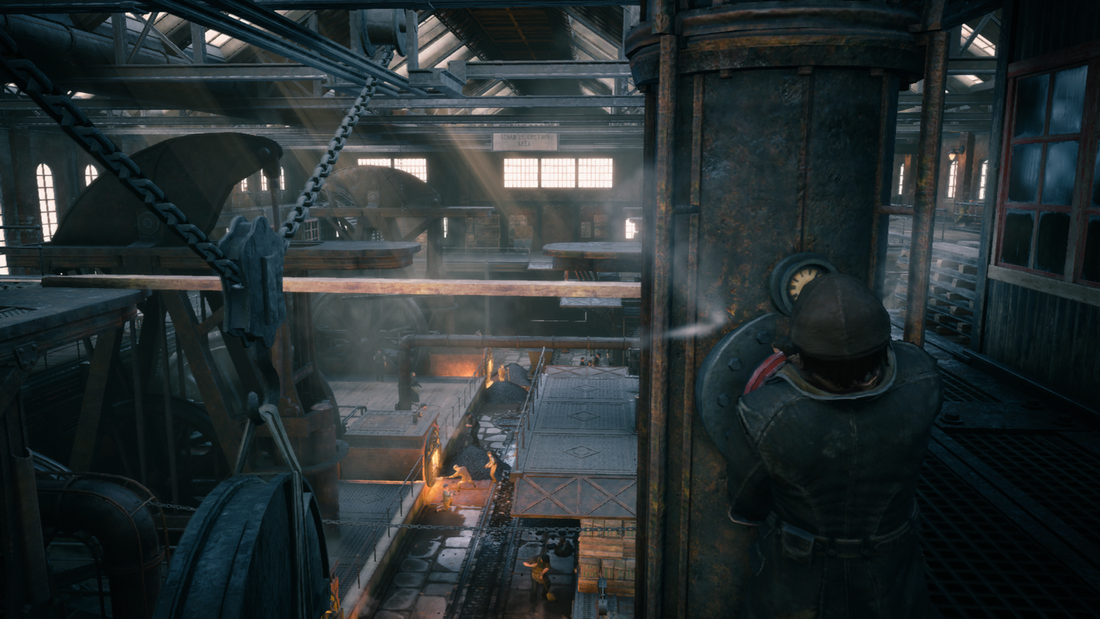
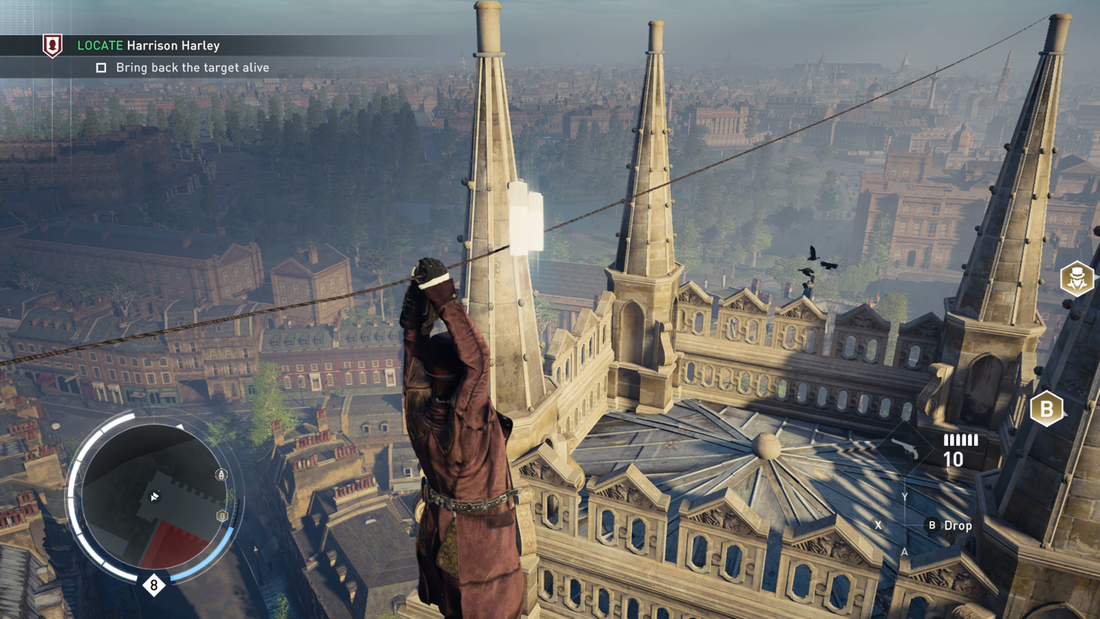
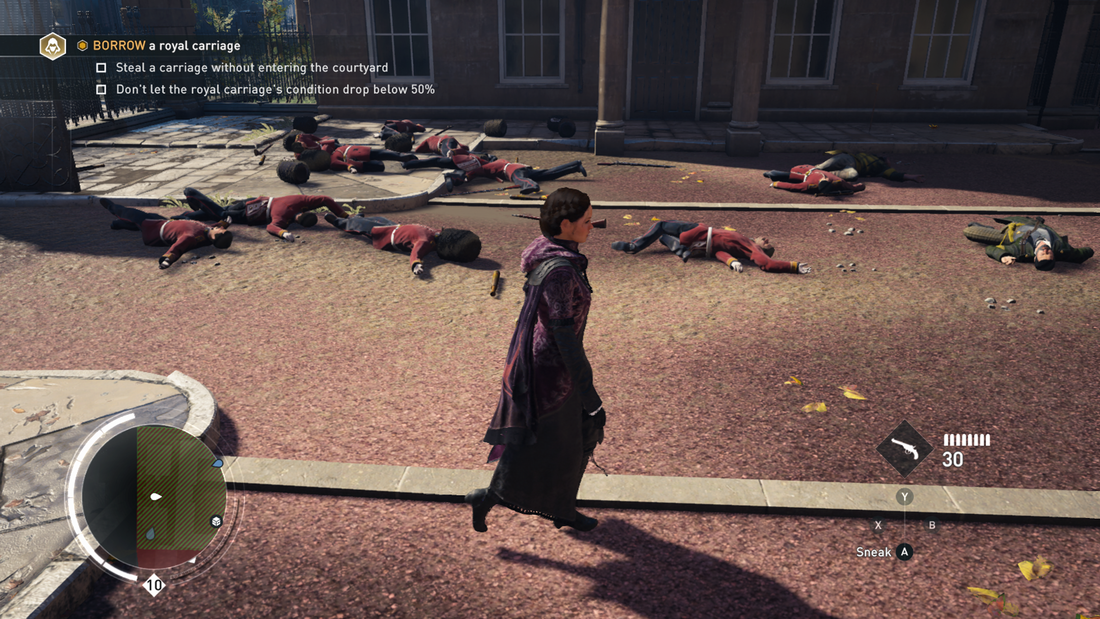
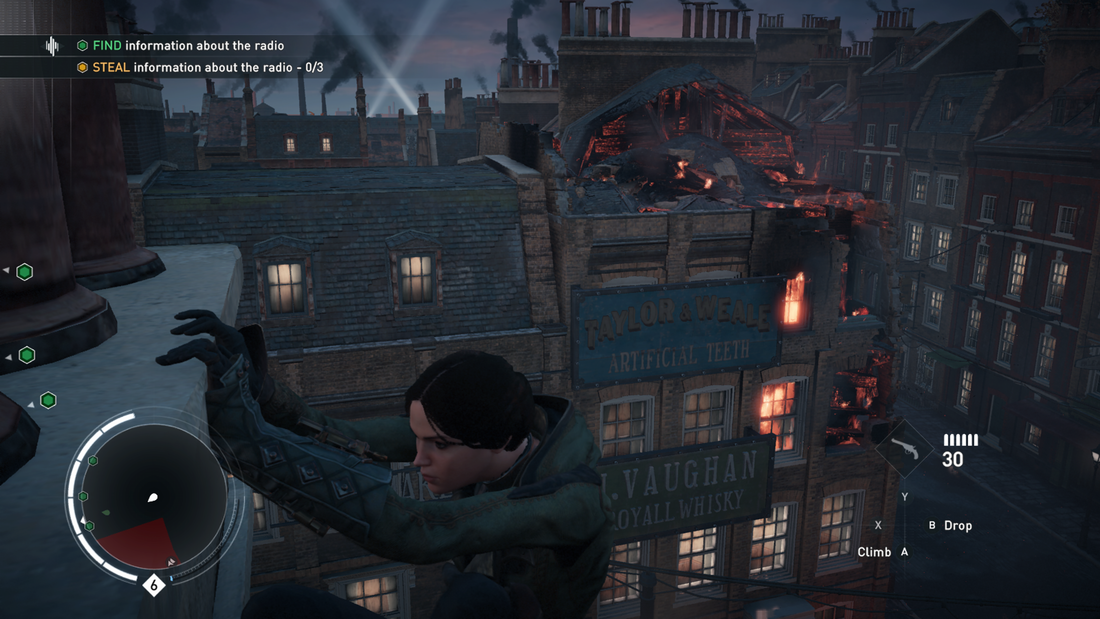
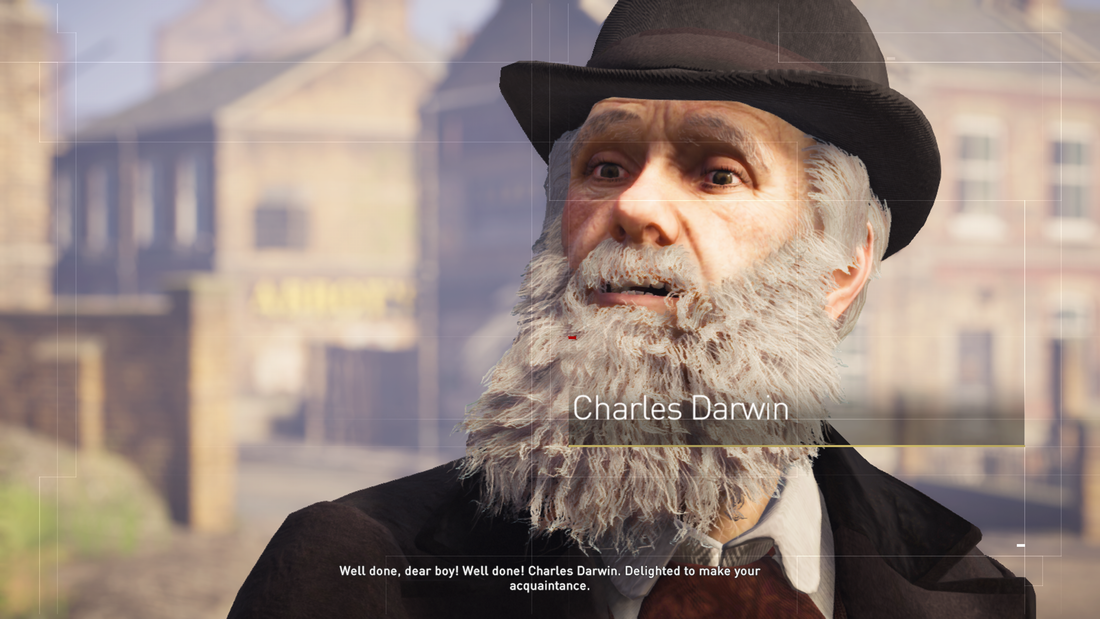
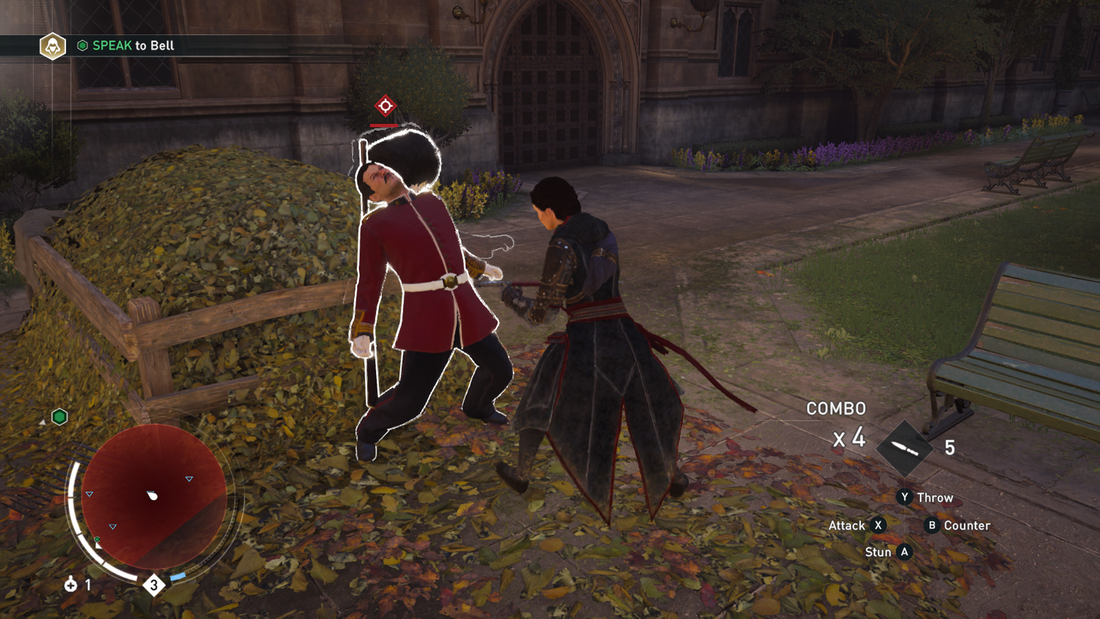


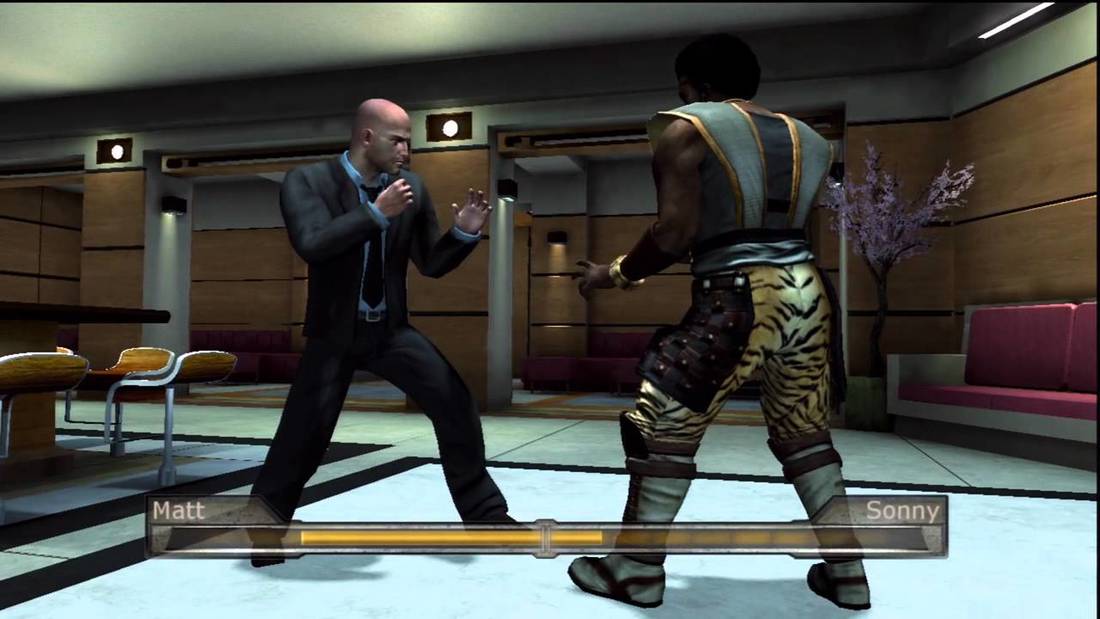

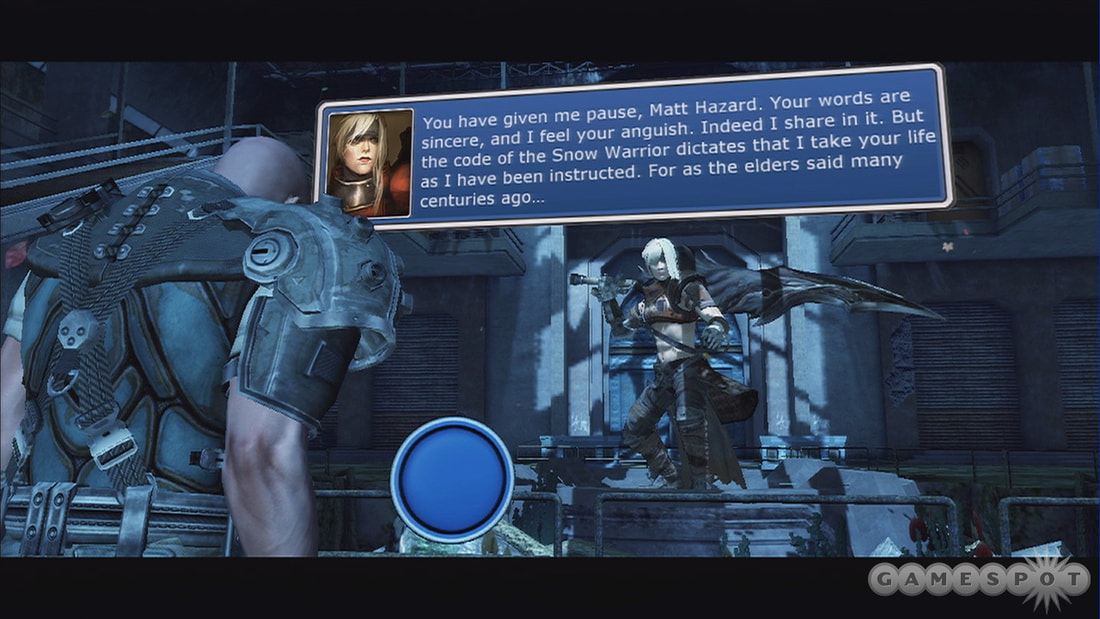
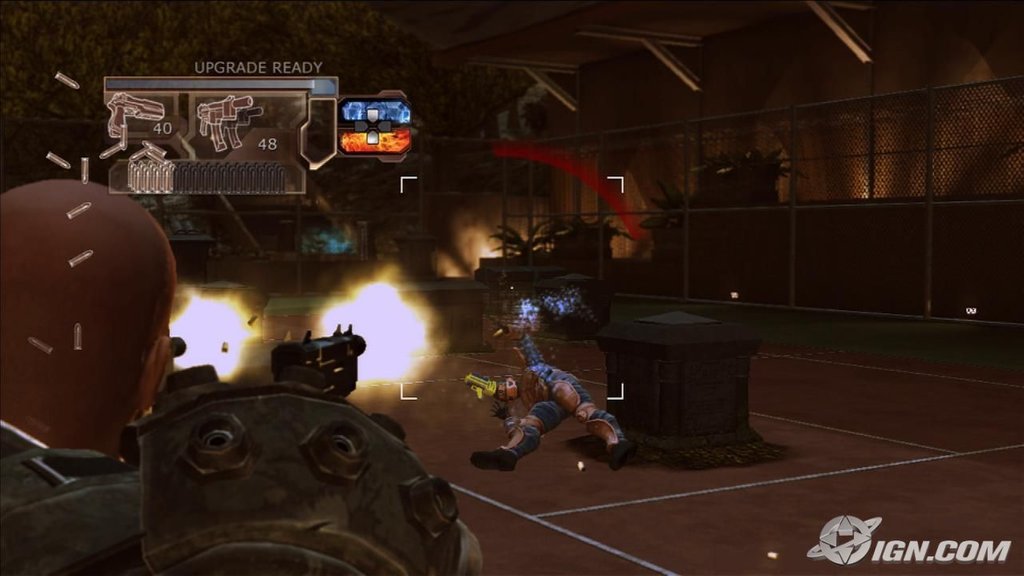
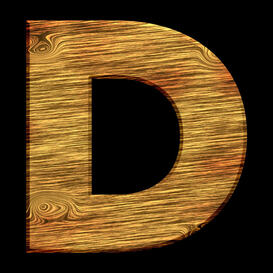
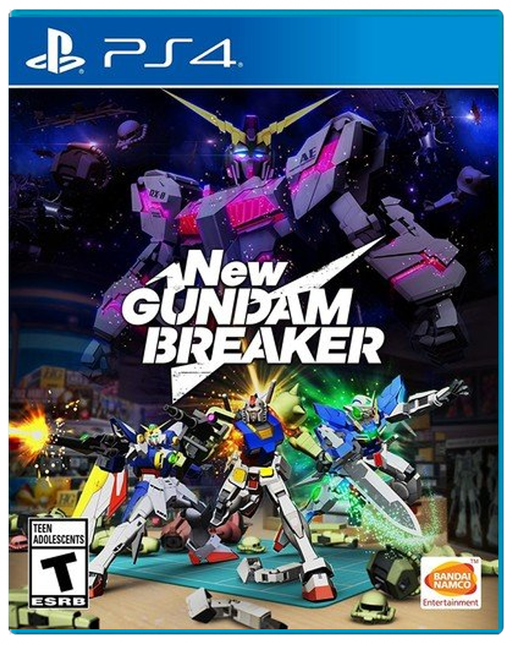
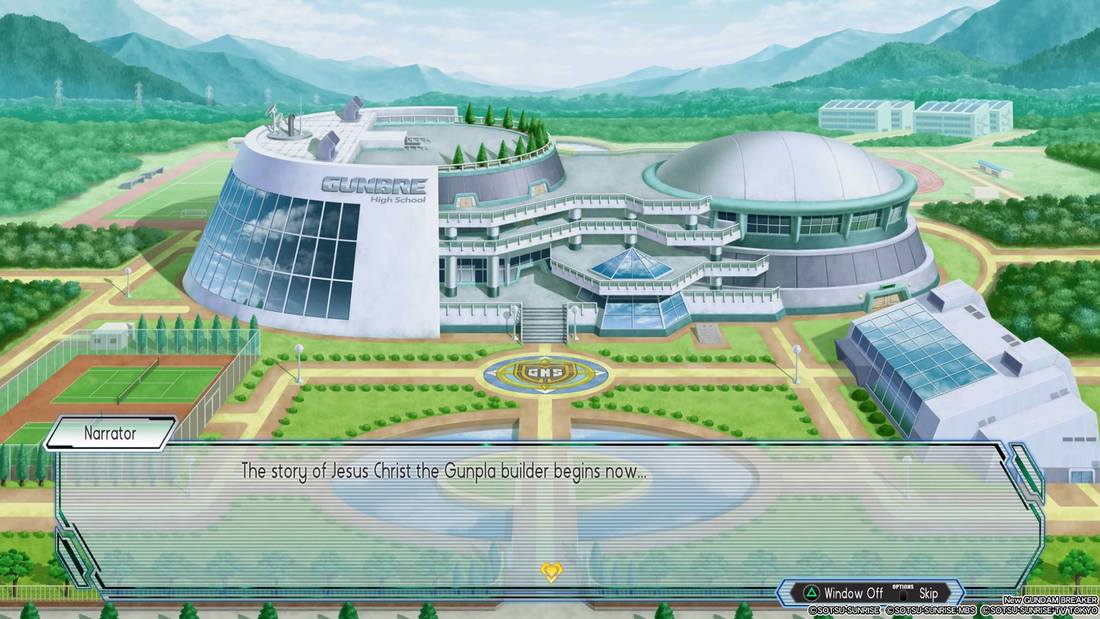
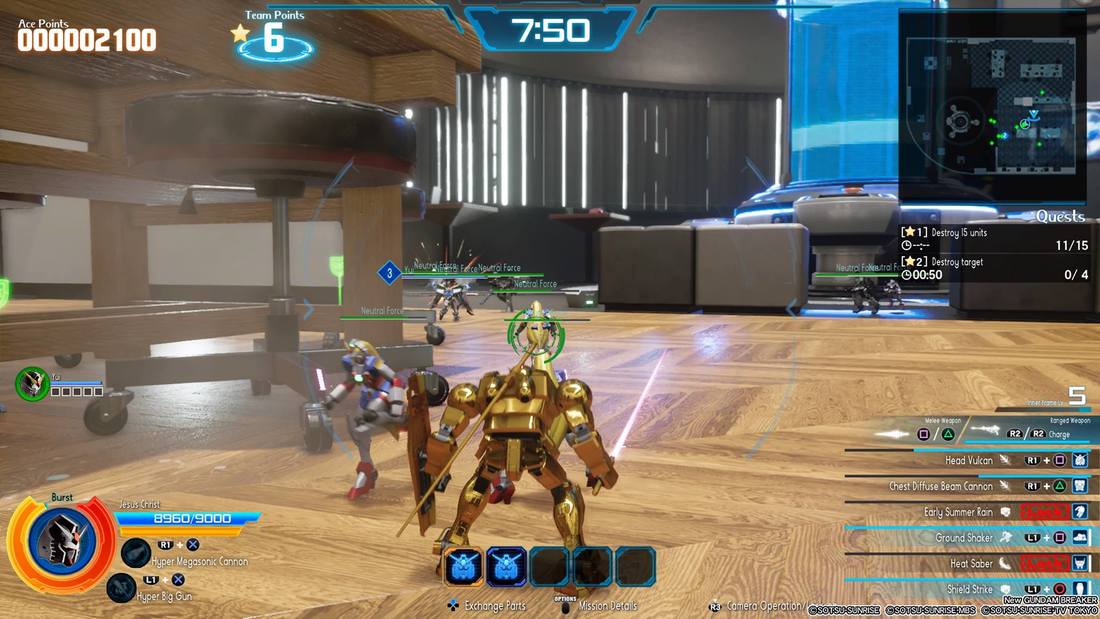
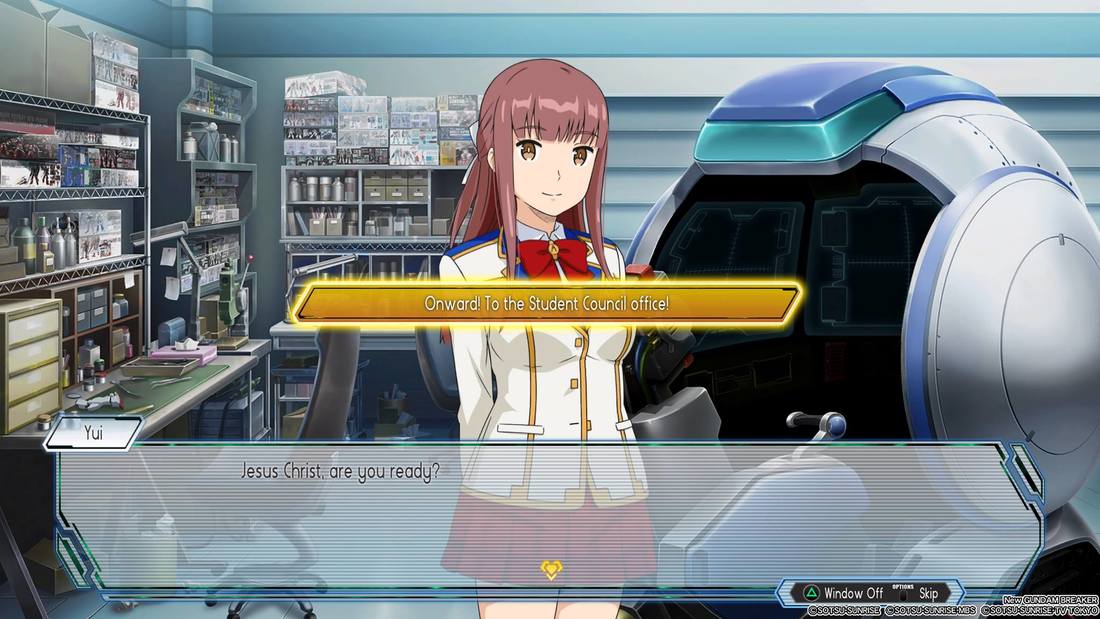
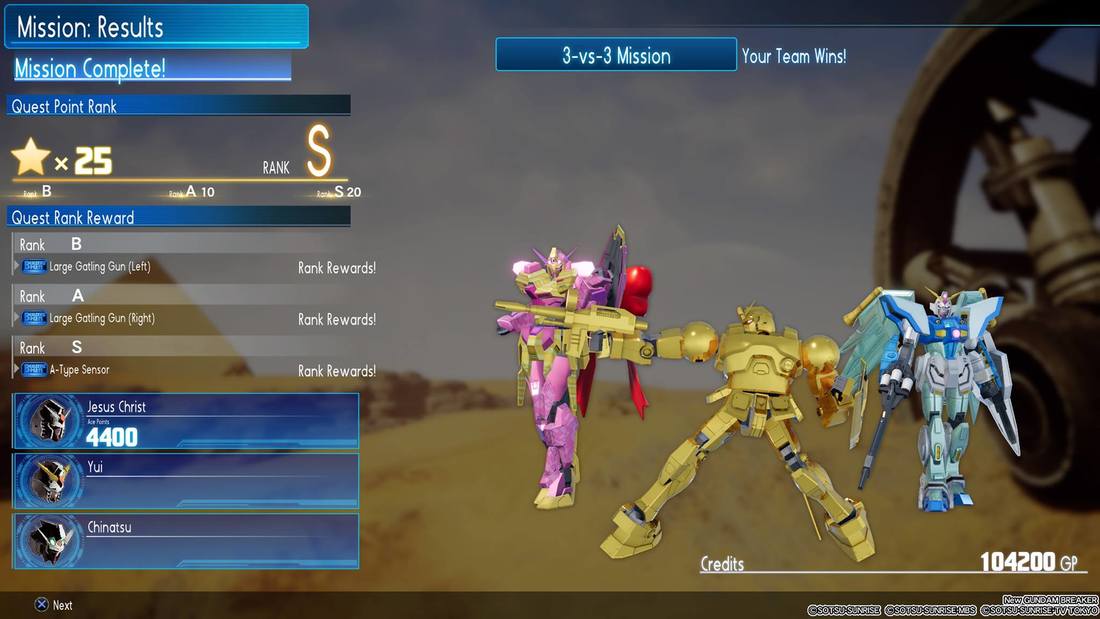
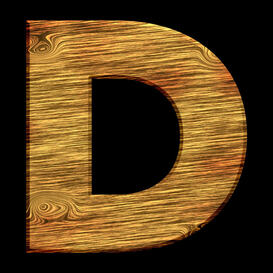
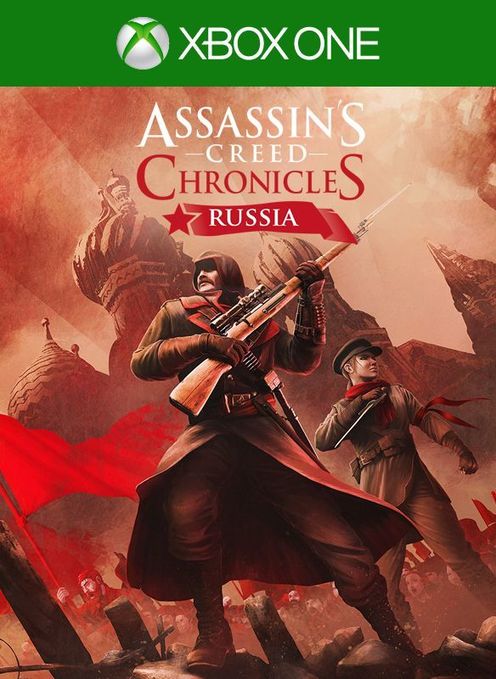
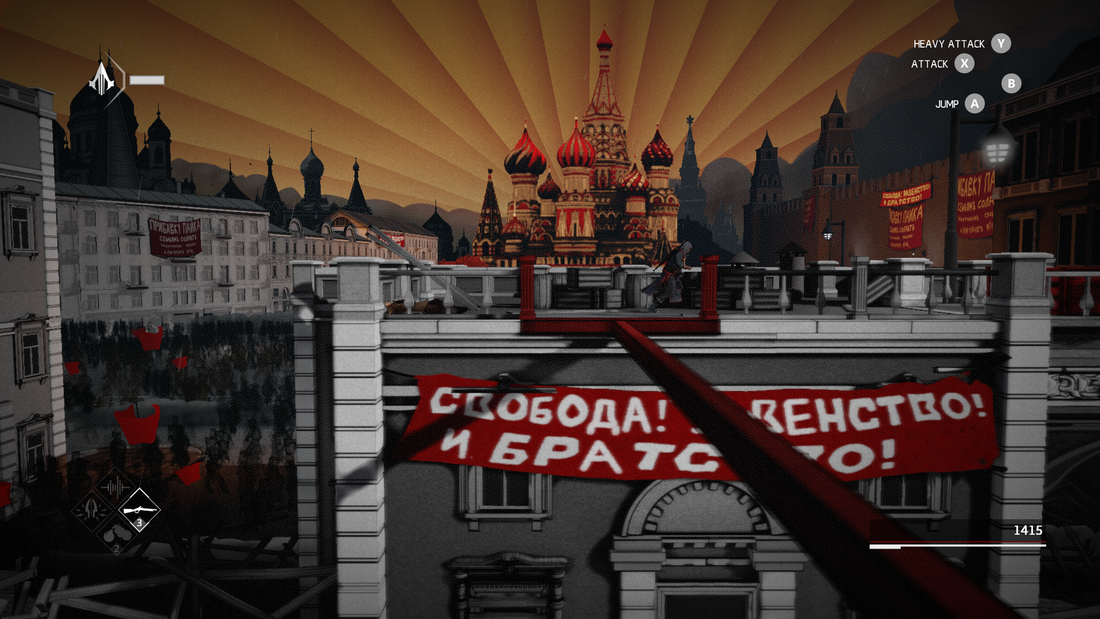
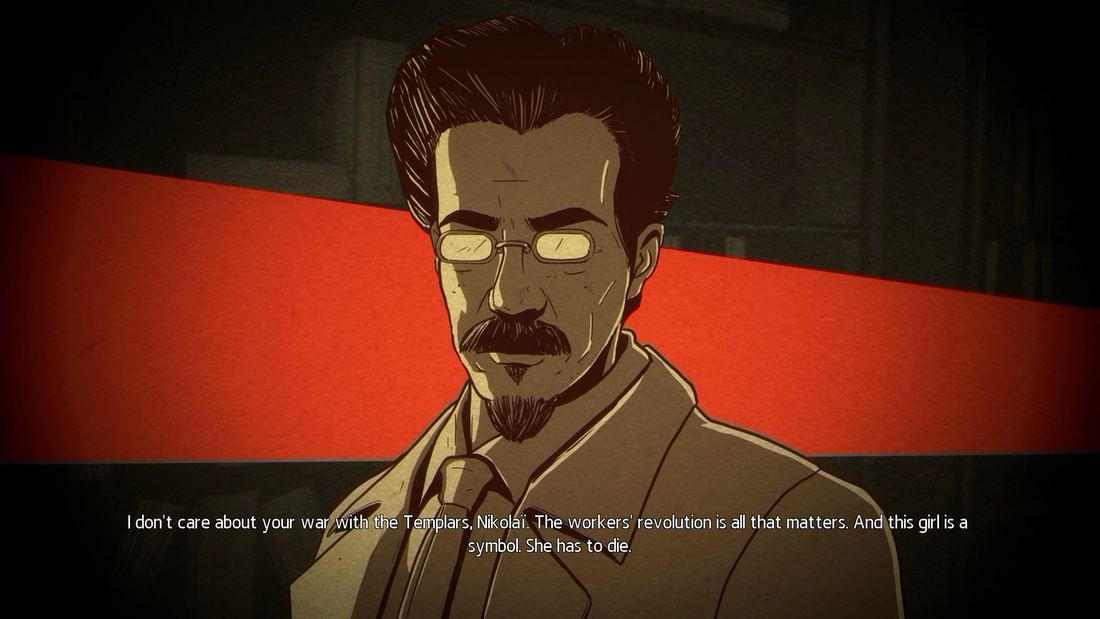
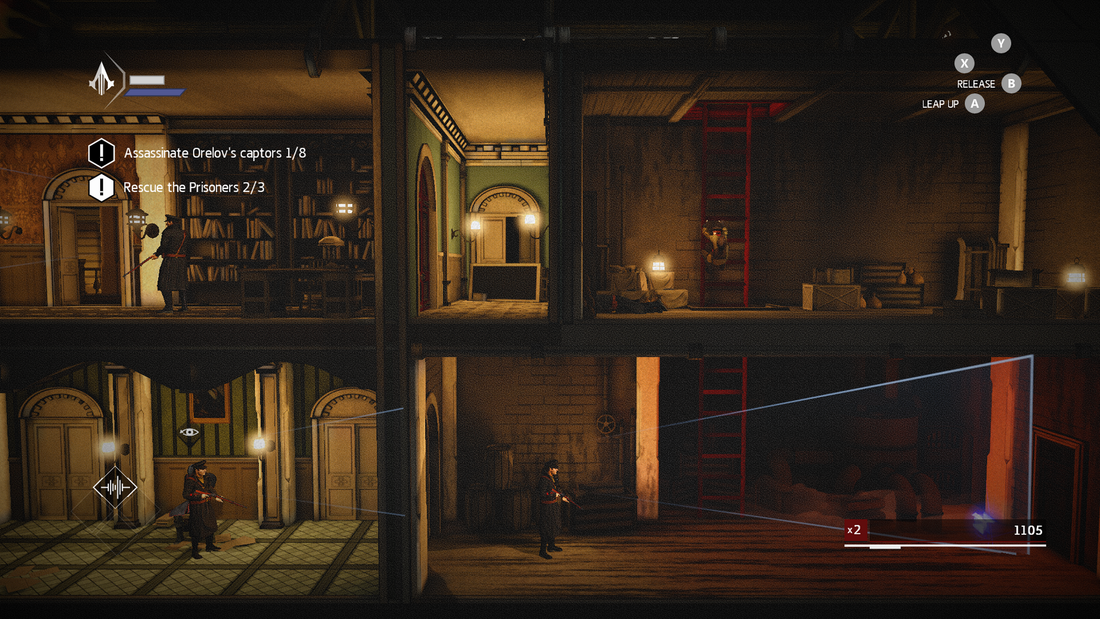
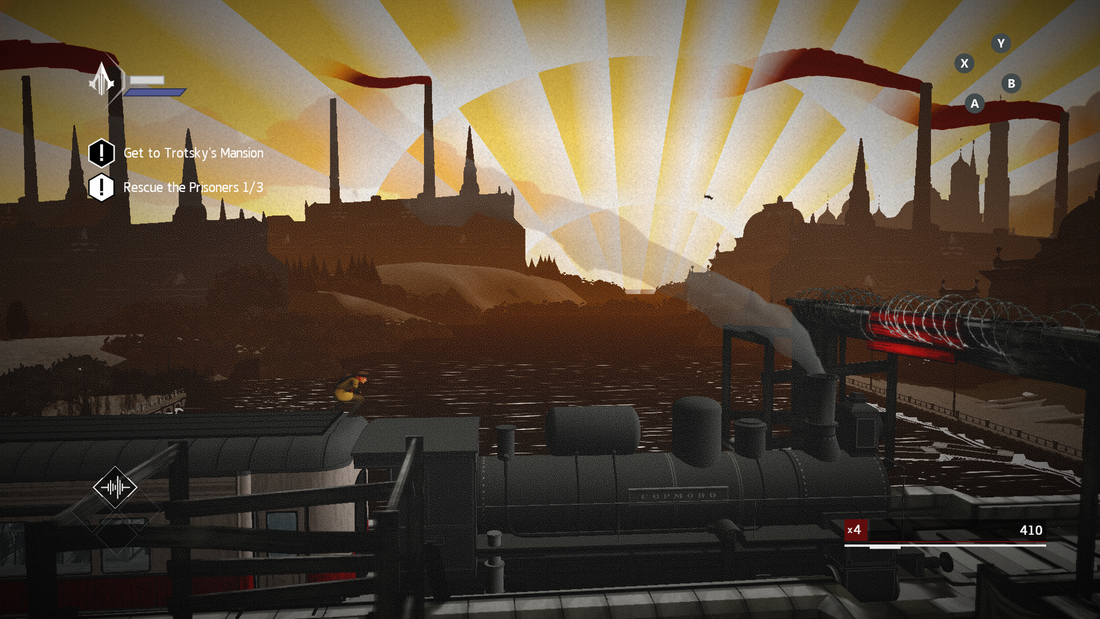

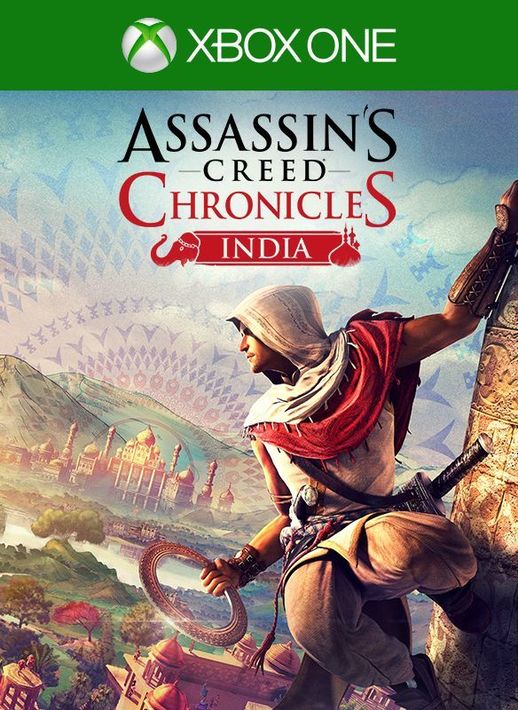
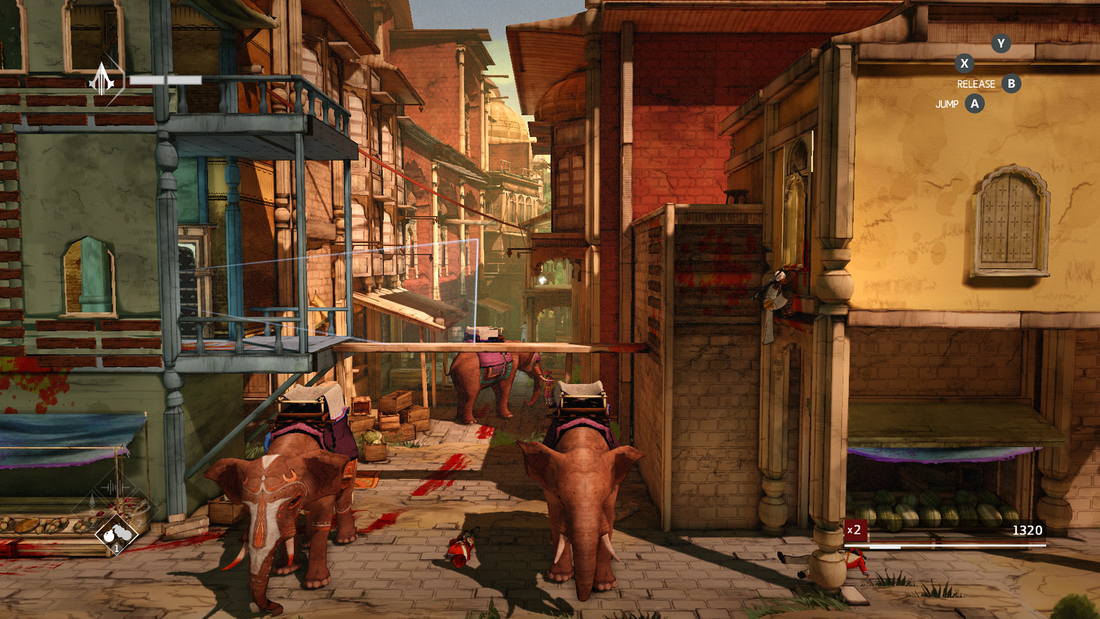
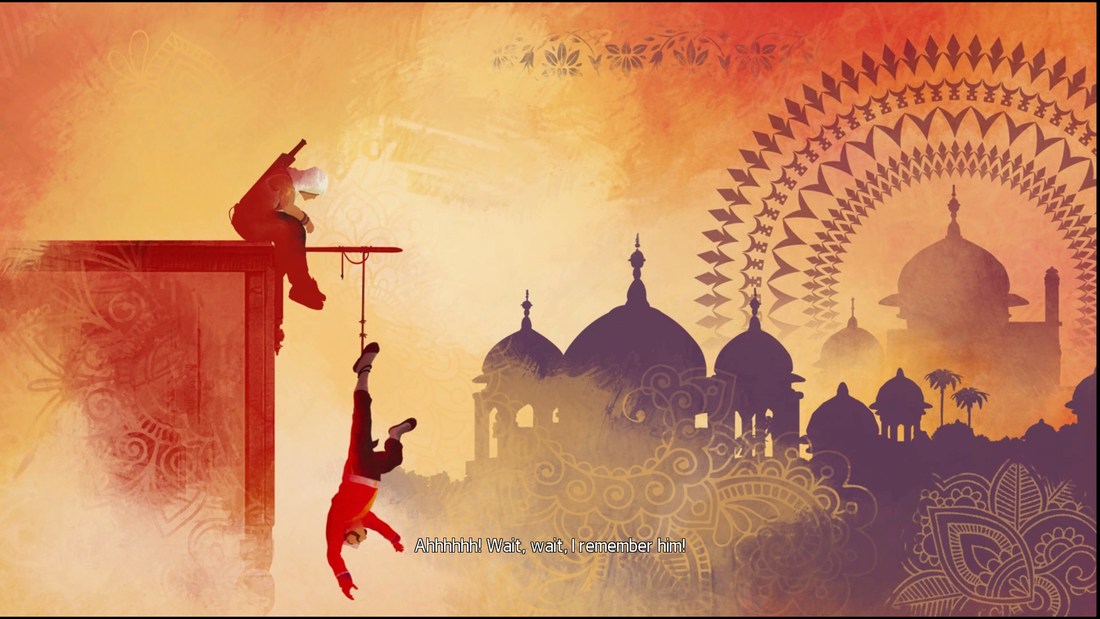
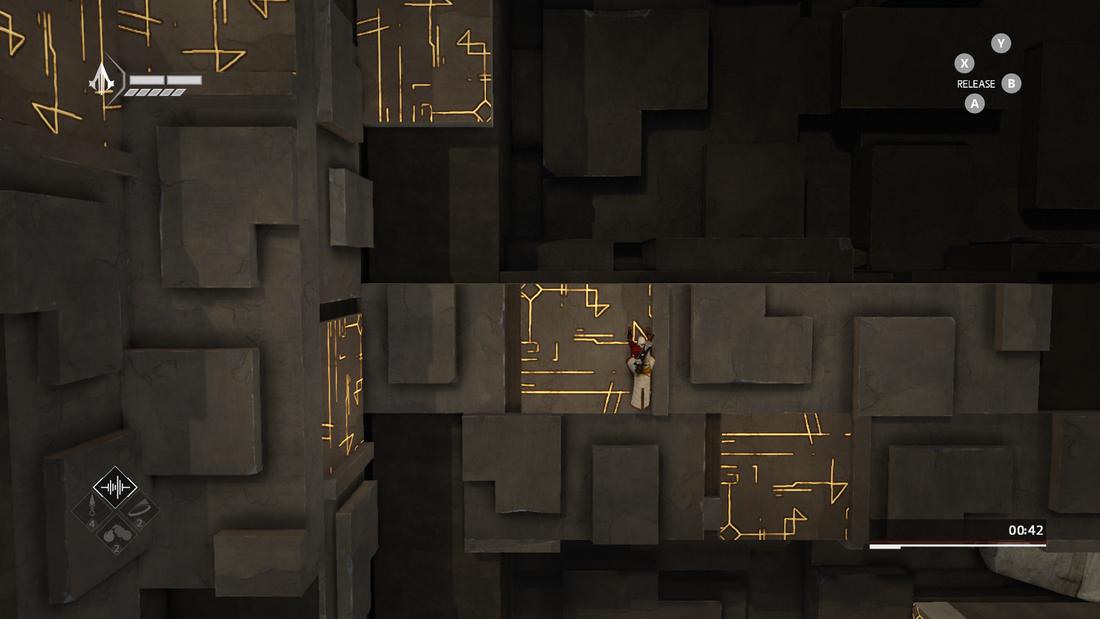
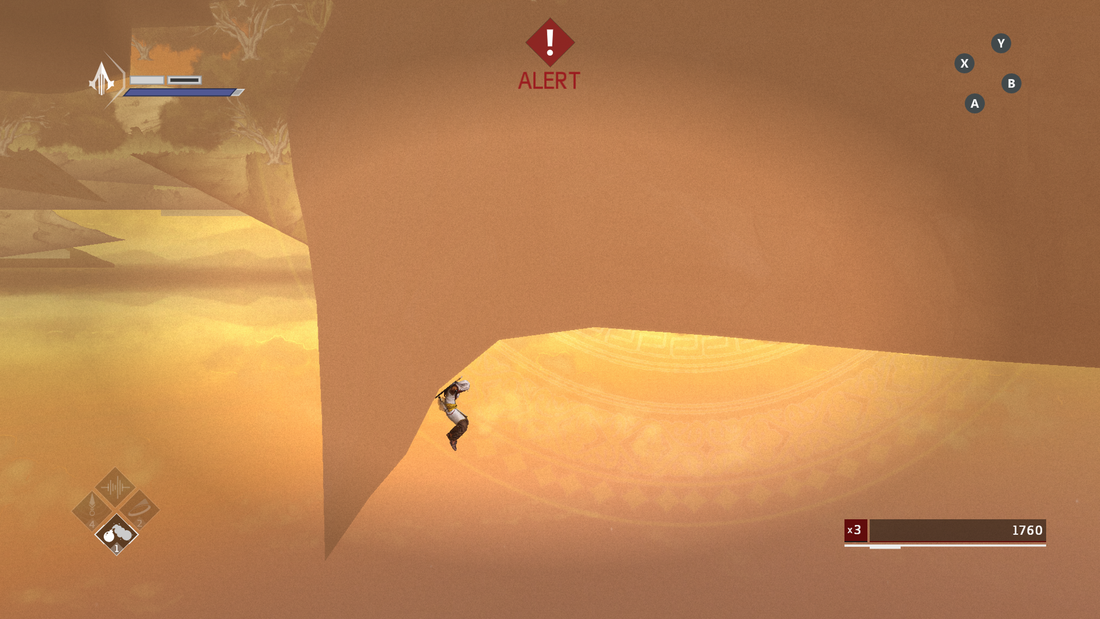
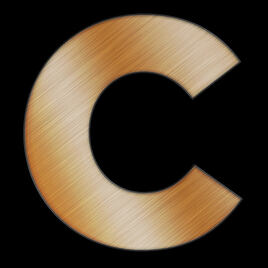
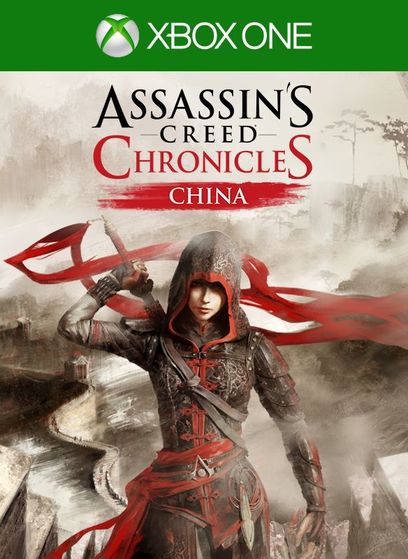
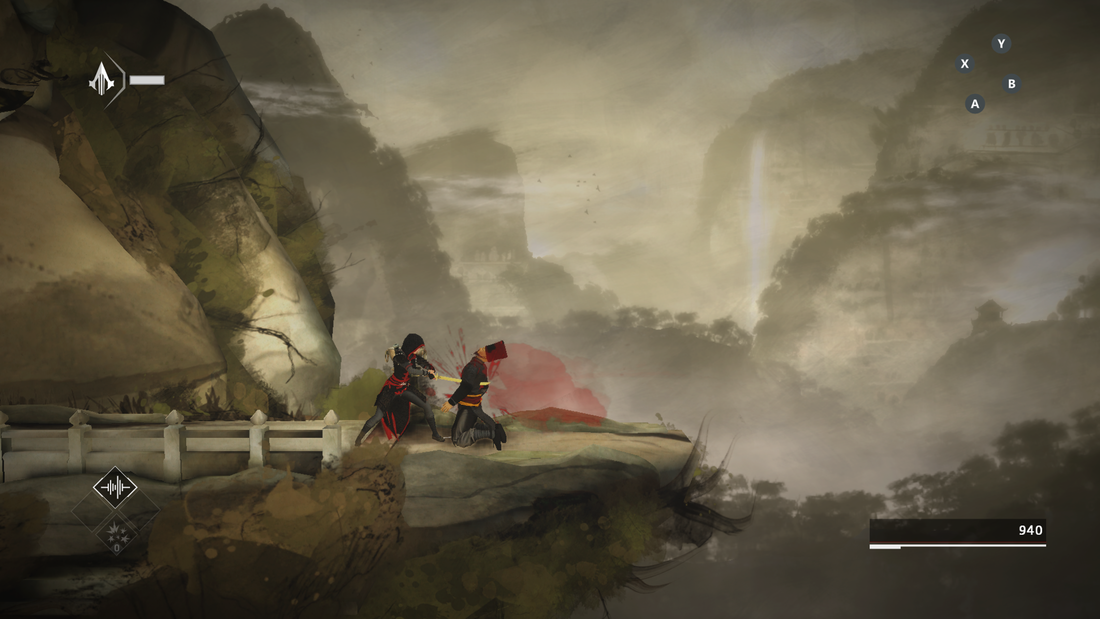
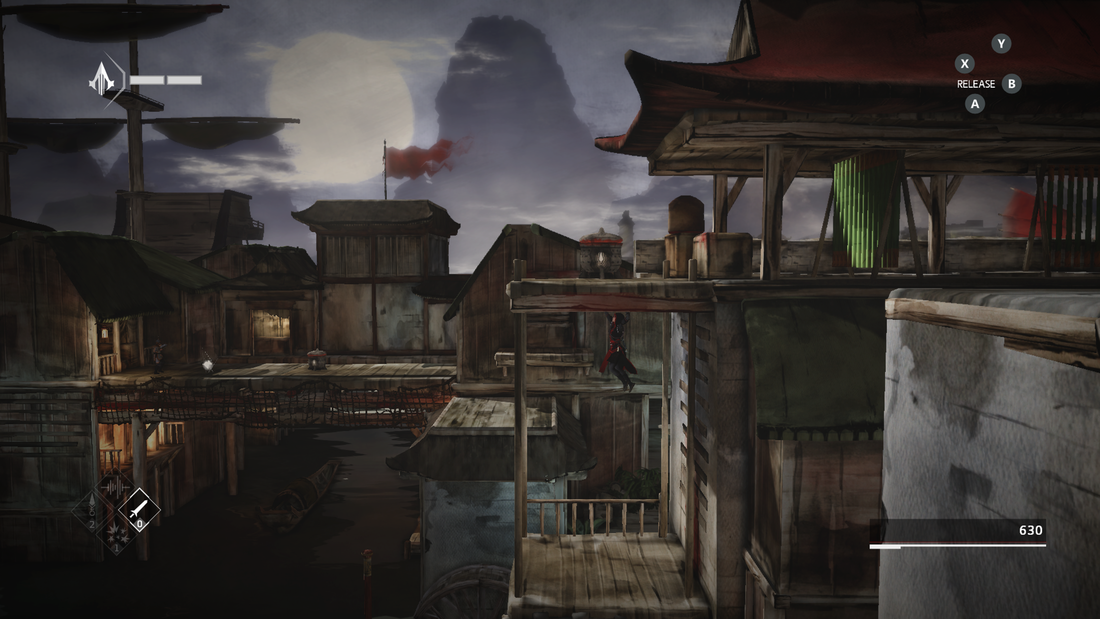
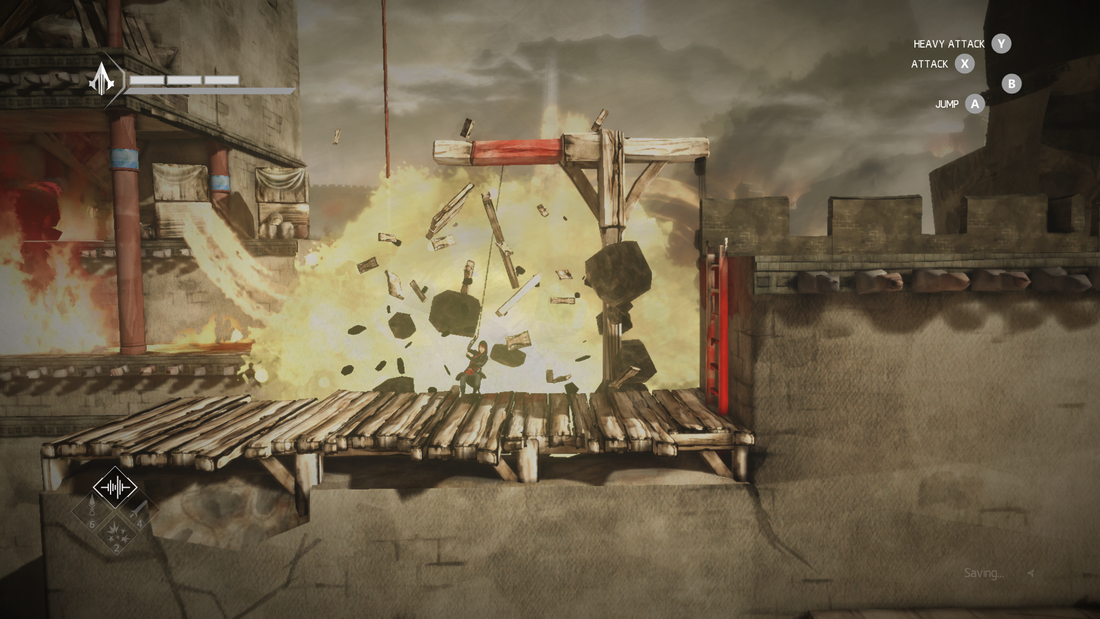

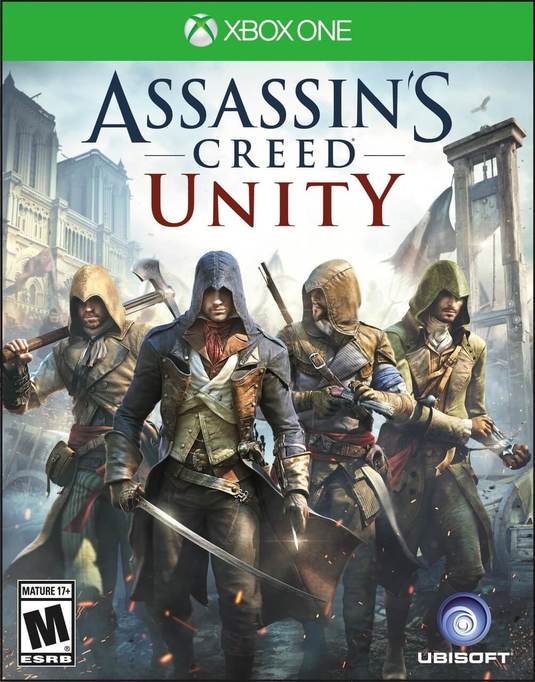
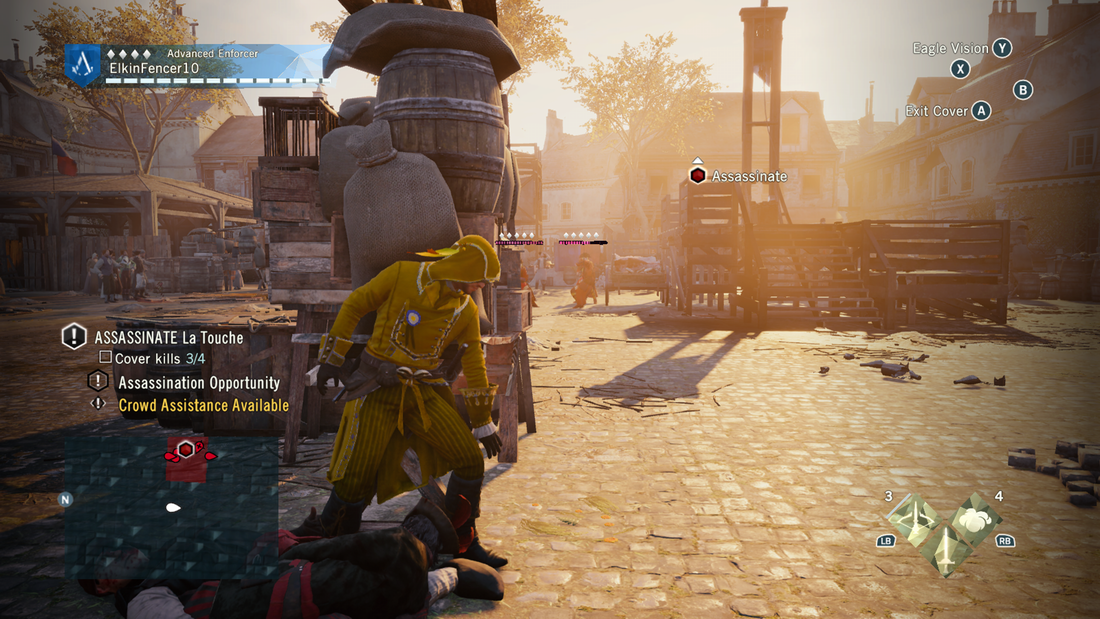
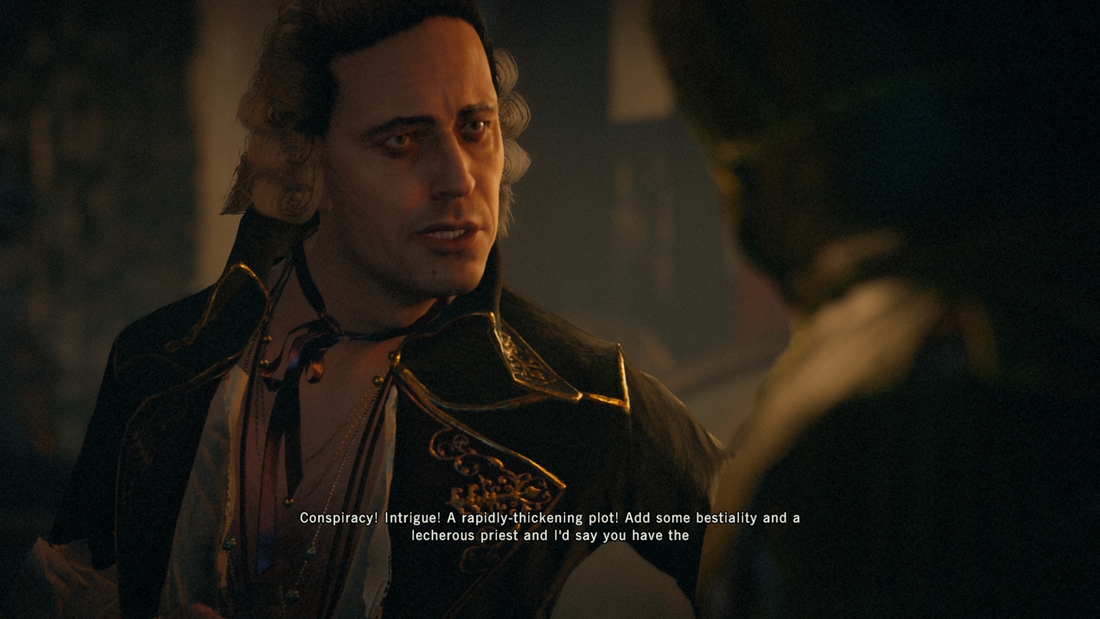
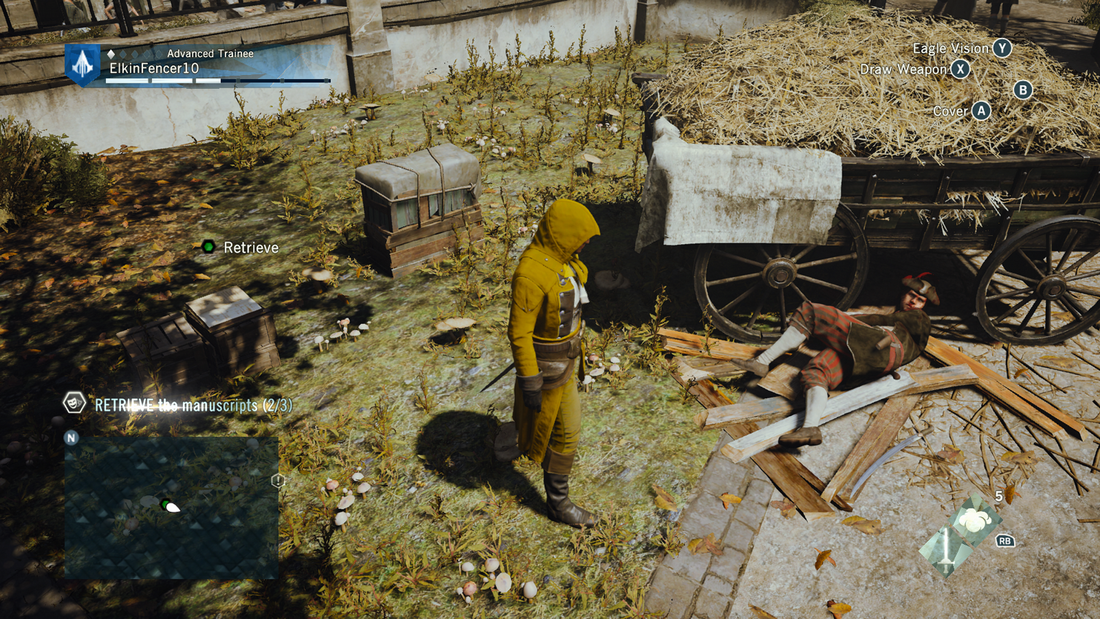
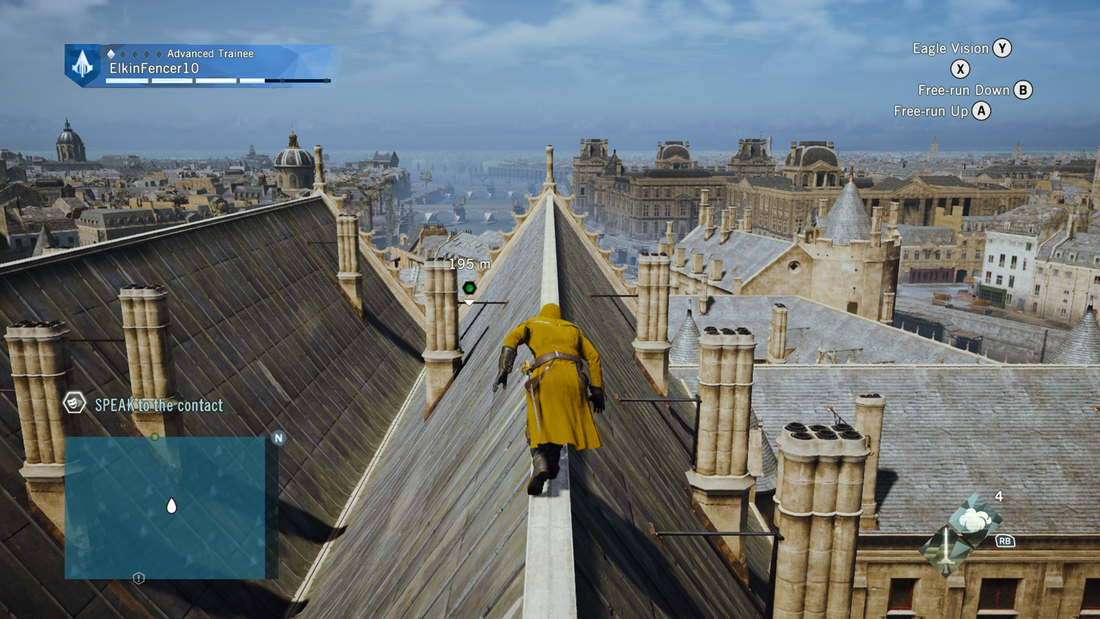
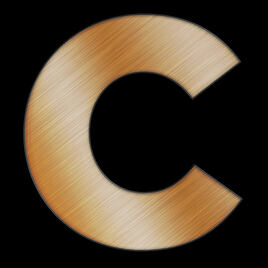
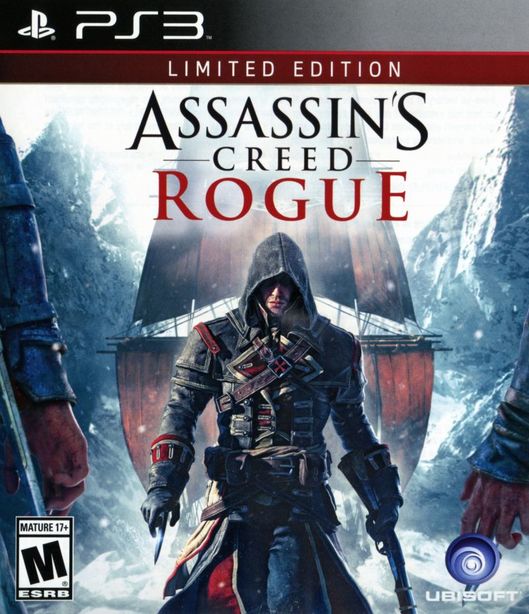
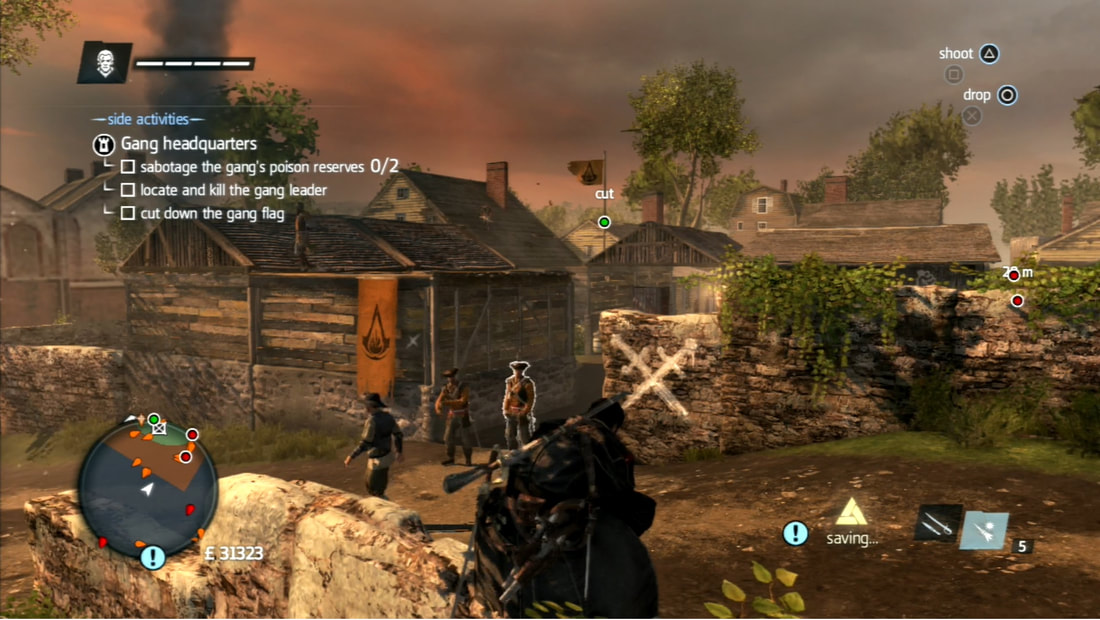

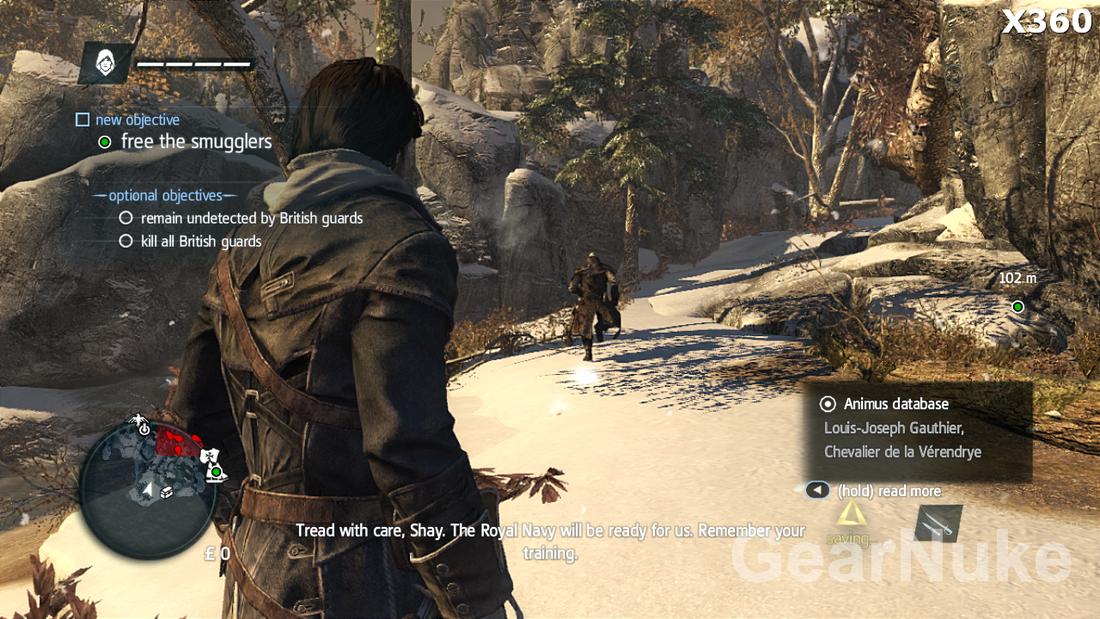
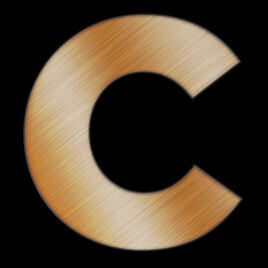
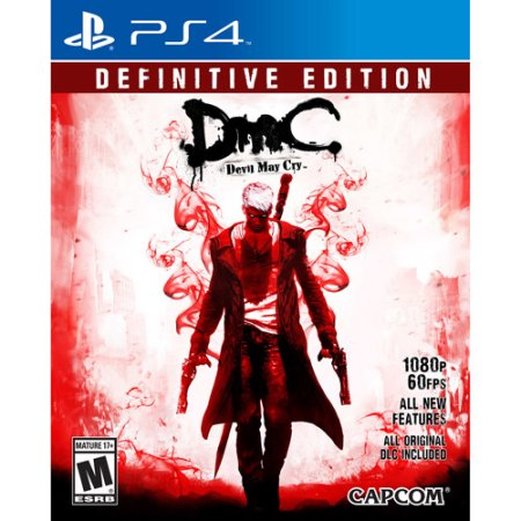
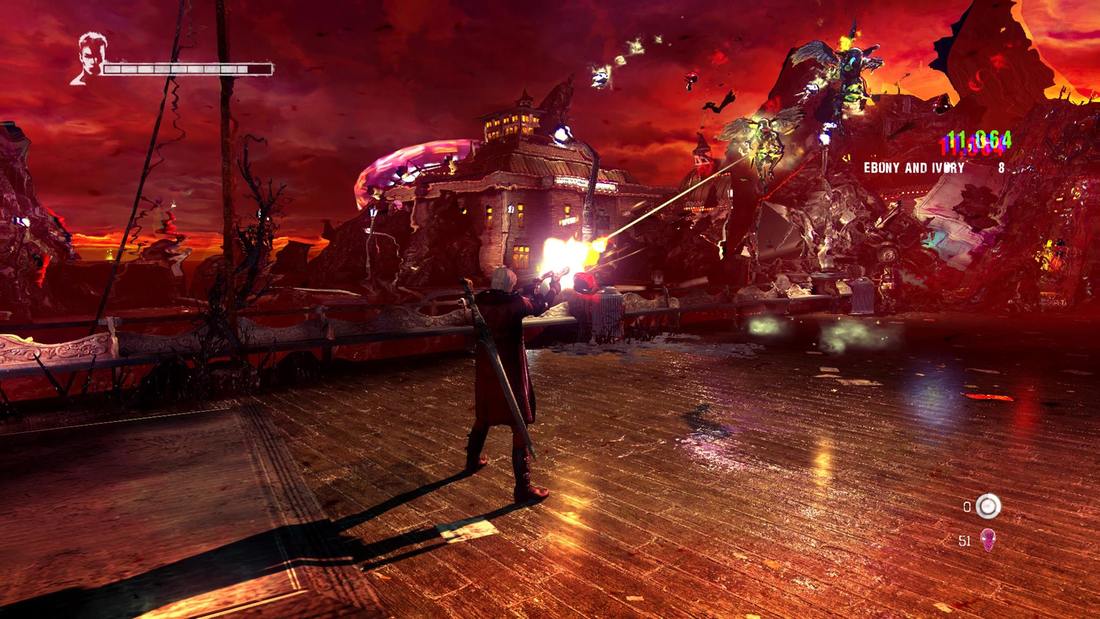
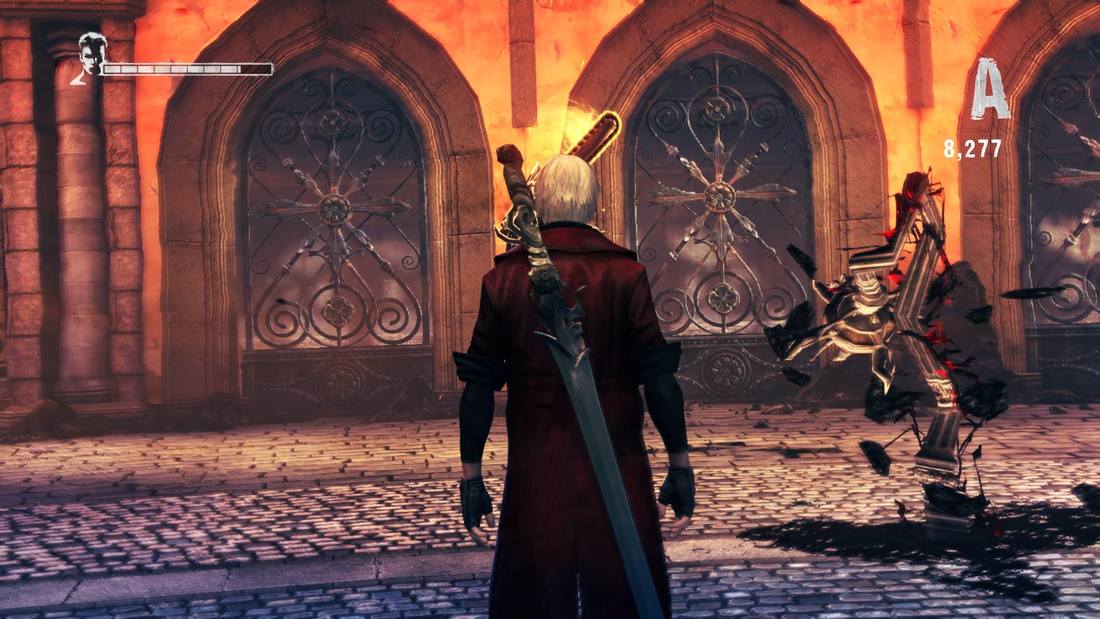
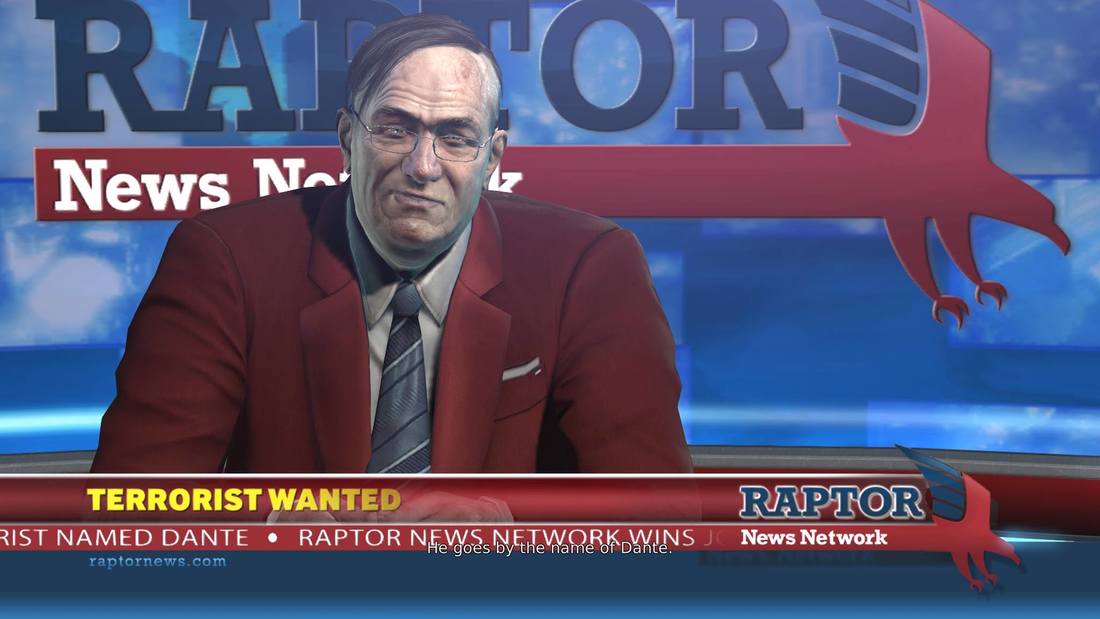

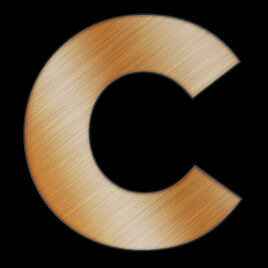
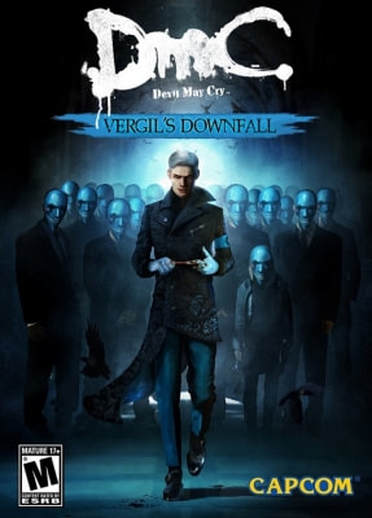
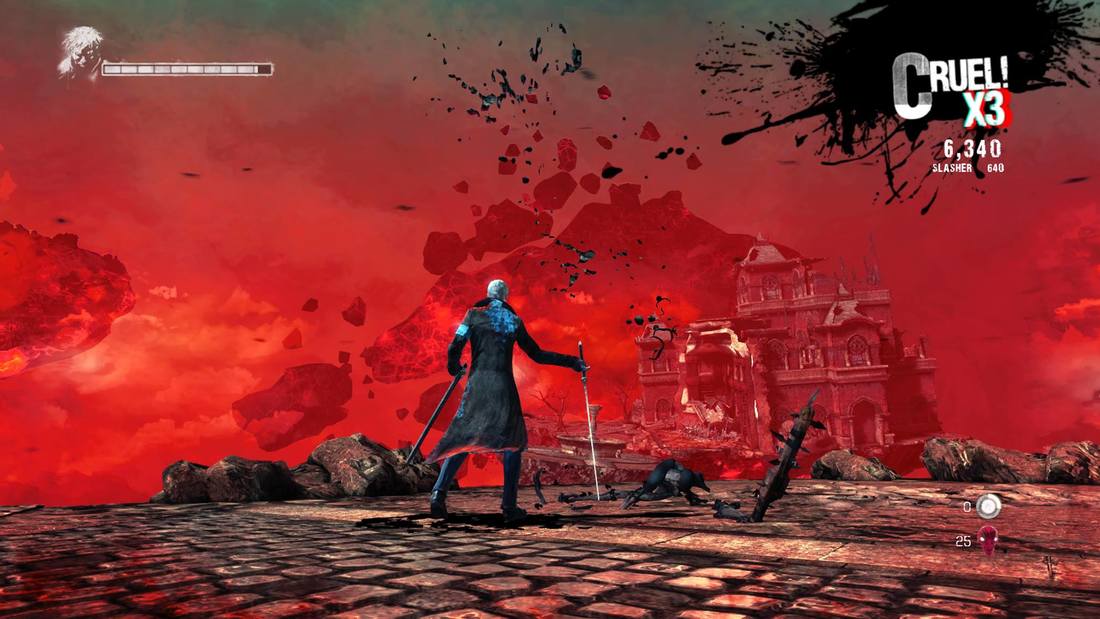
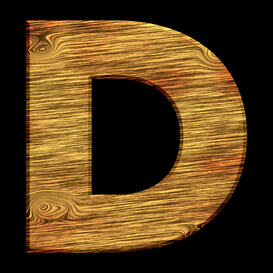
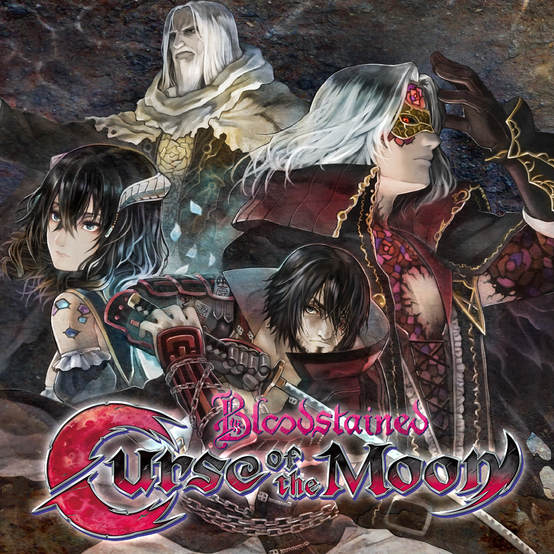
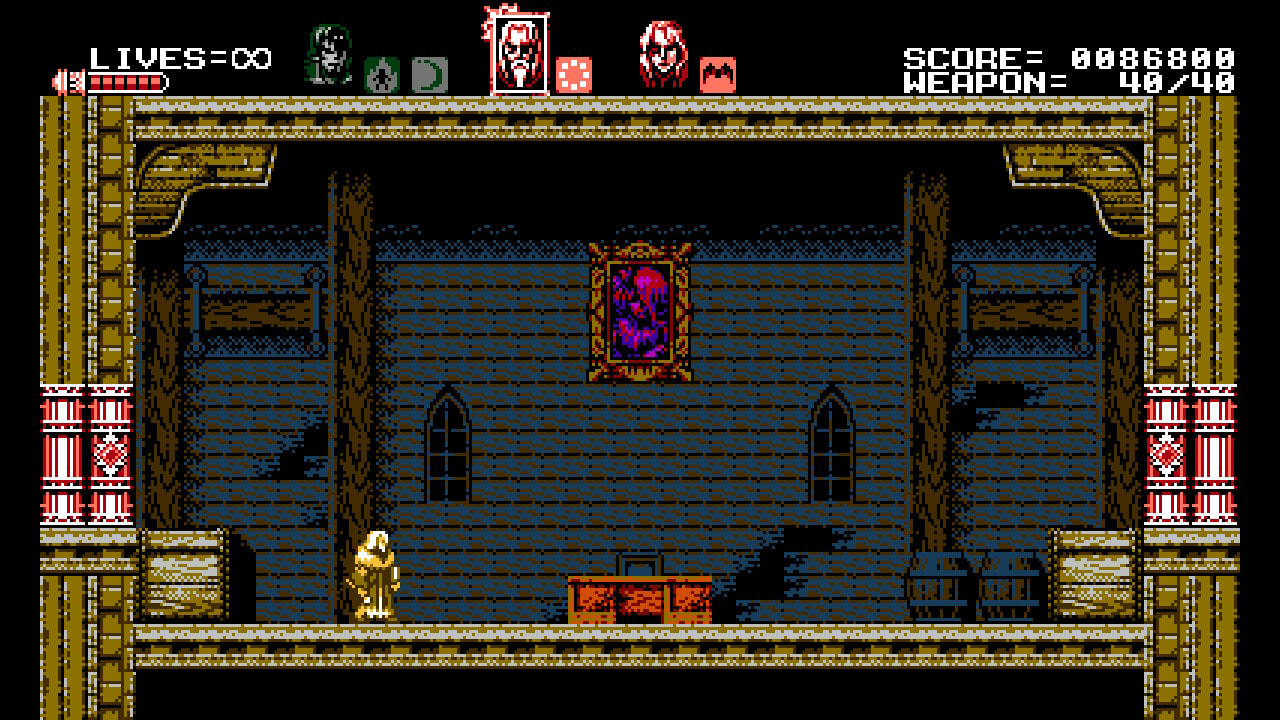
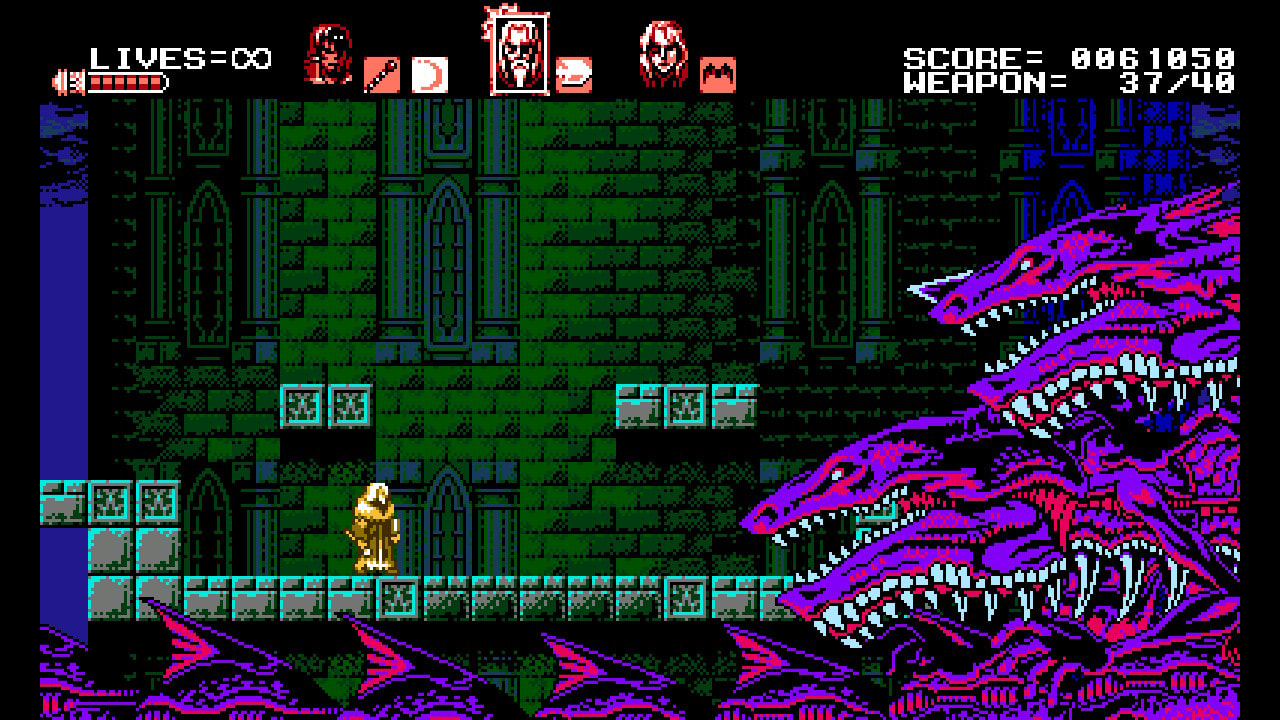
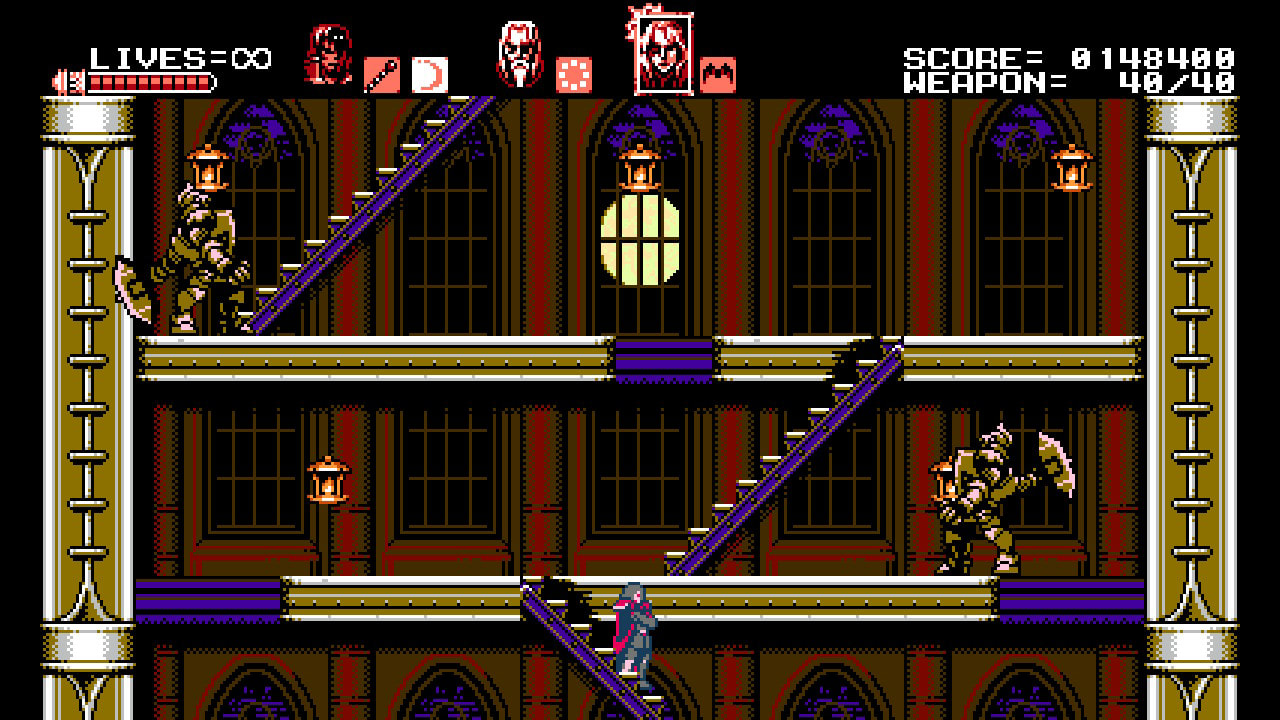
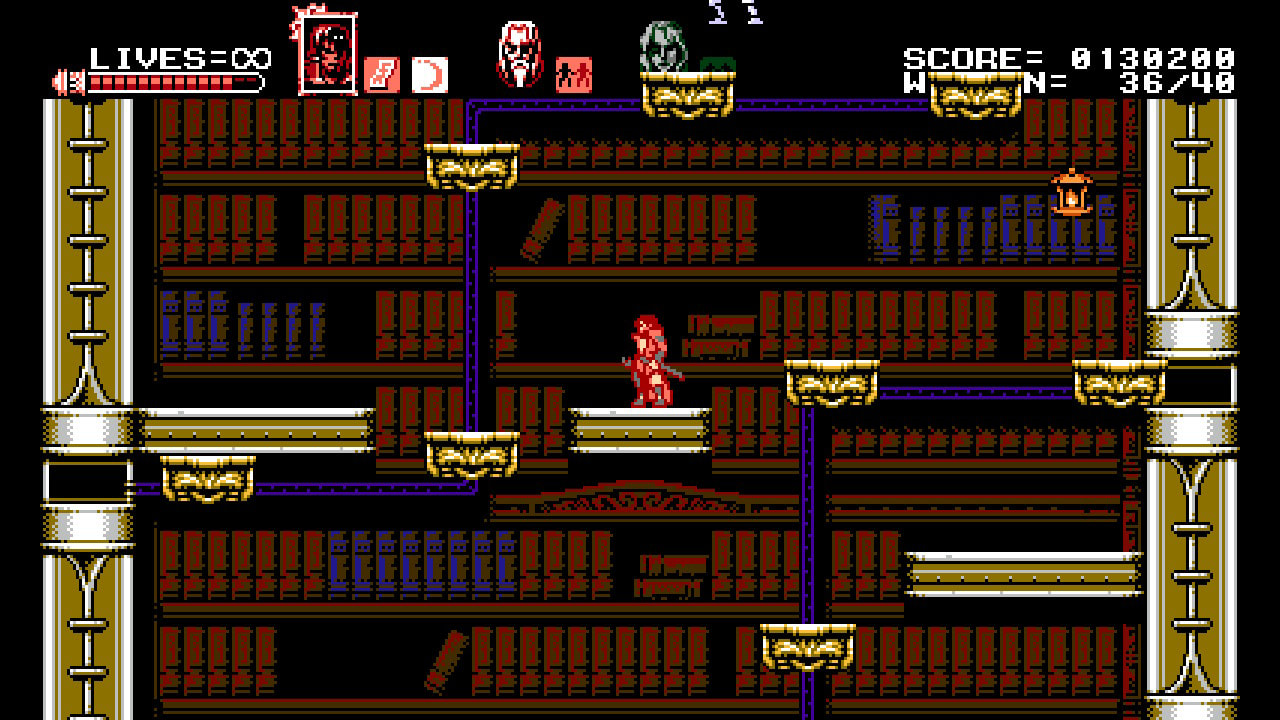

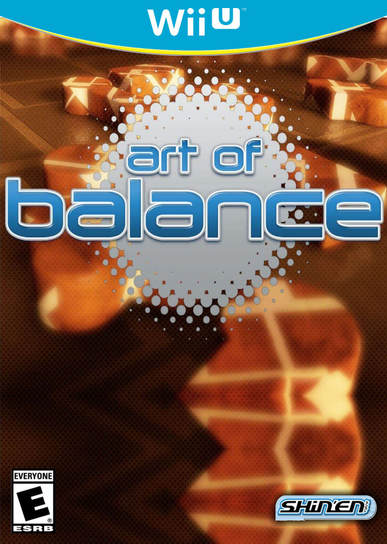
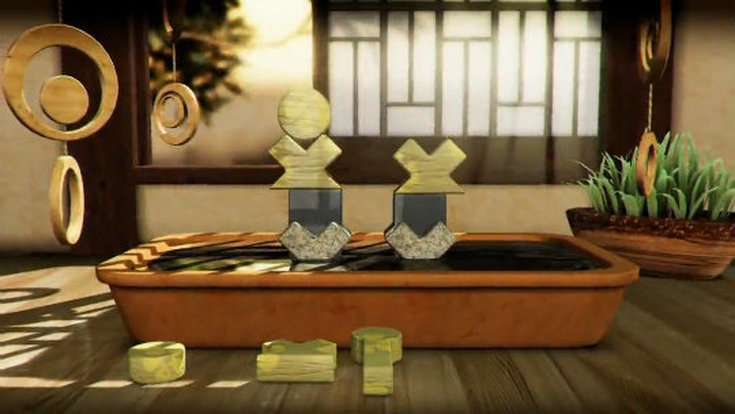
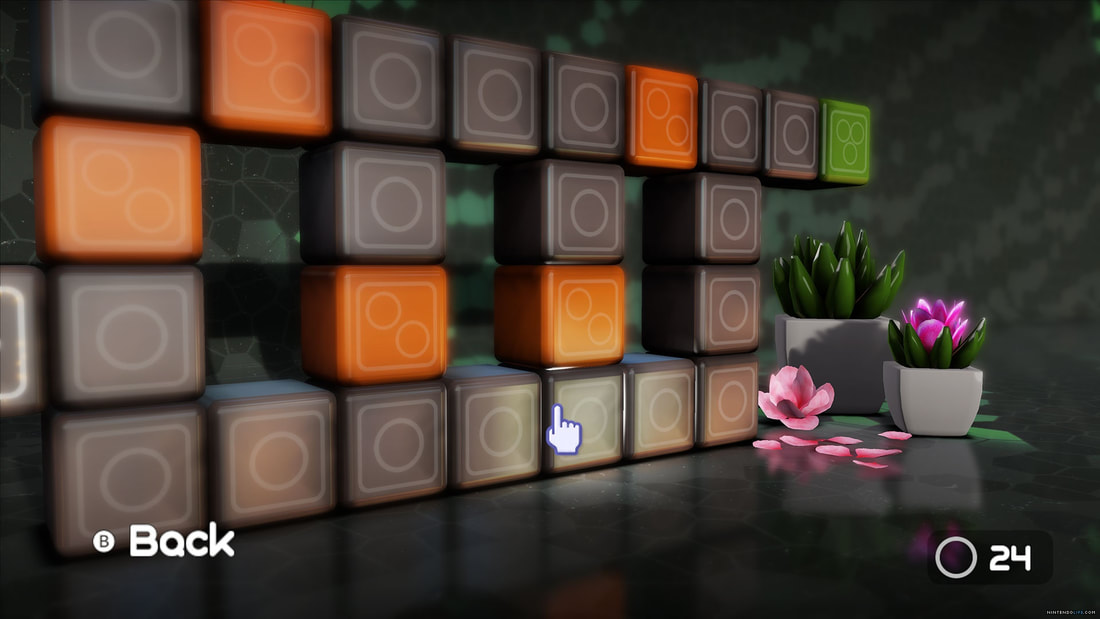
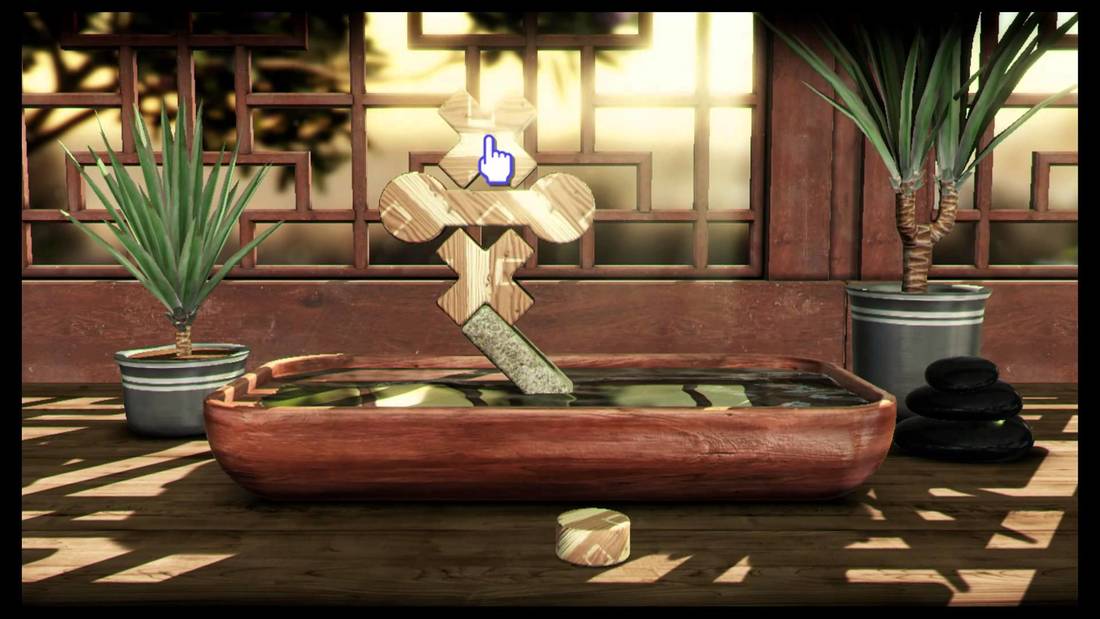

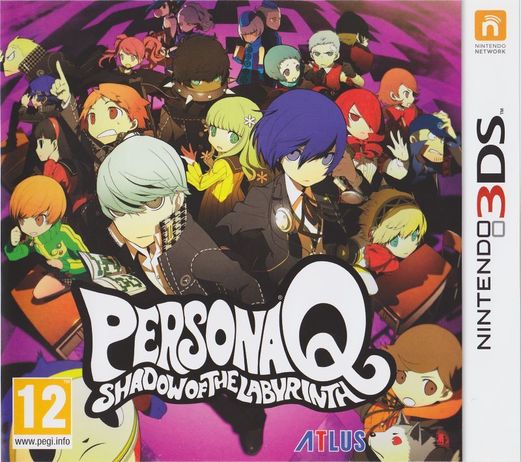
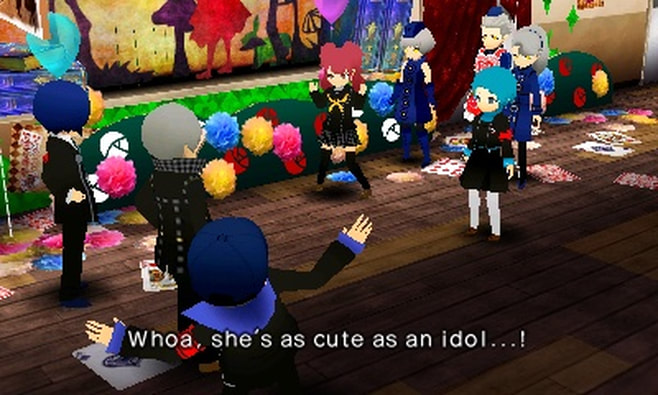
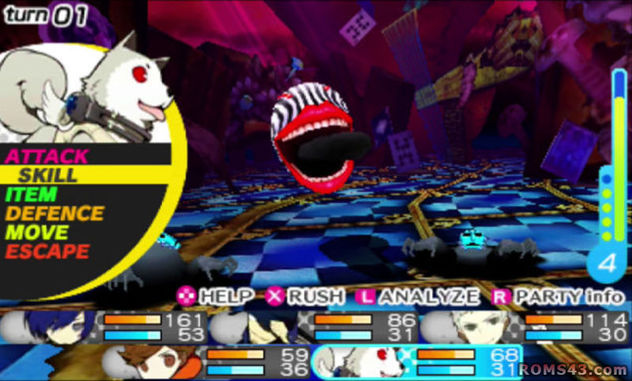
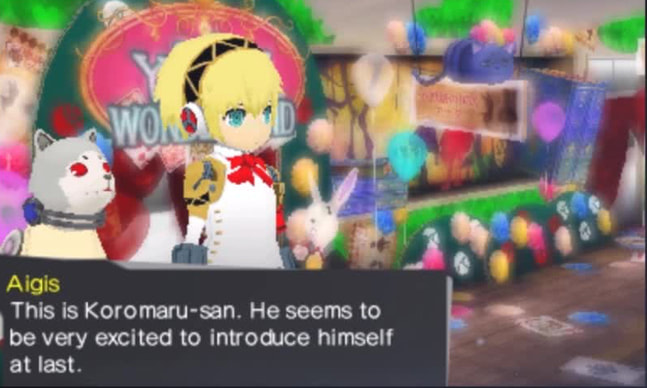
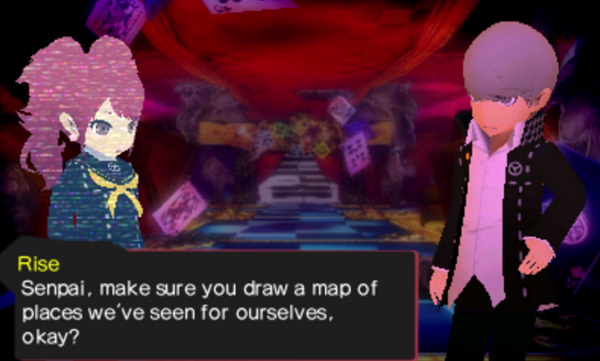
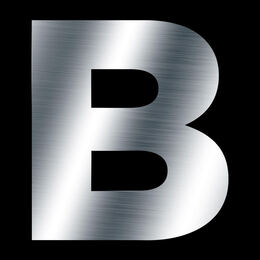
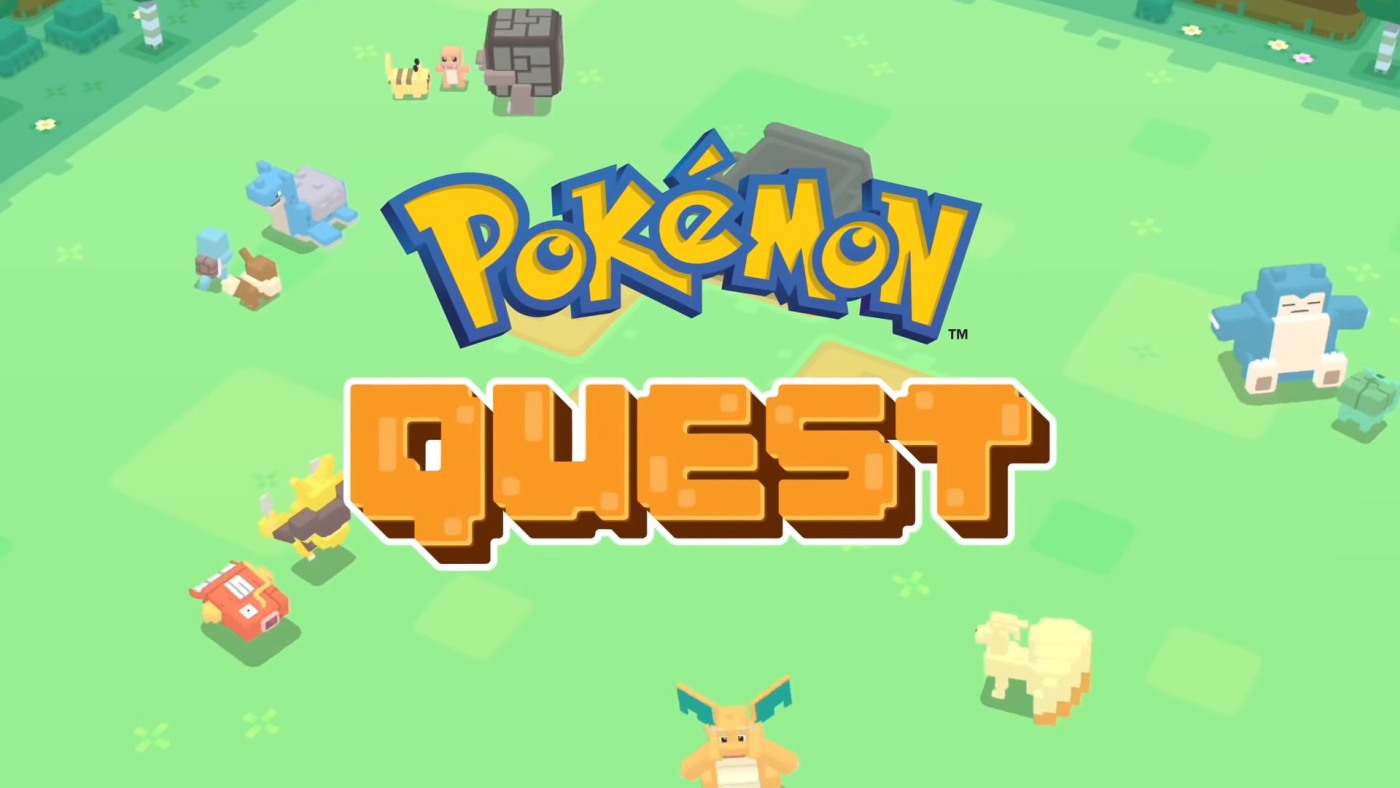
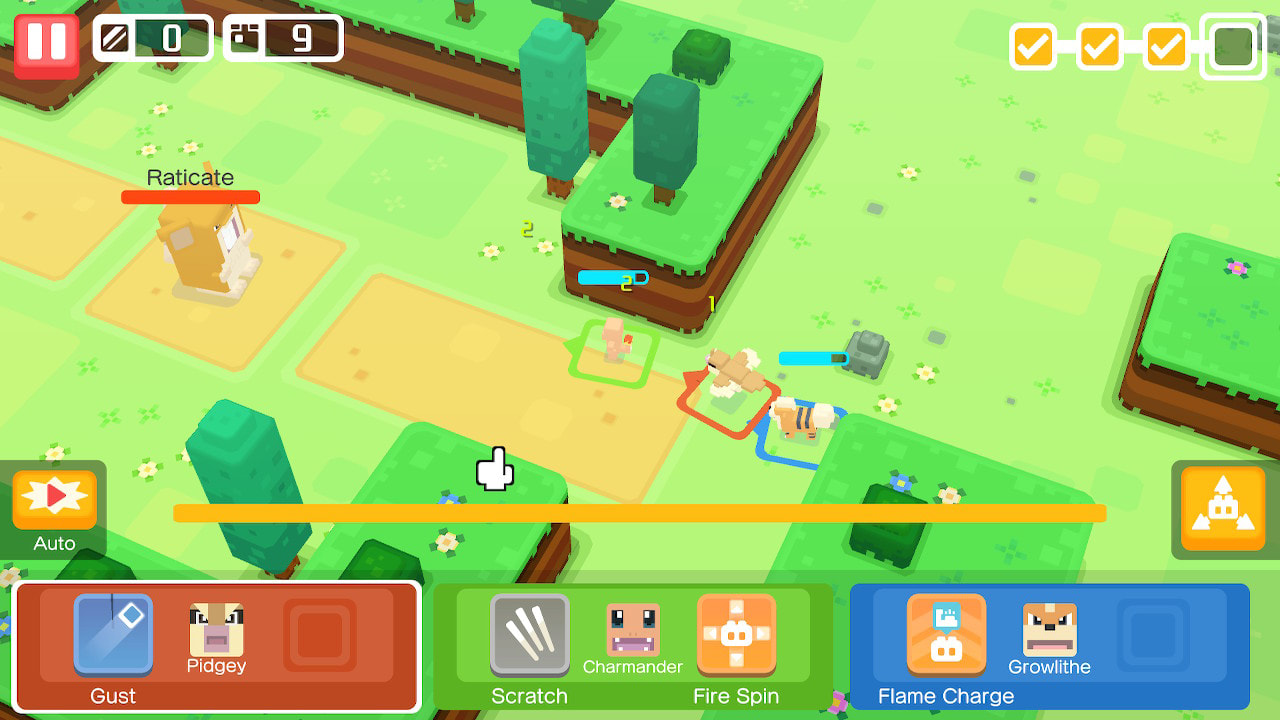
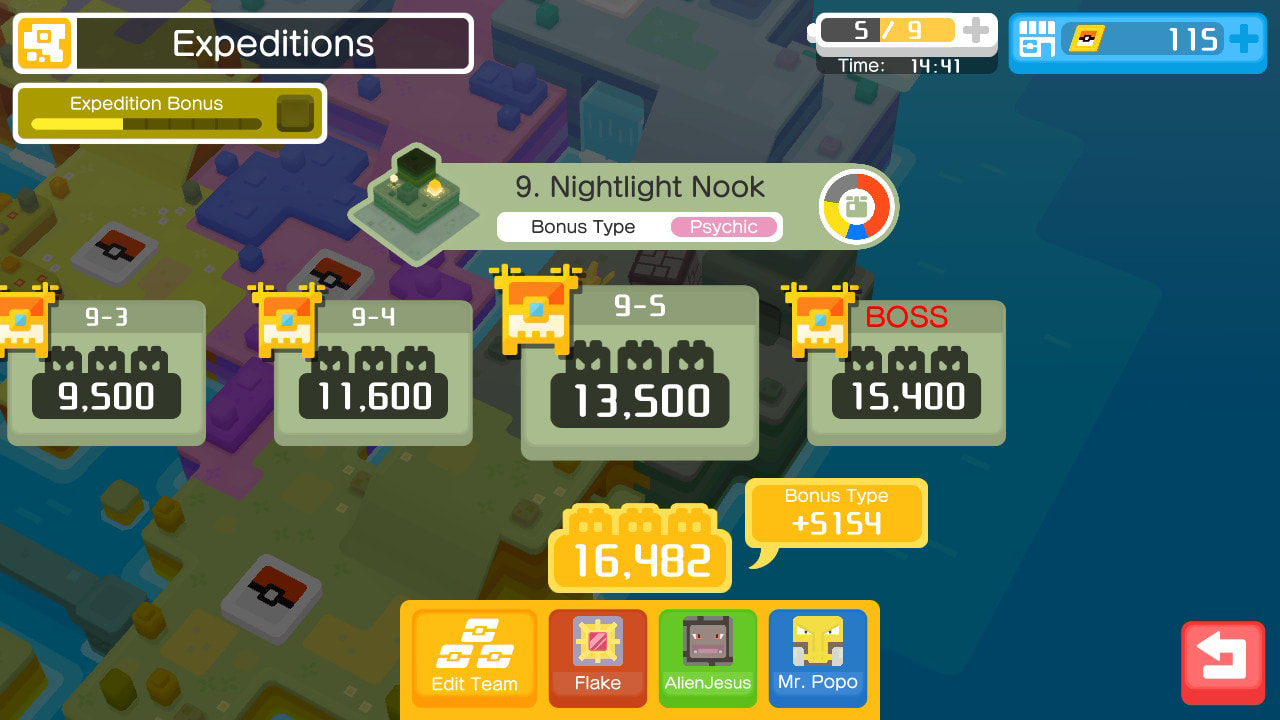
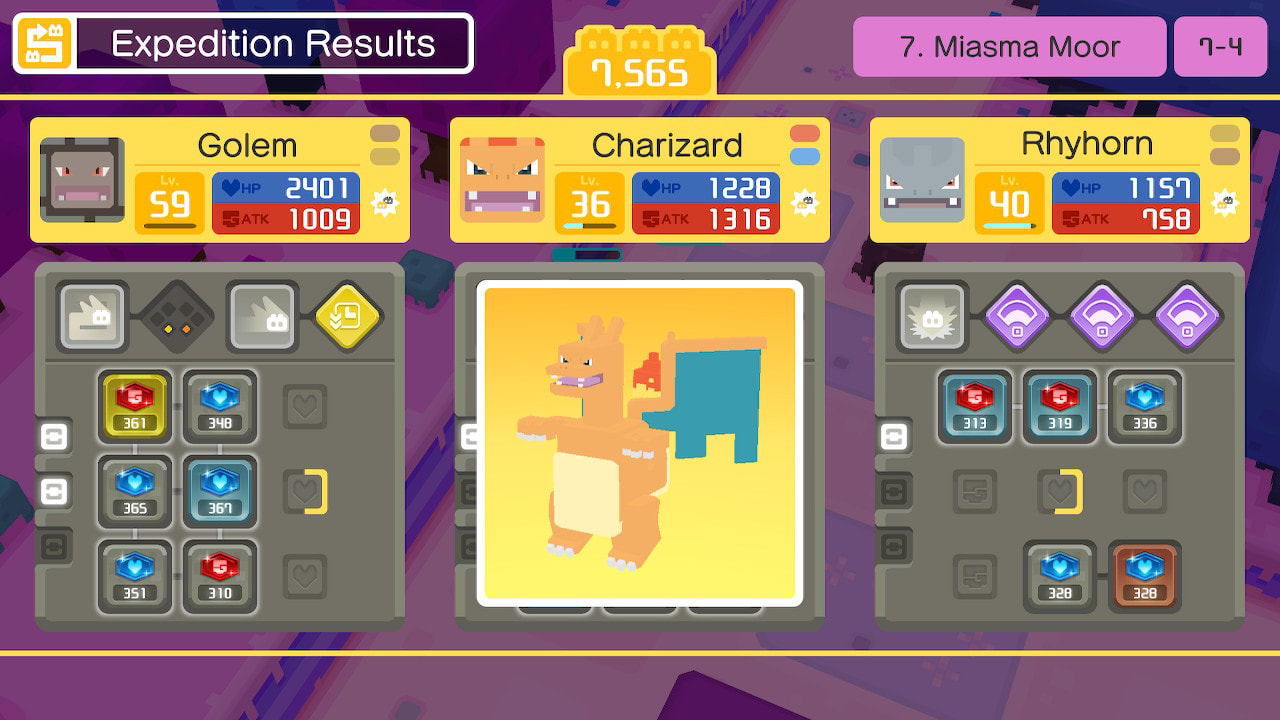
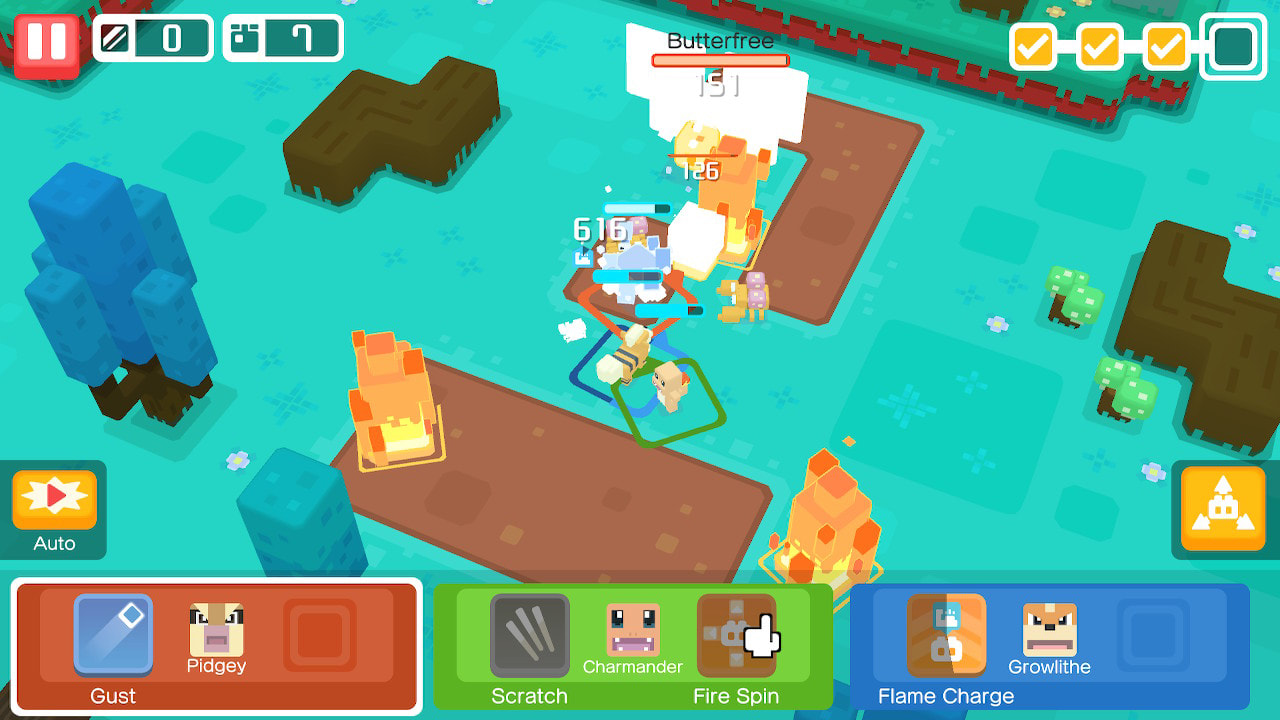
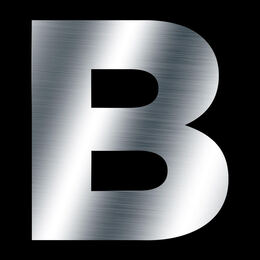

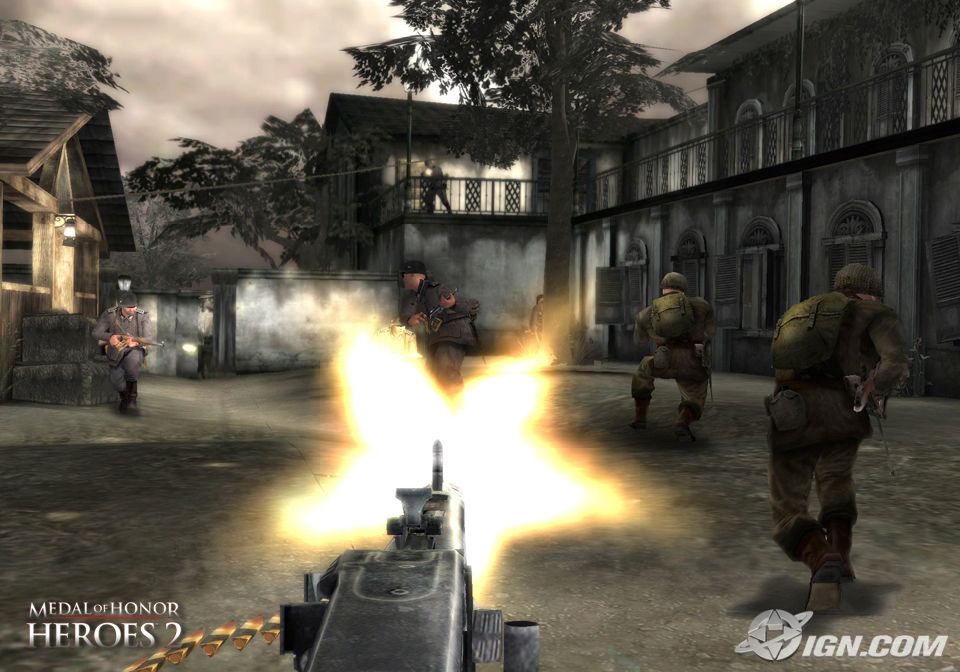
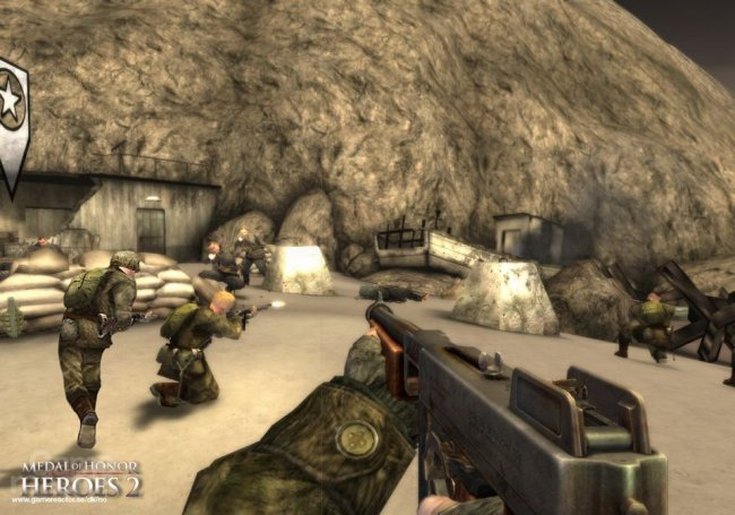
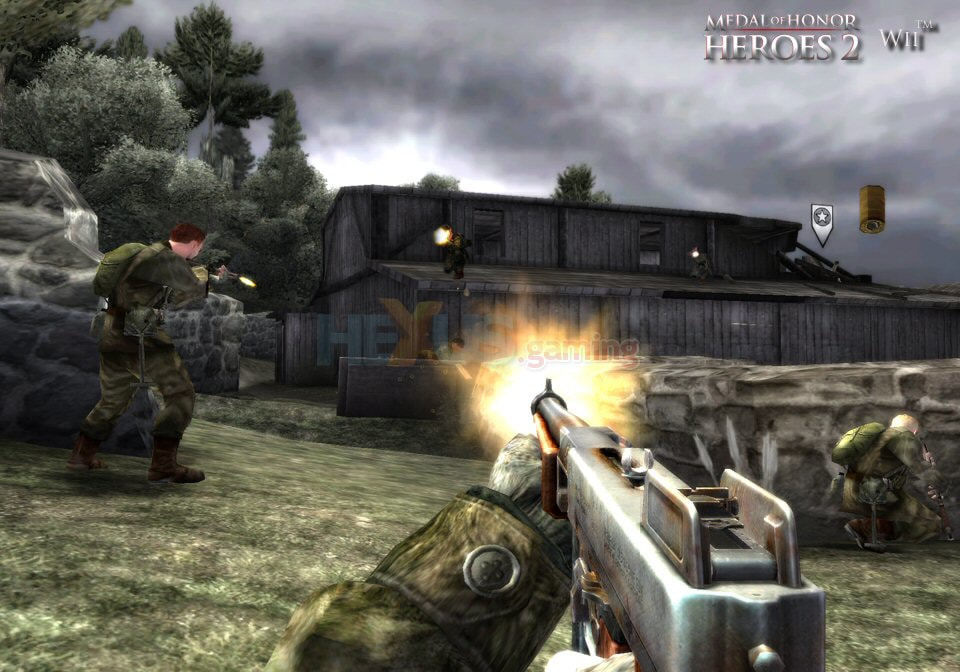
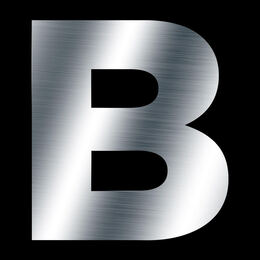
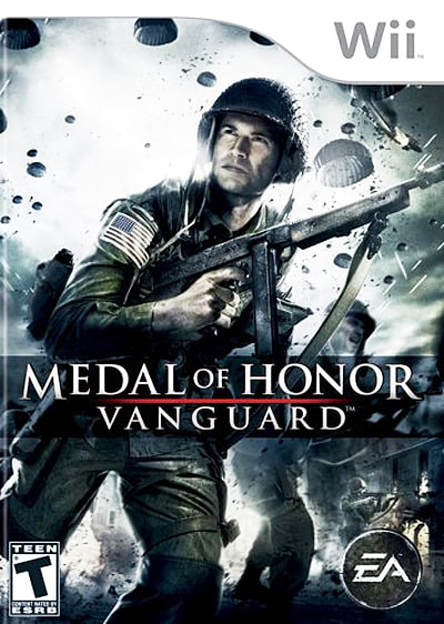
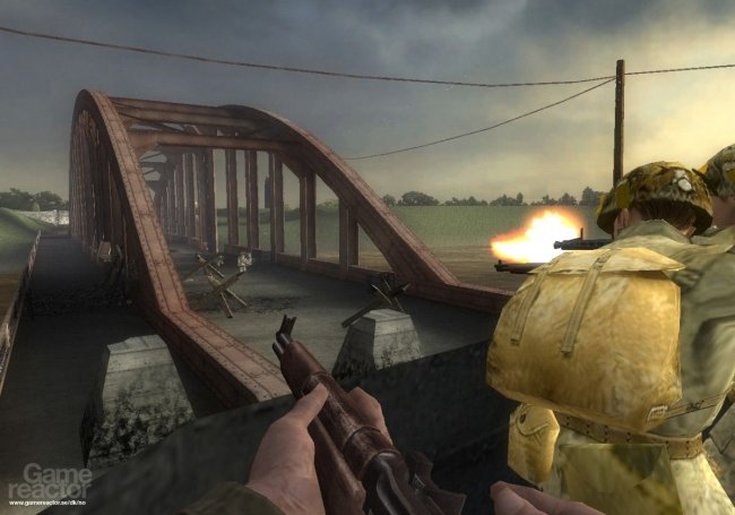
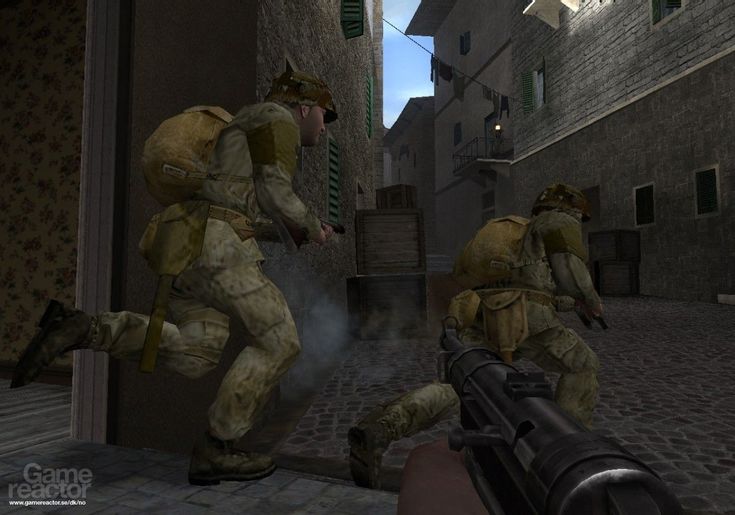
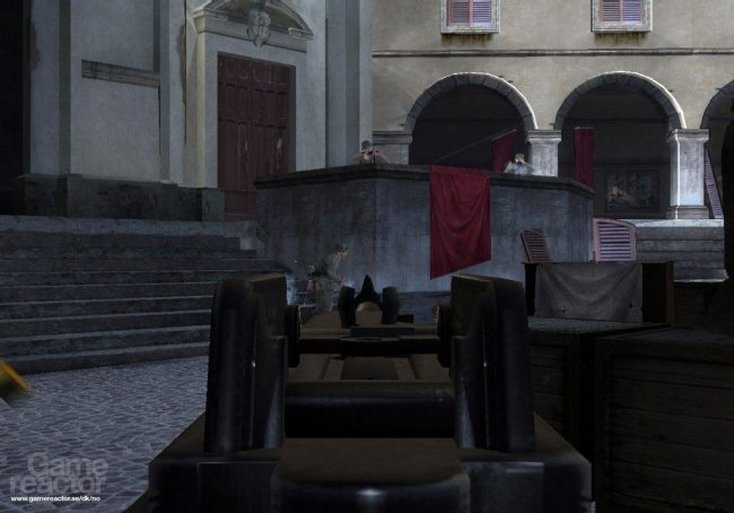
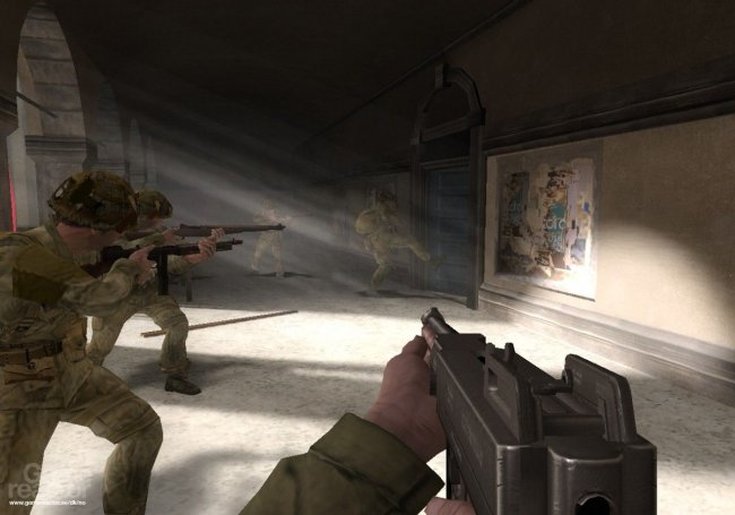
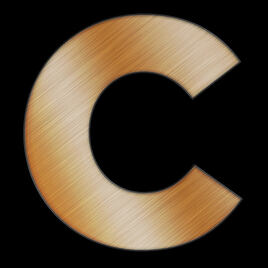
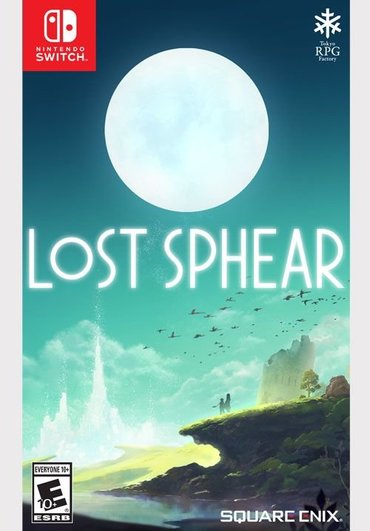
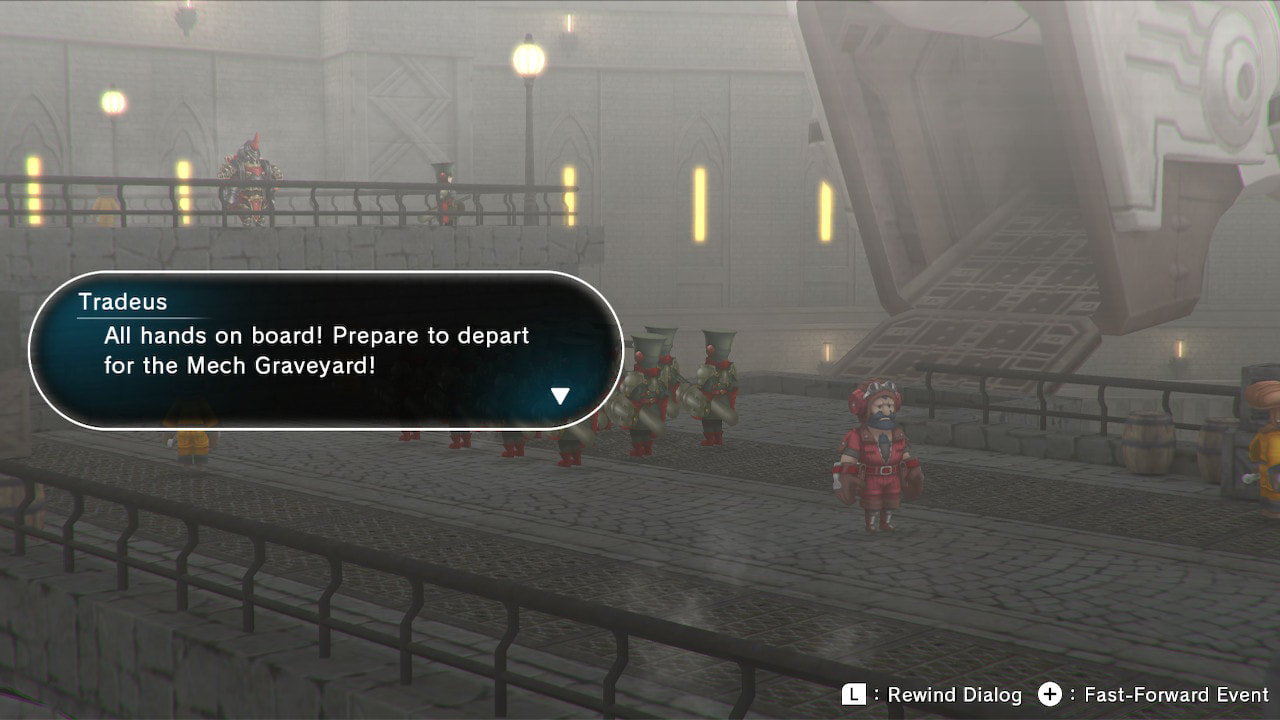
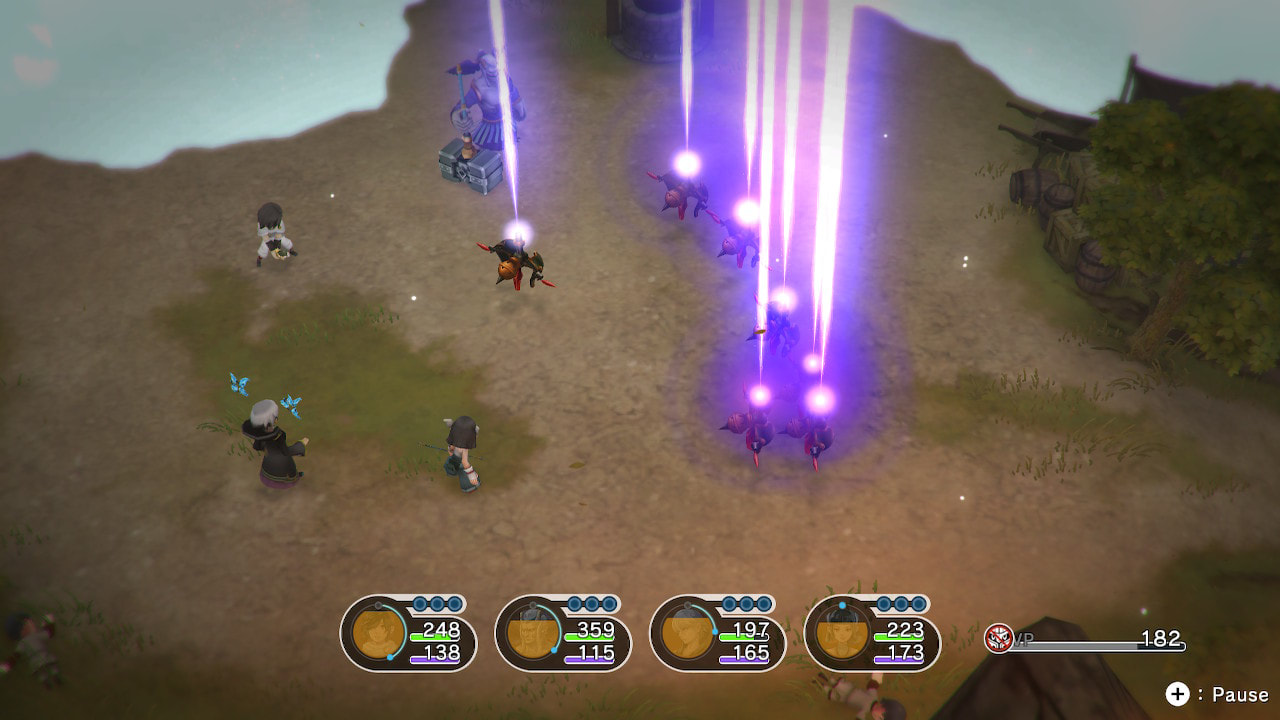
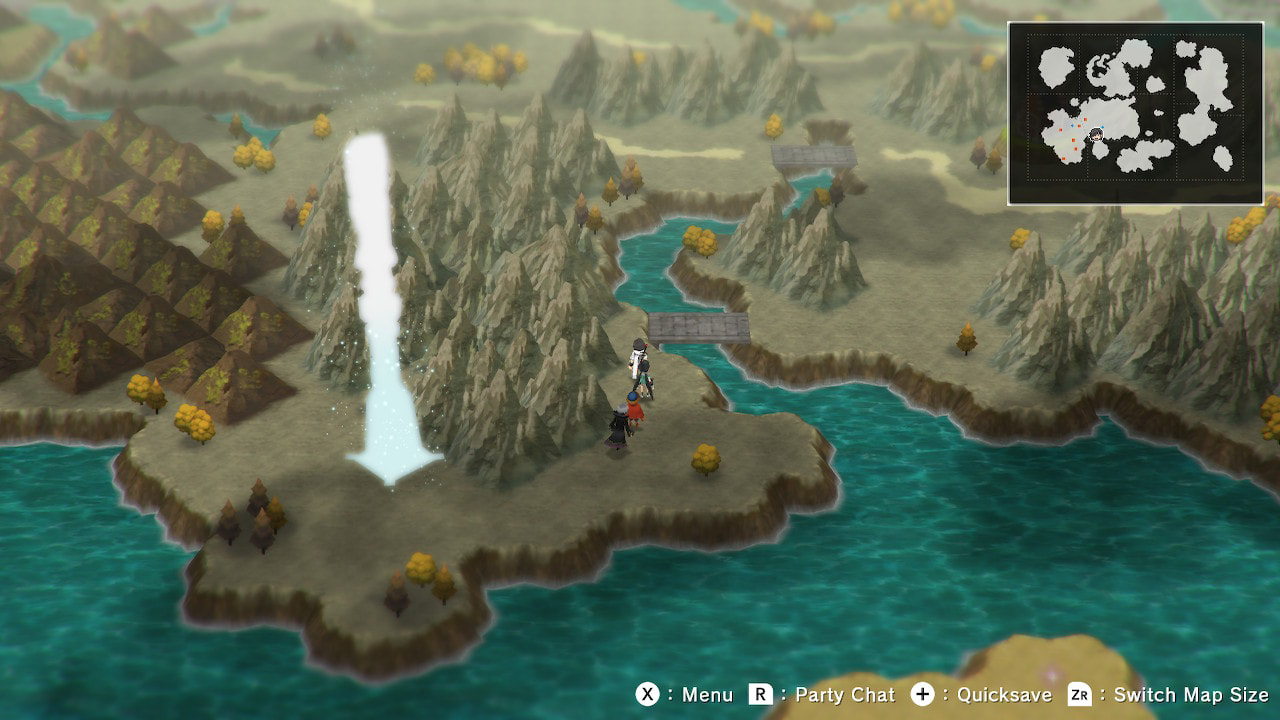

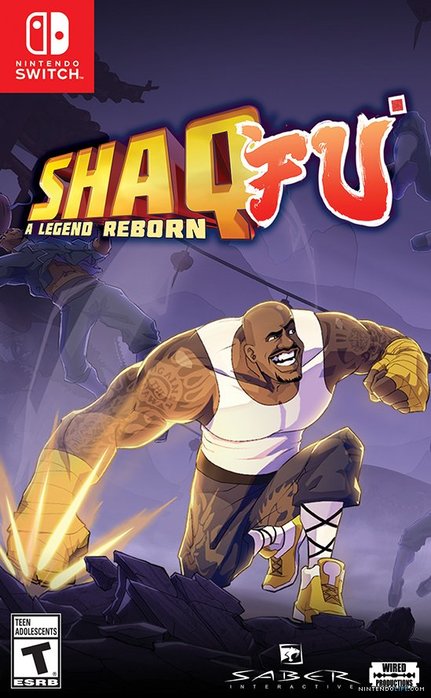
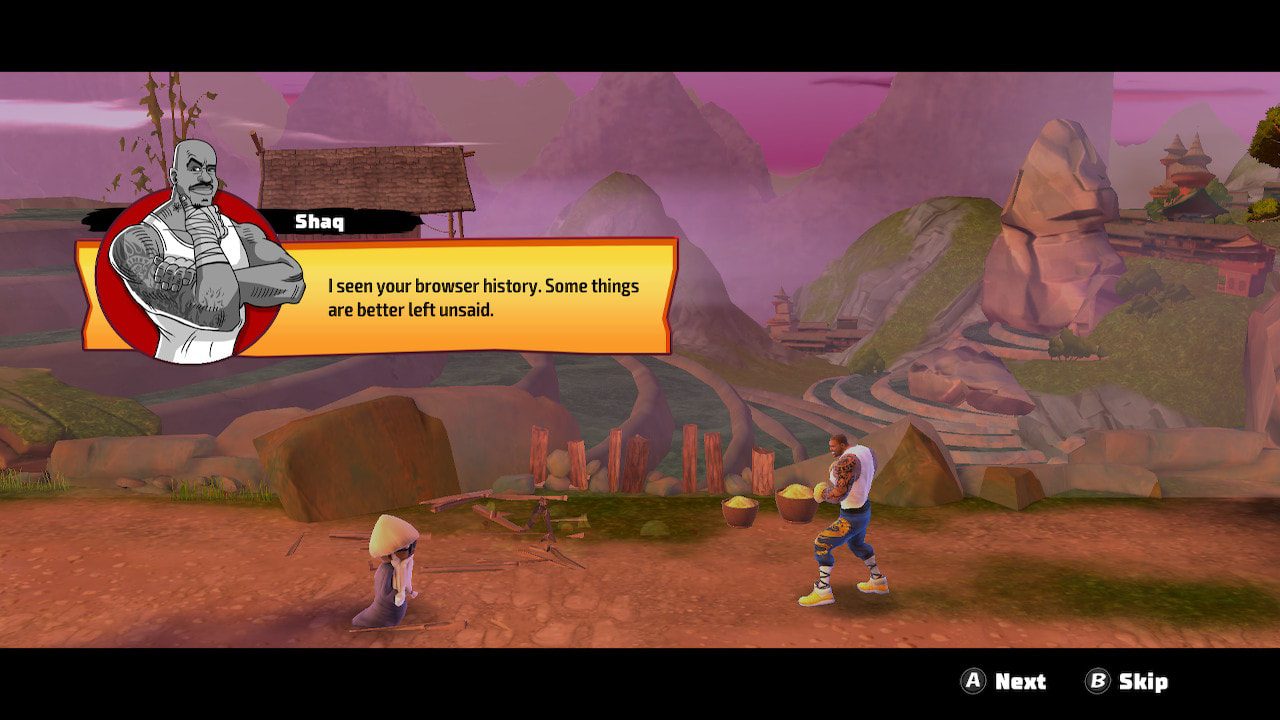
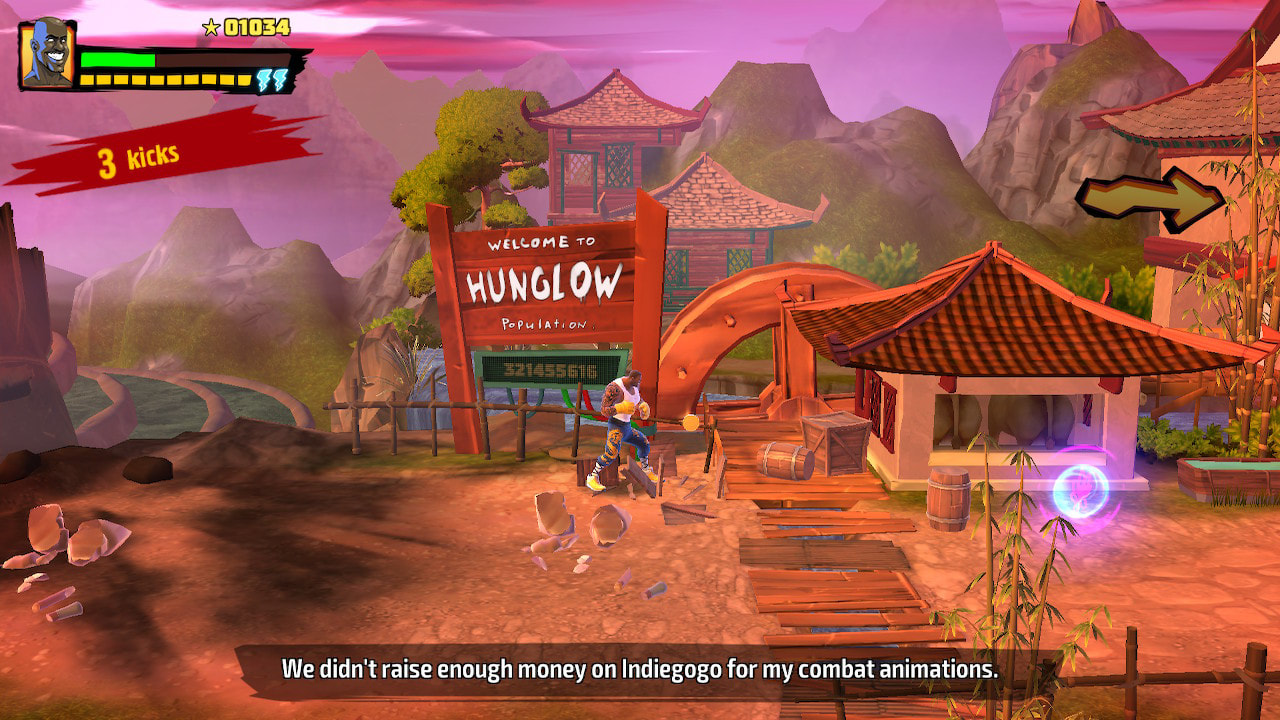
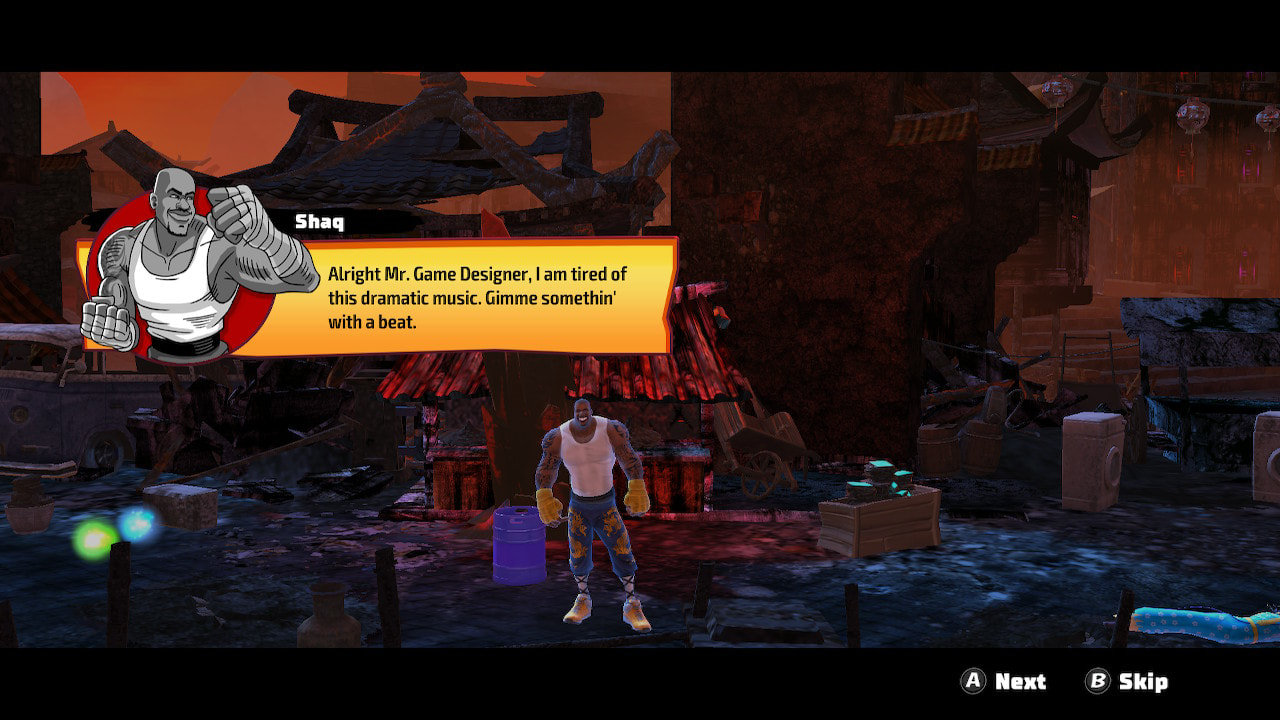
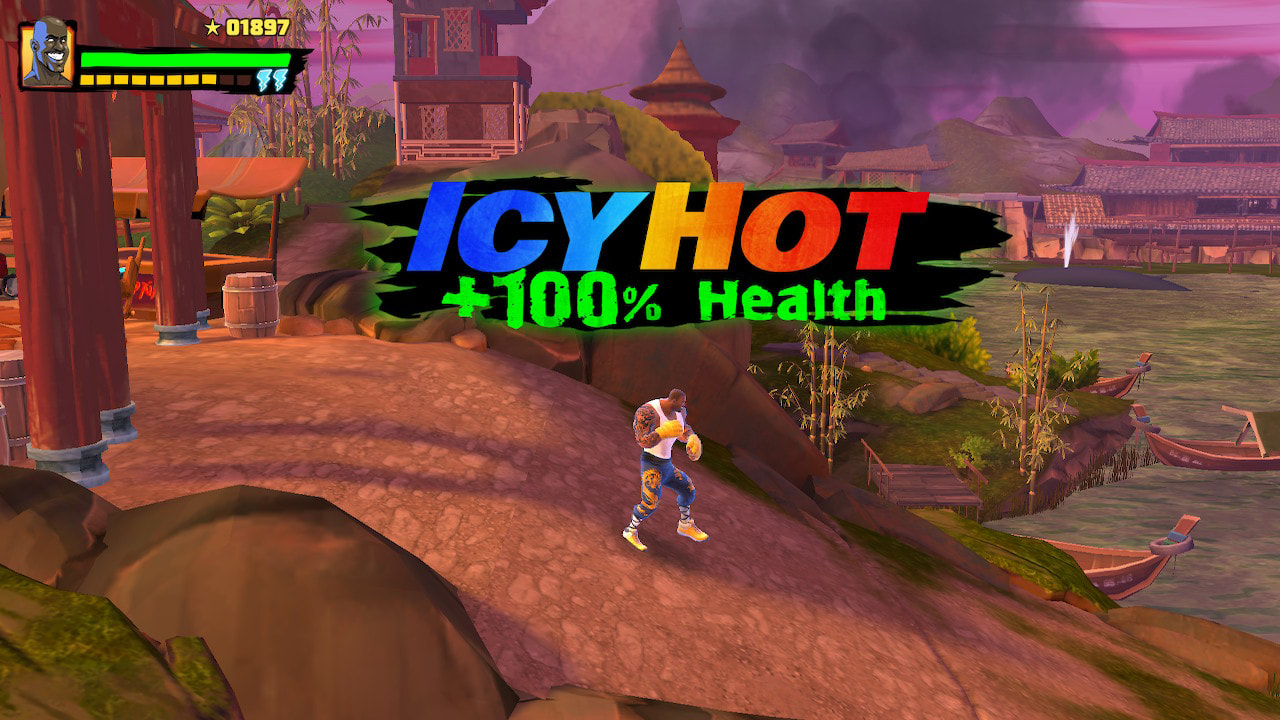
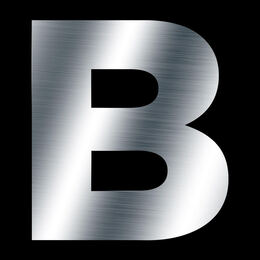
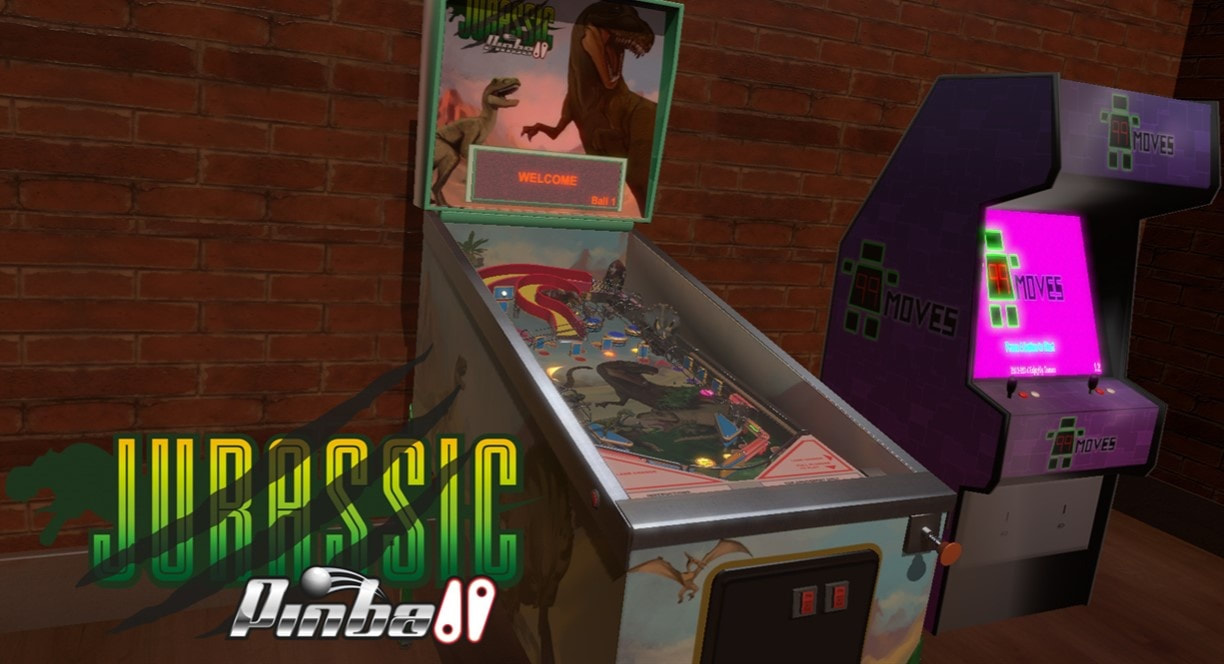
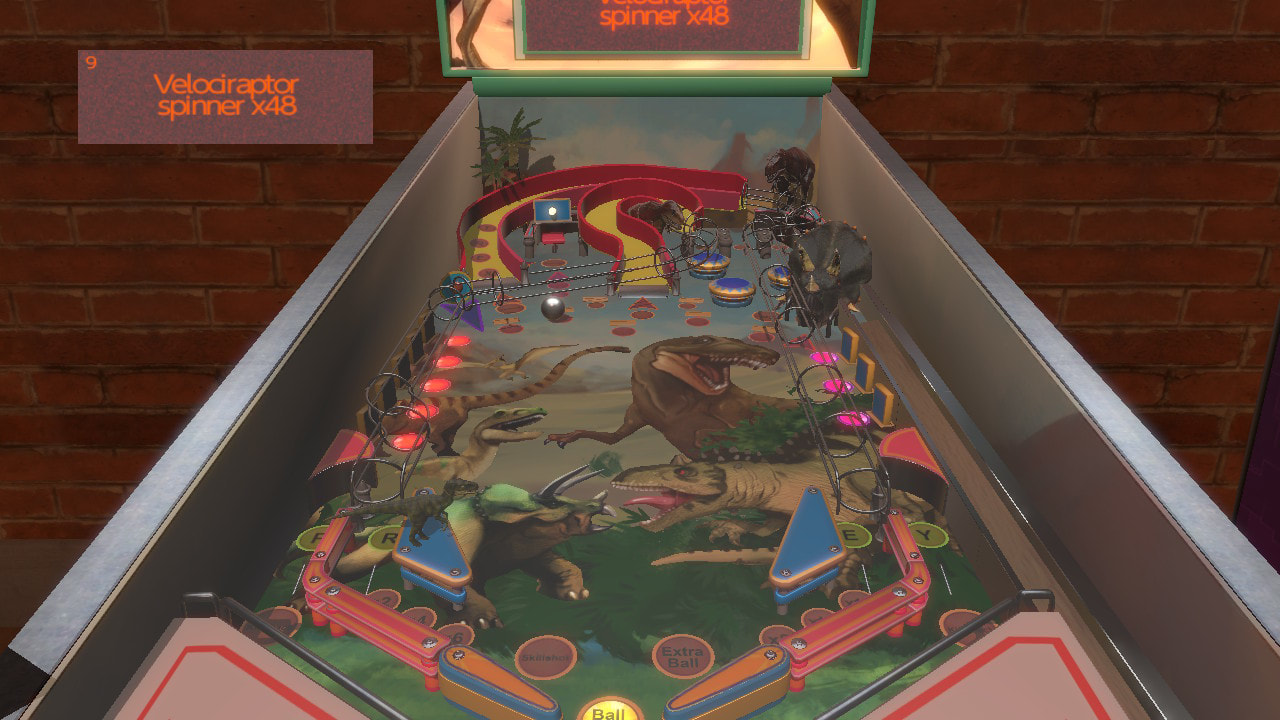
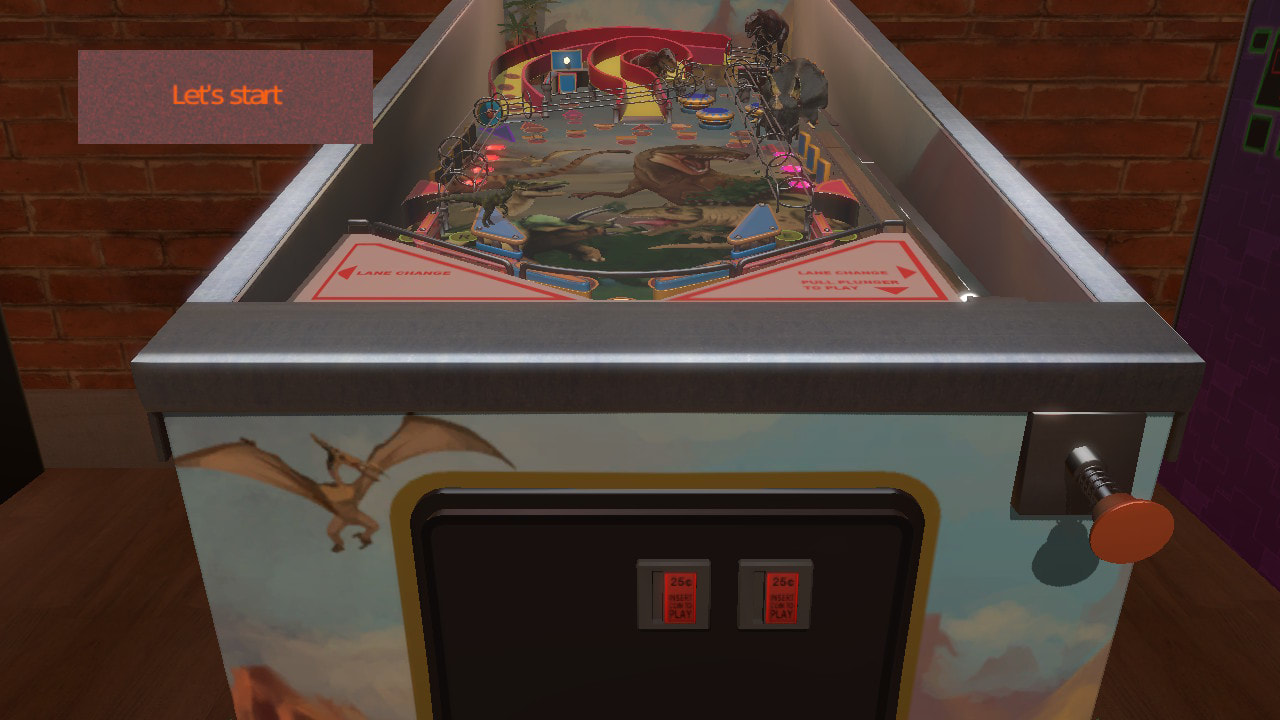
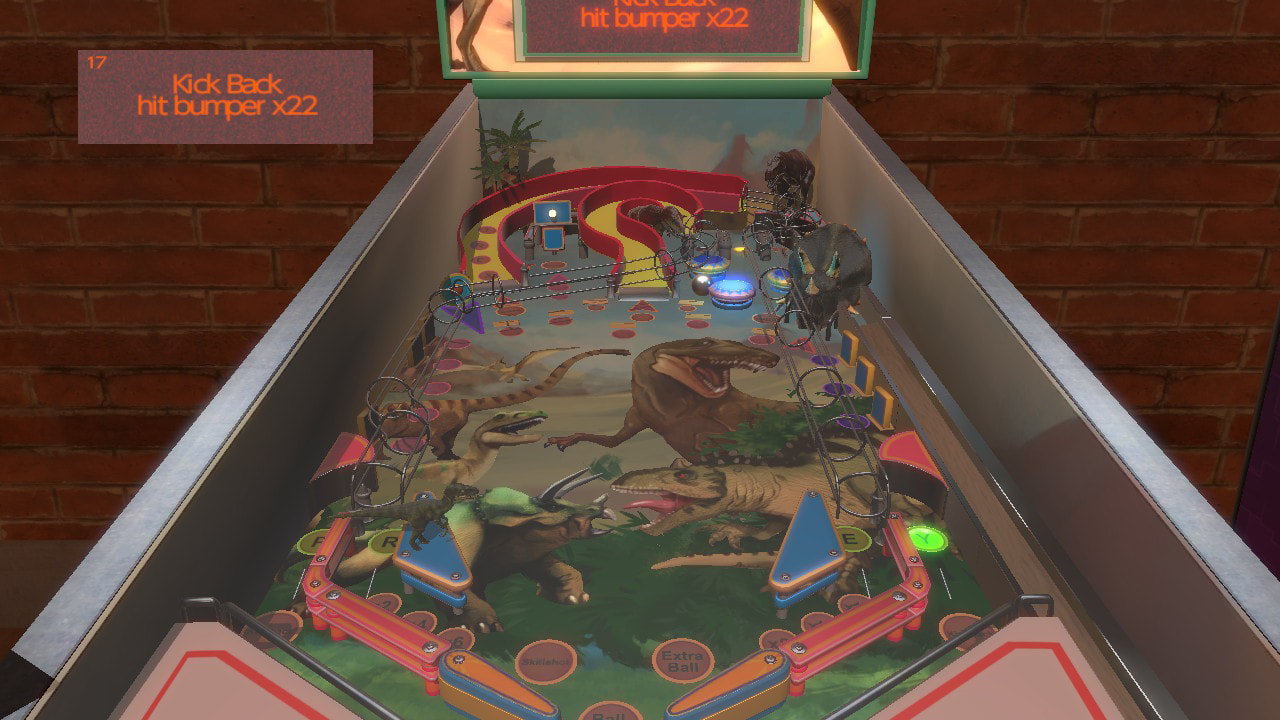
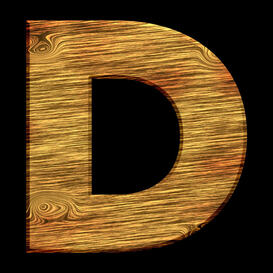
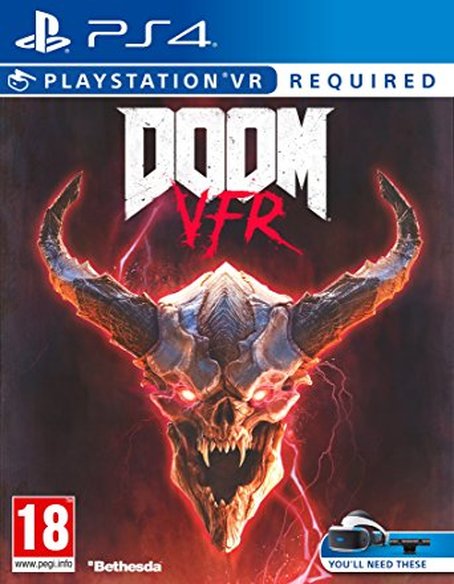
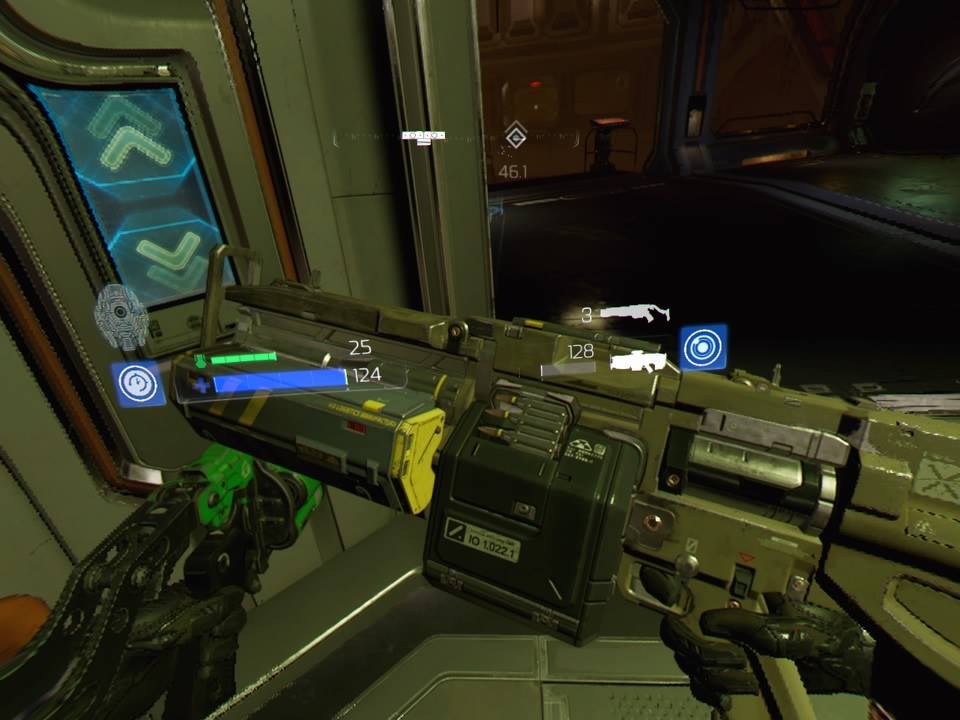
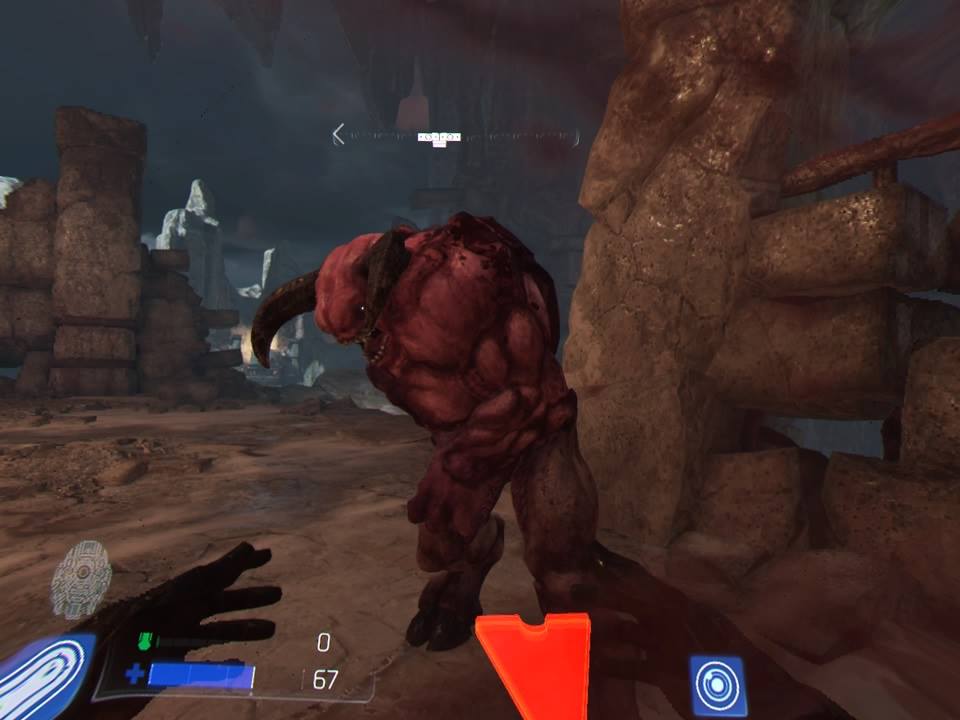
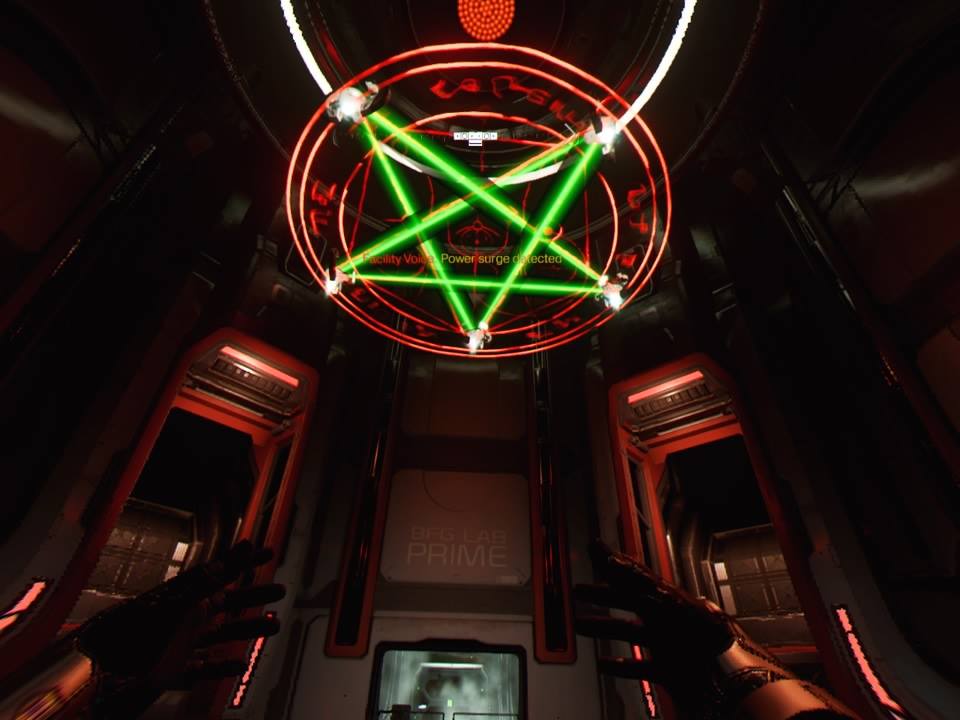
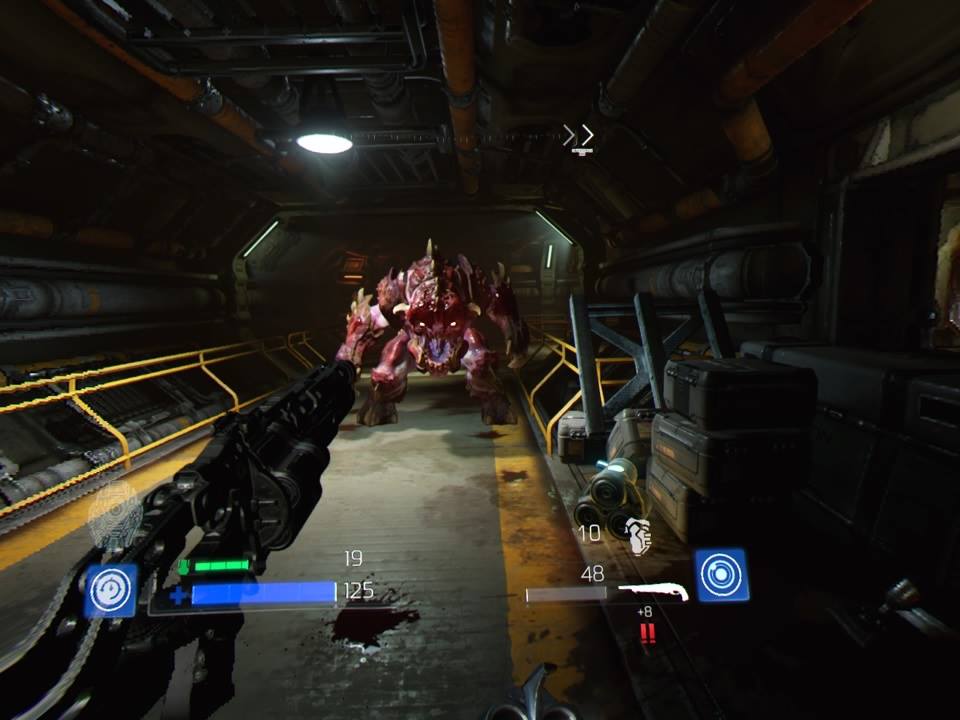

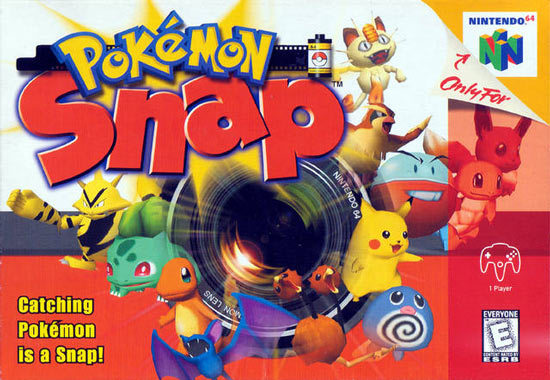
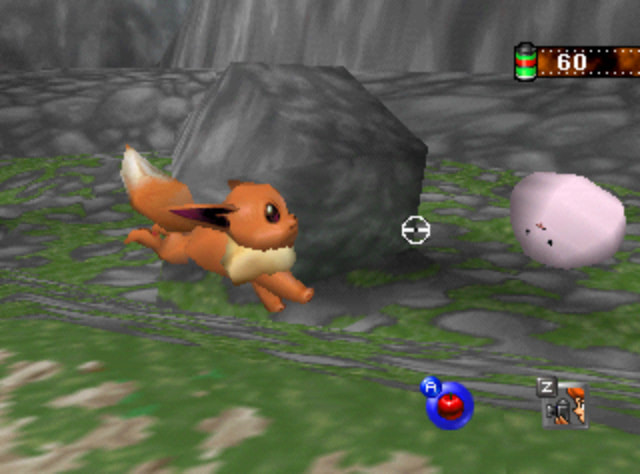
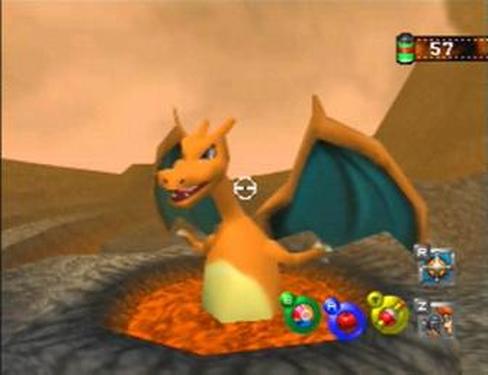
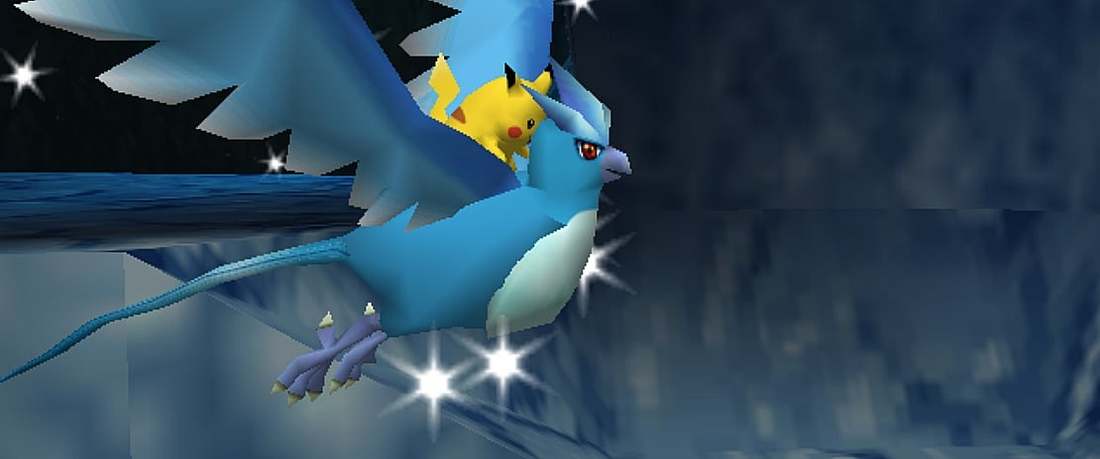

 RSS Feed
RSS Feed
